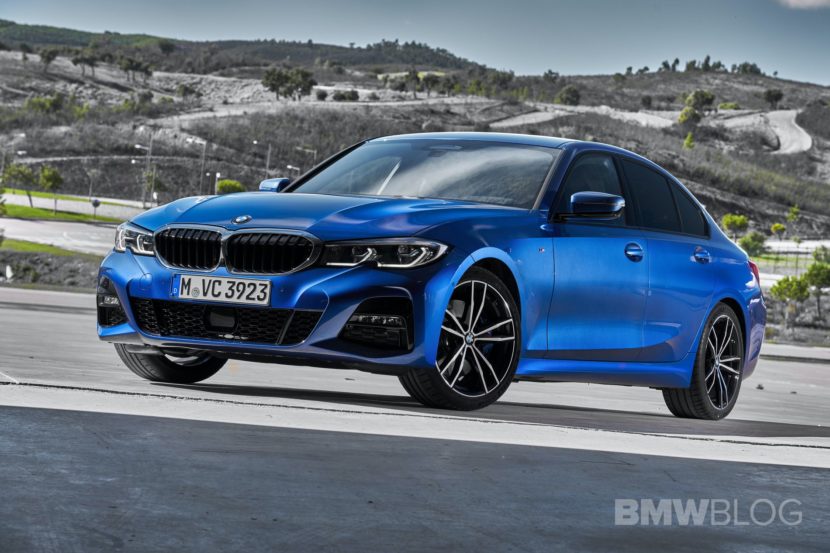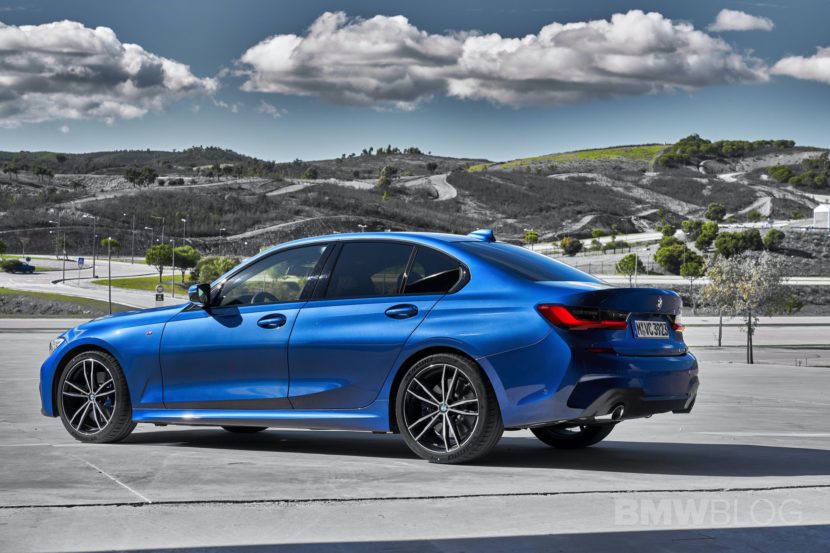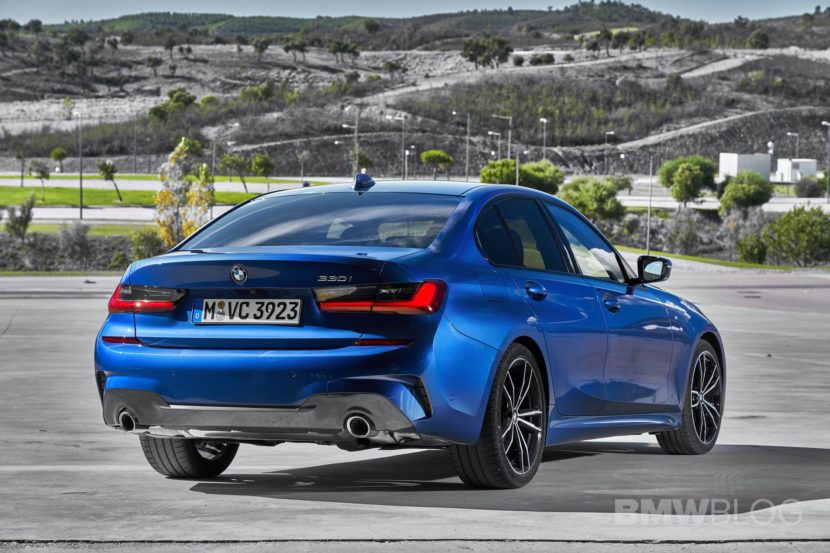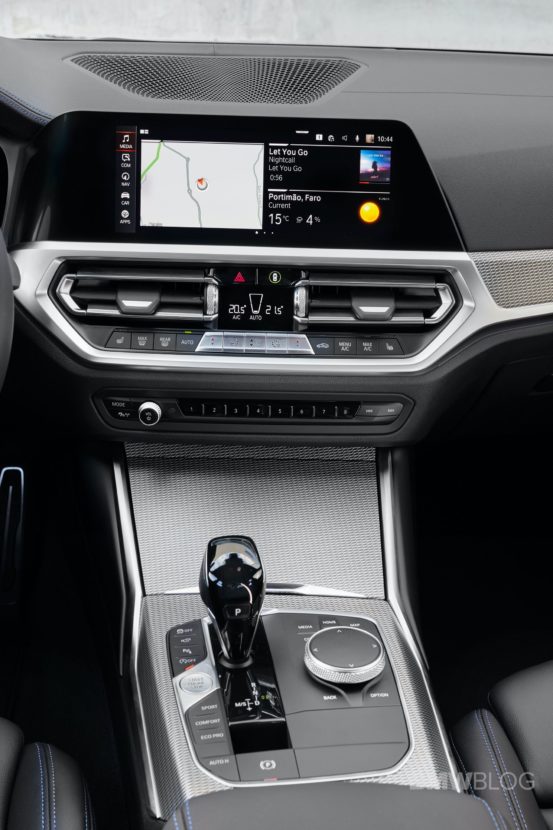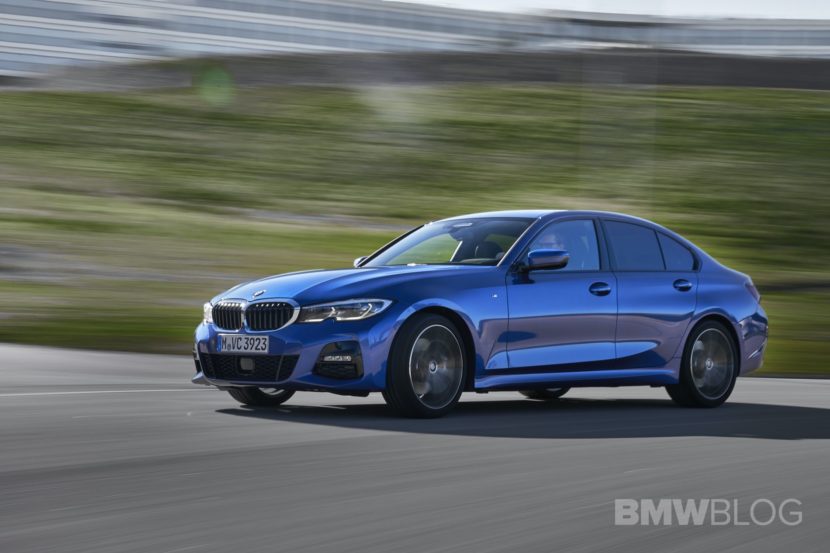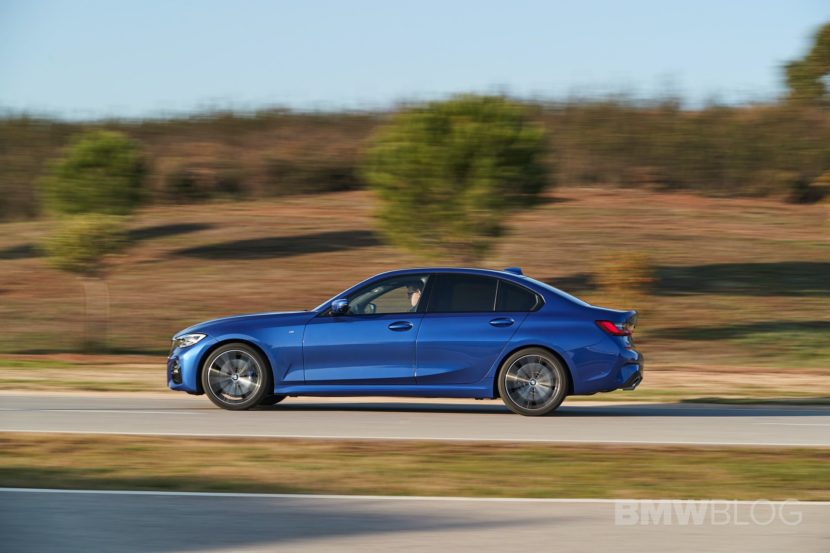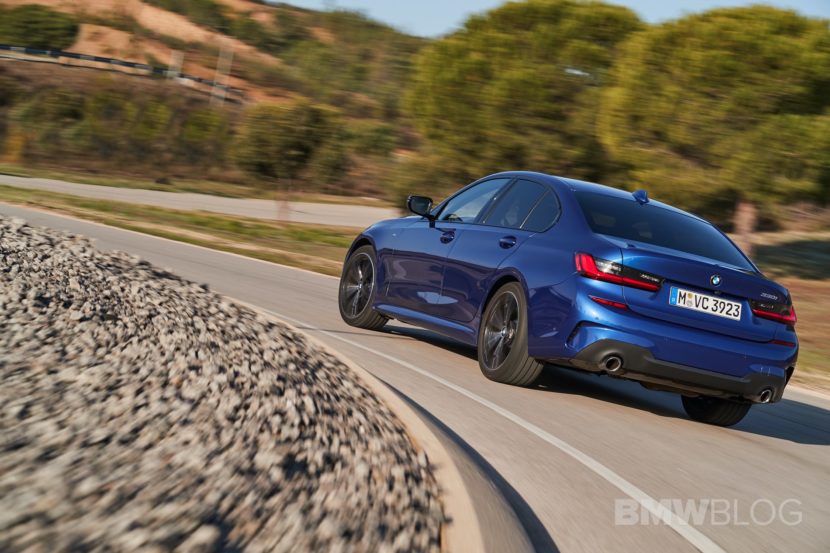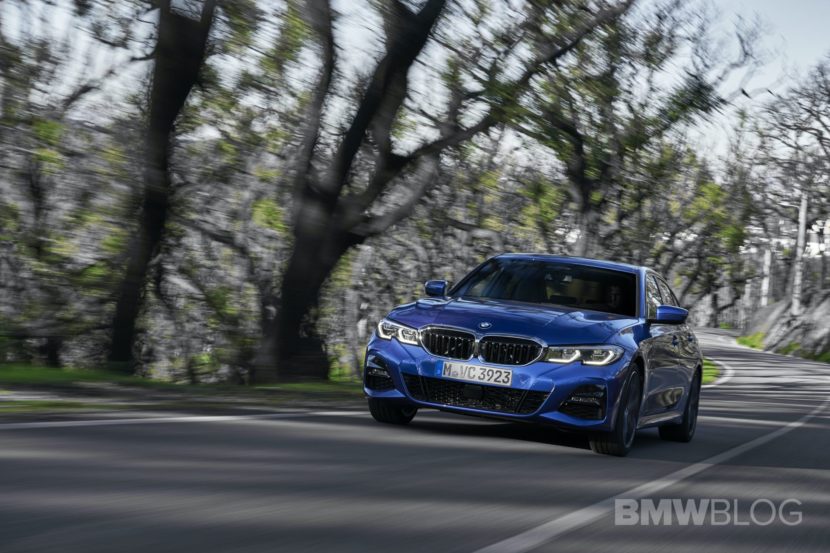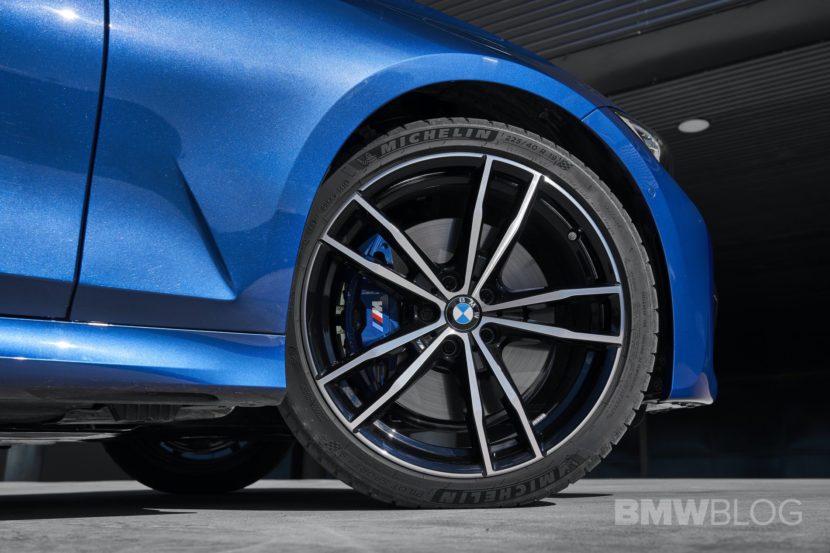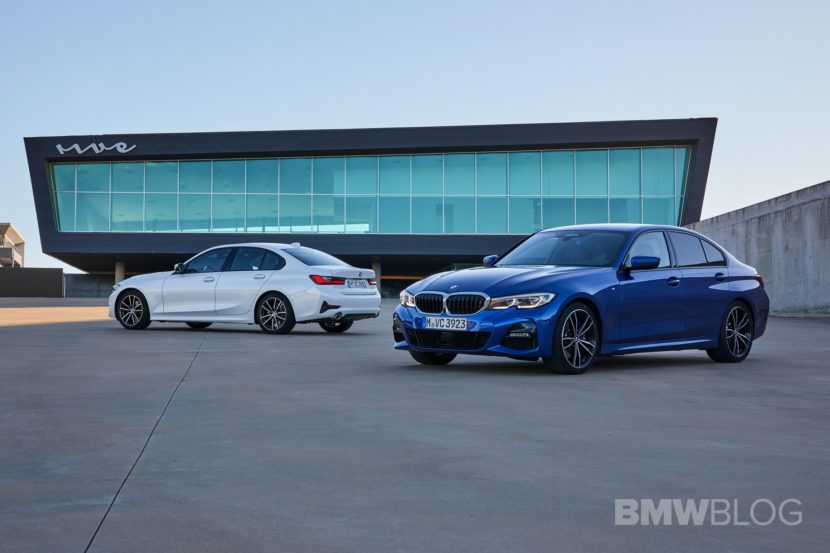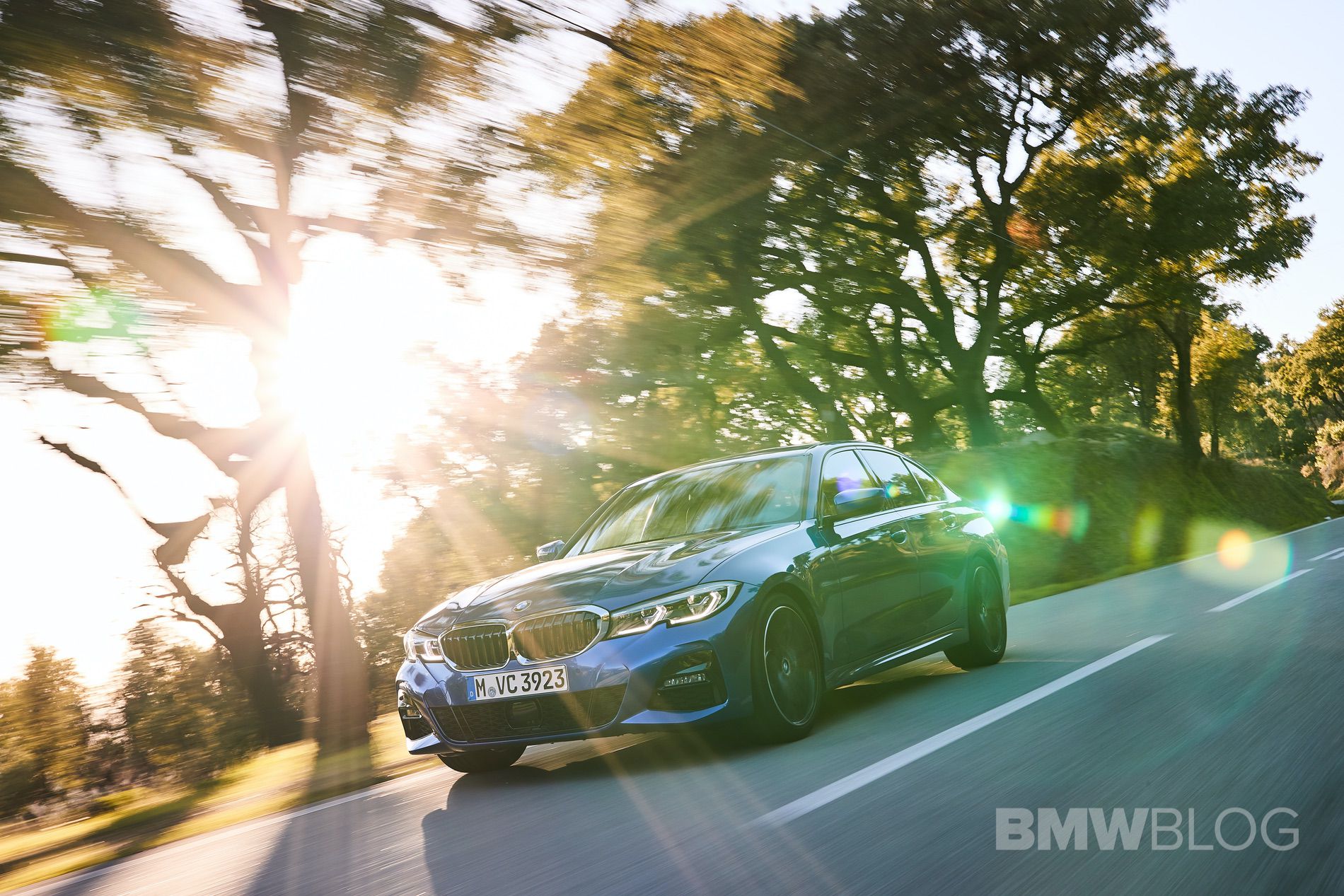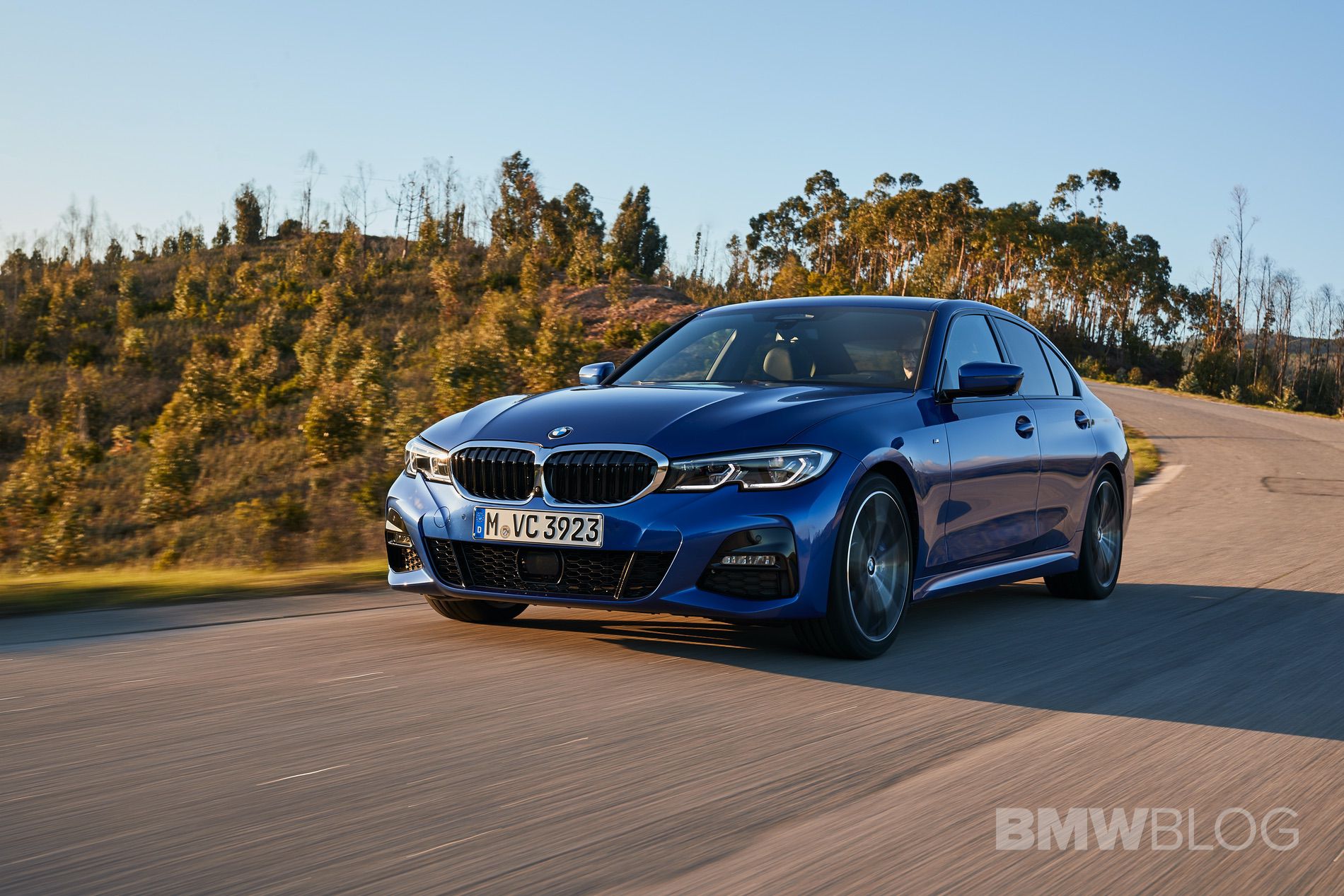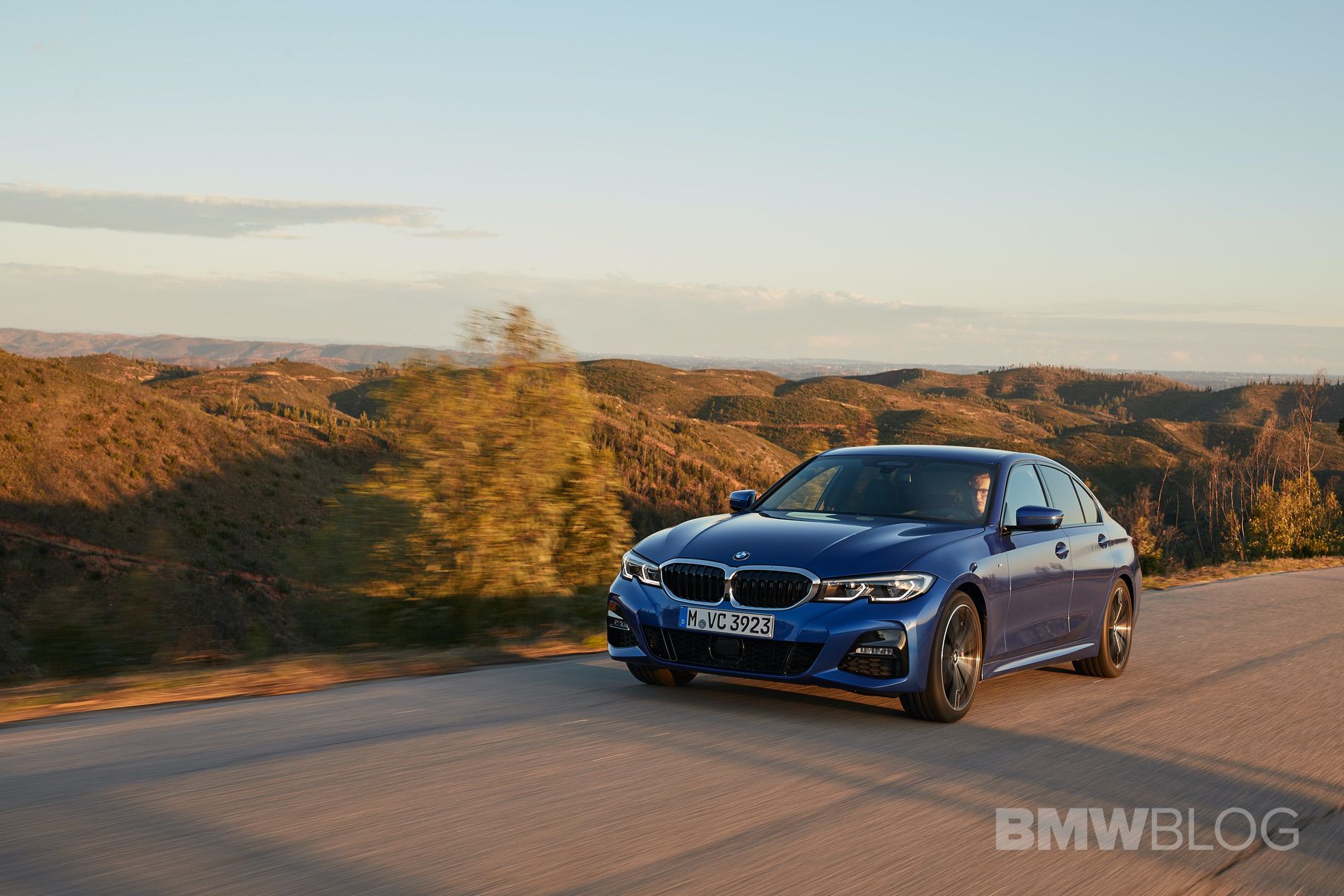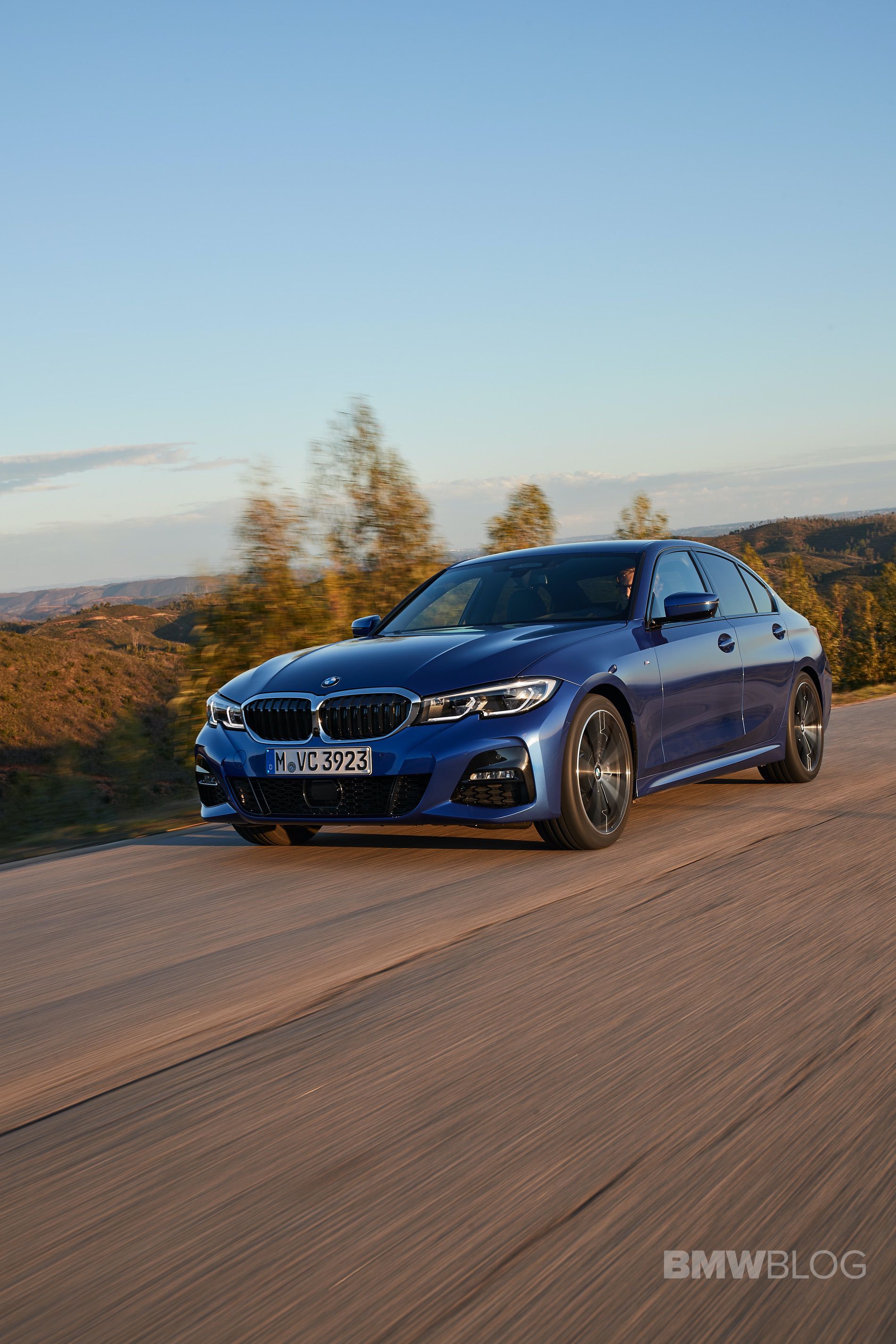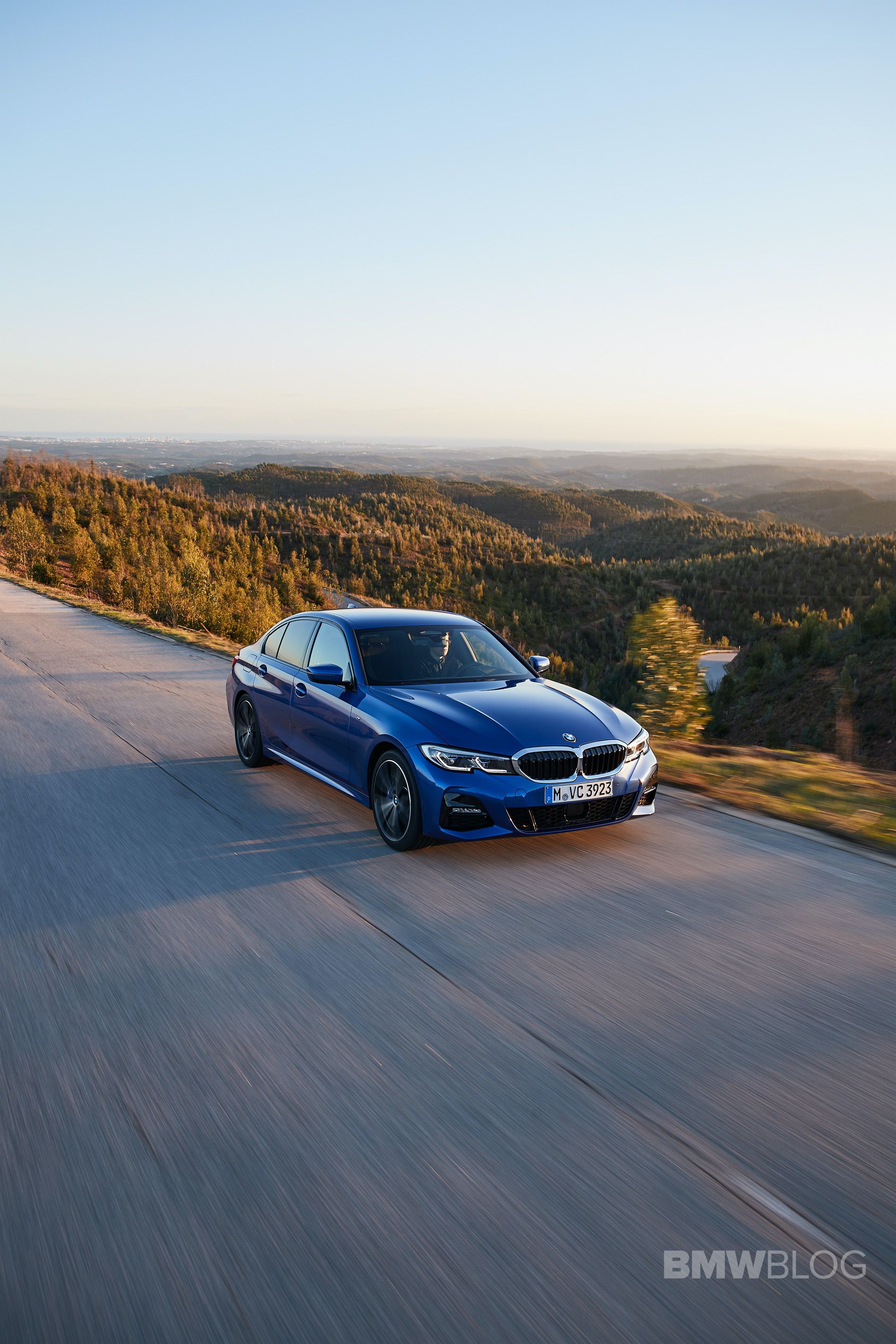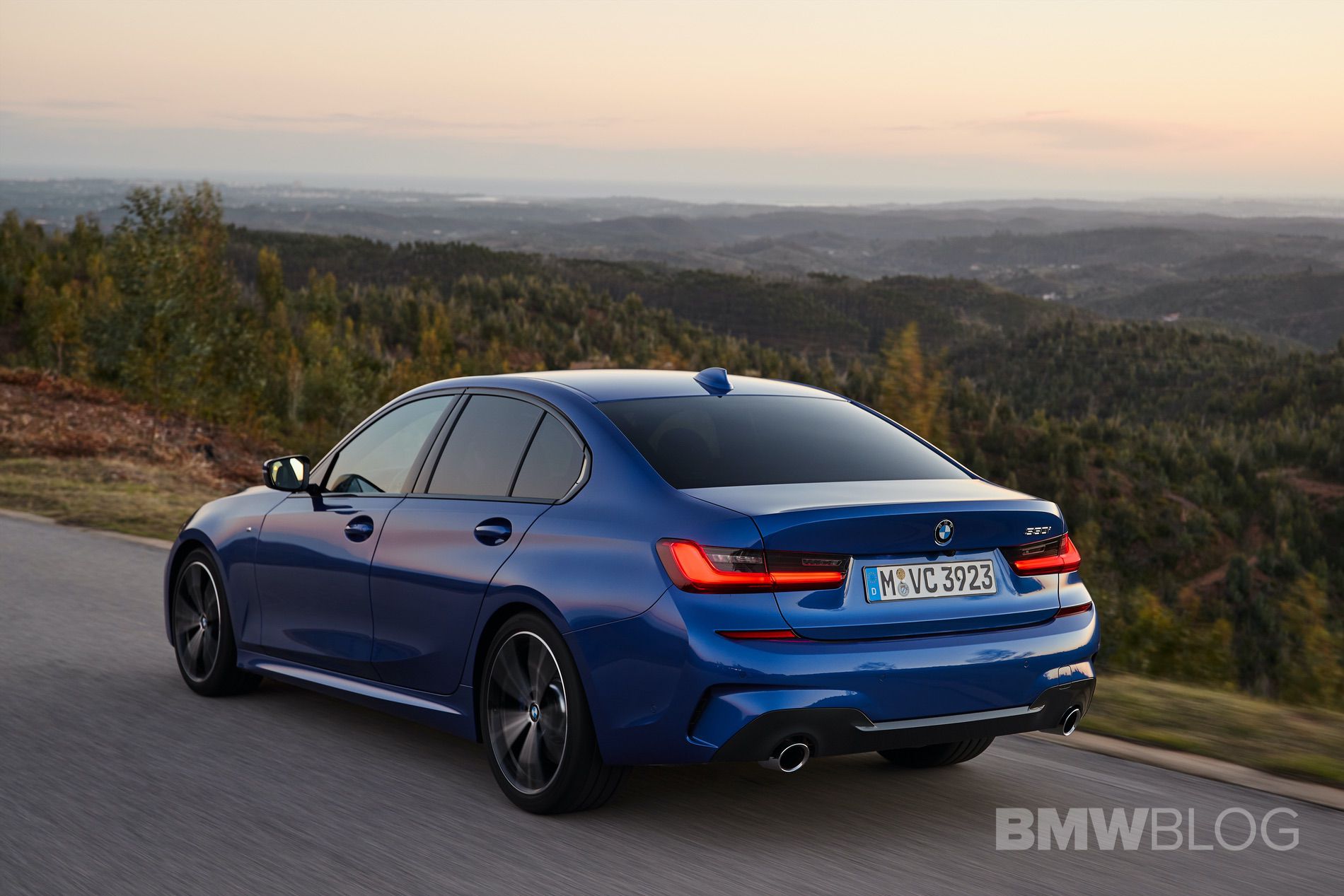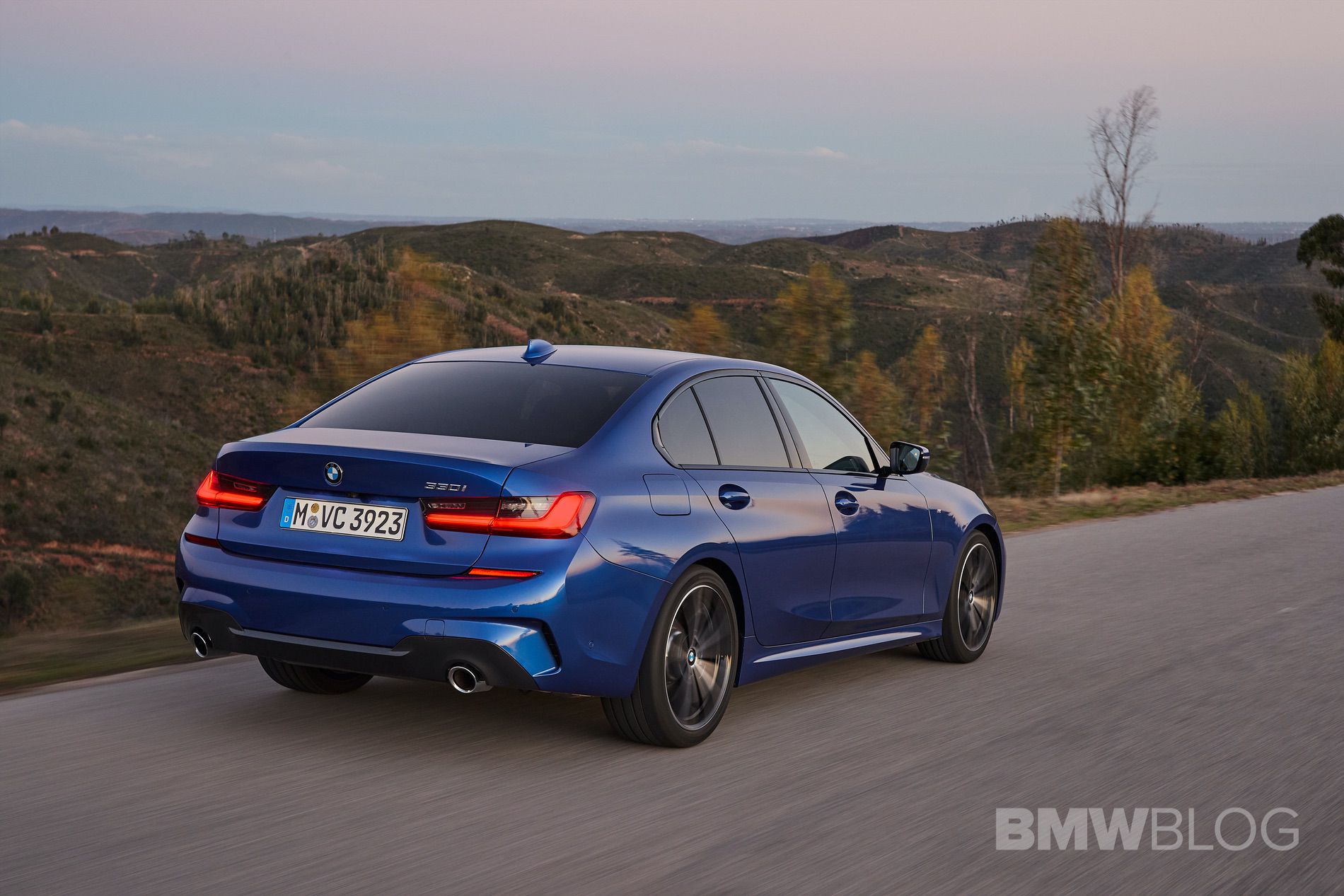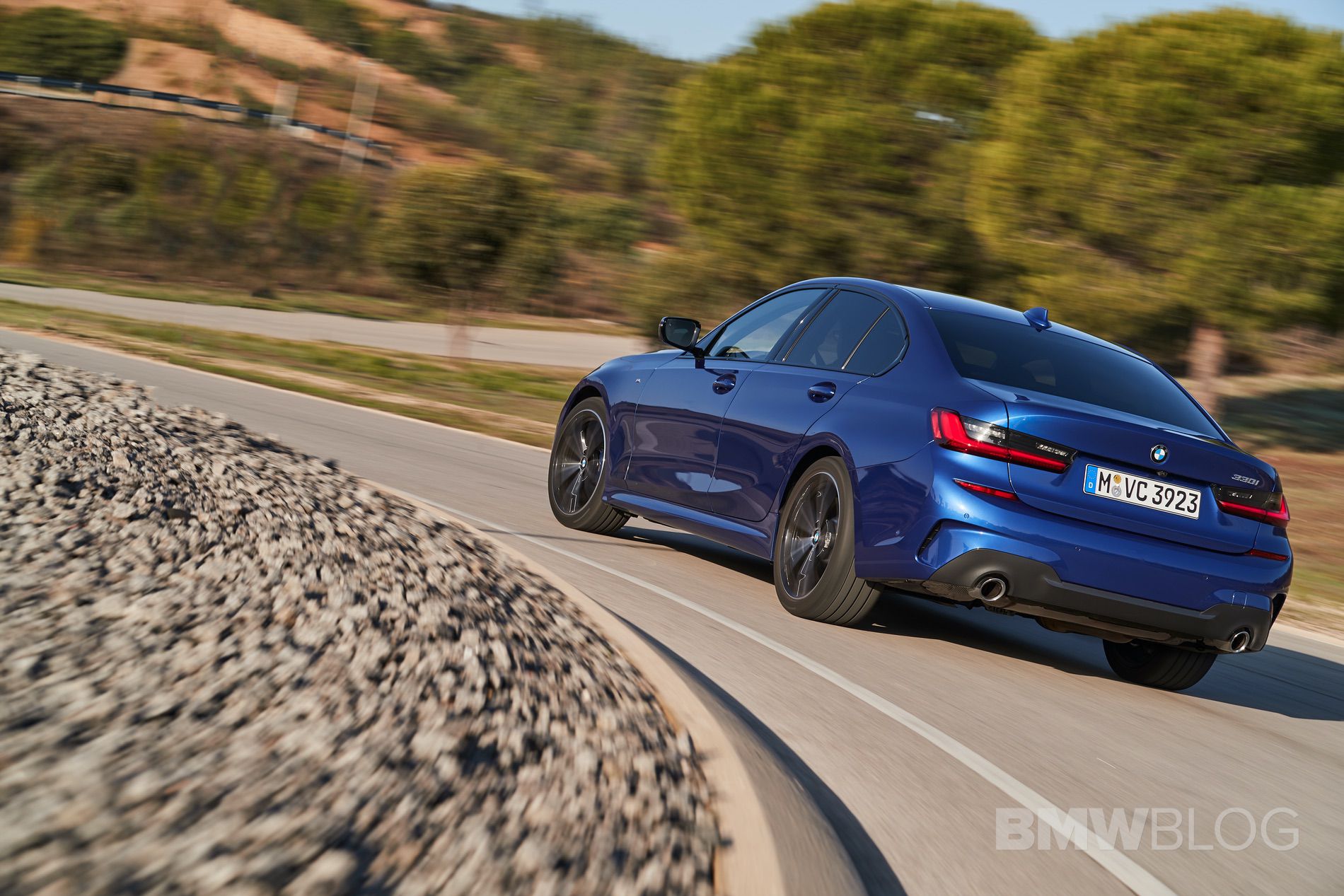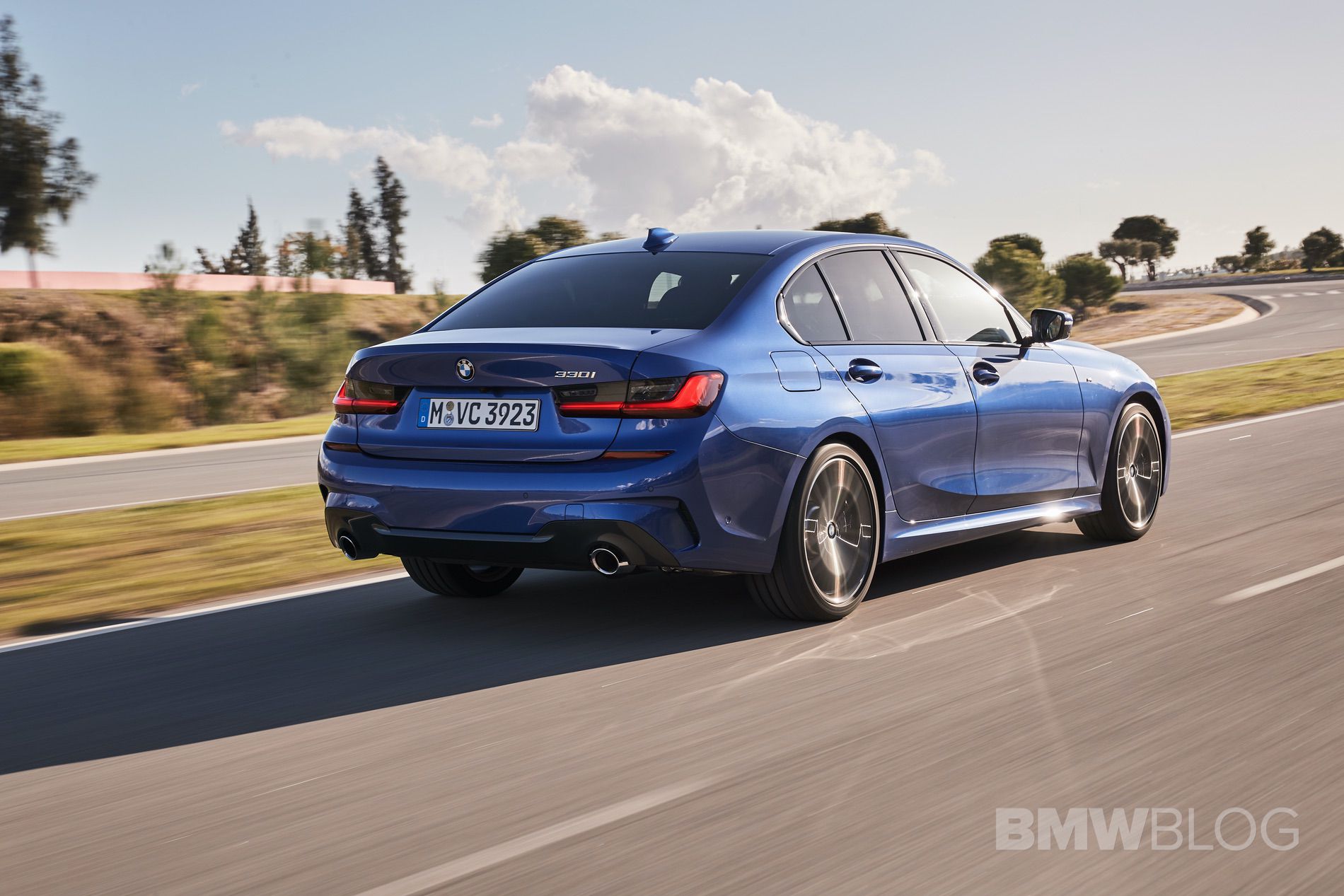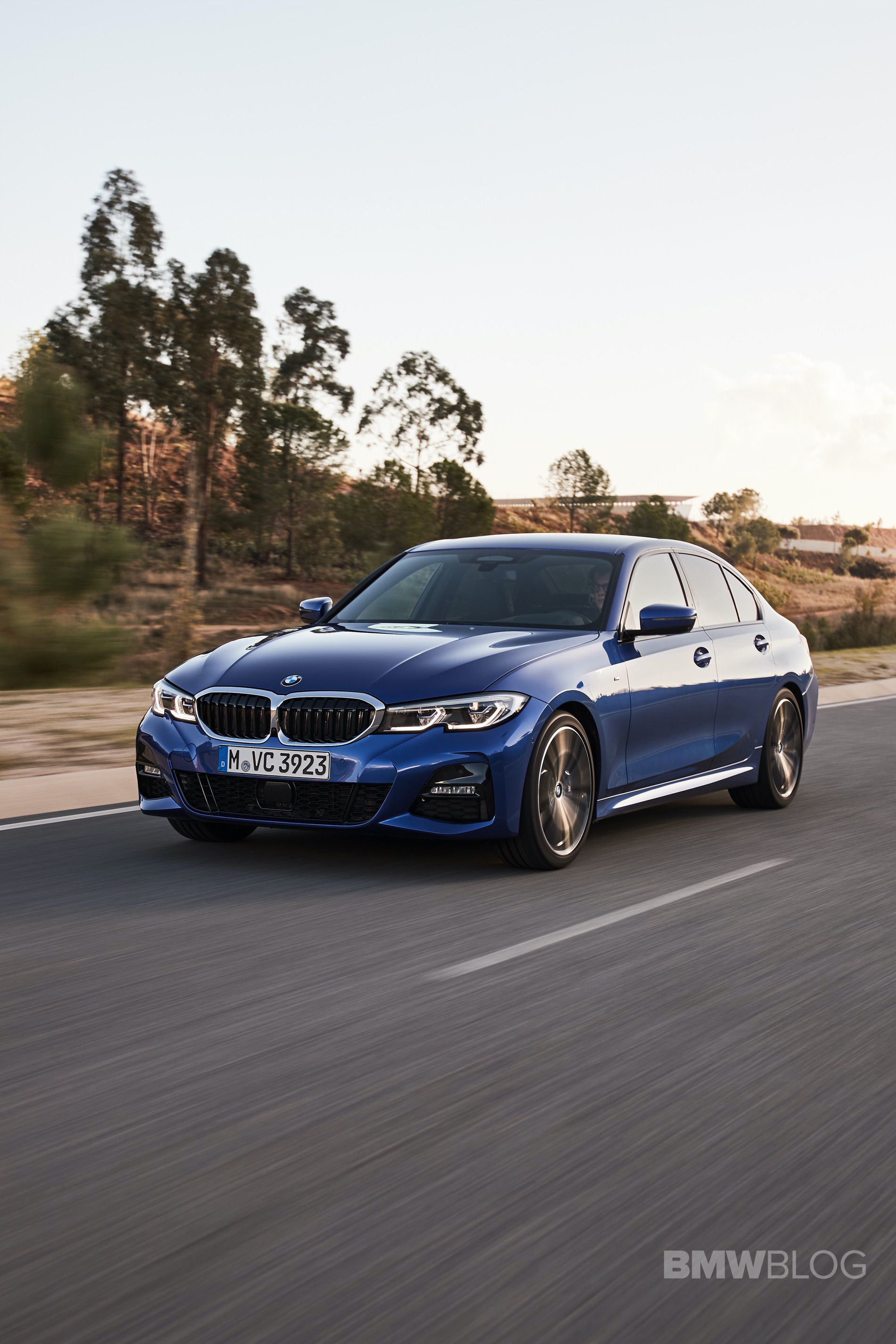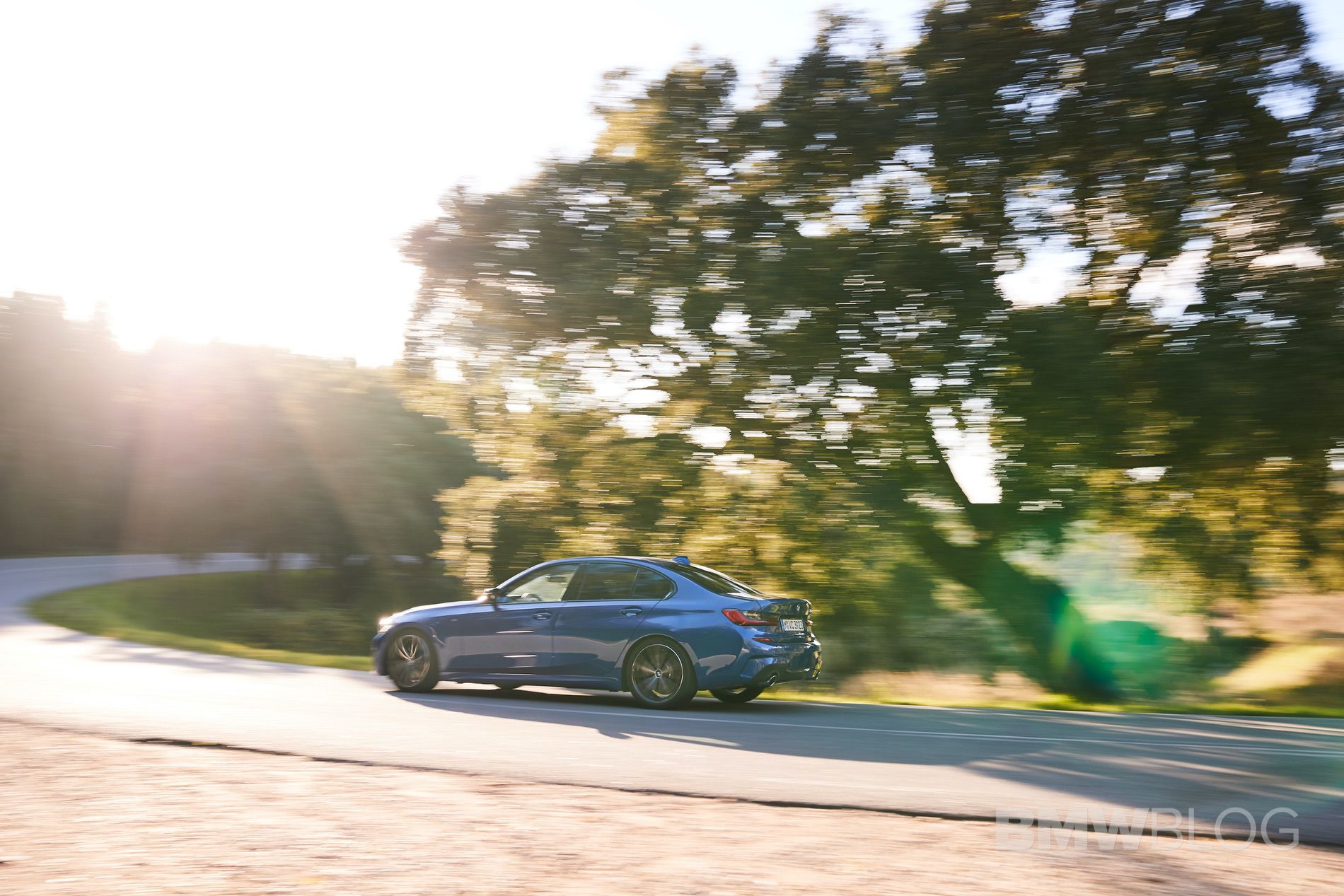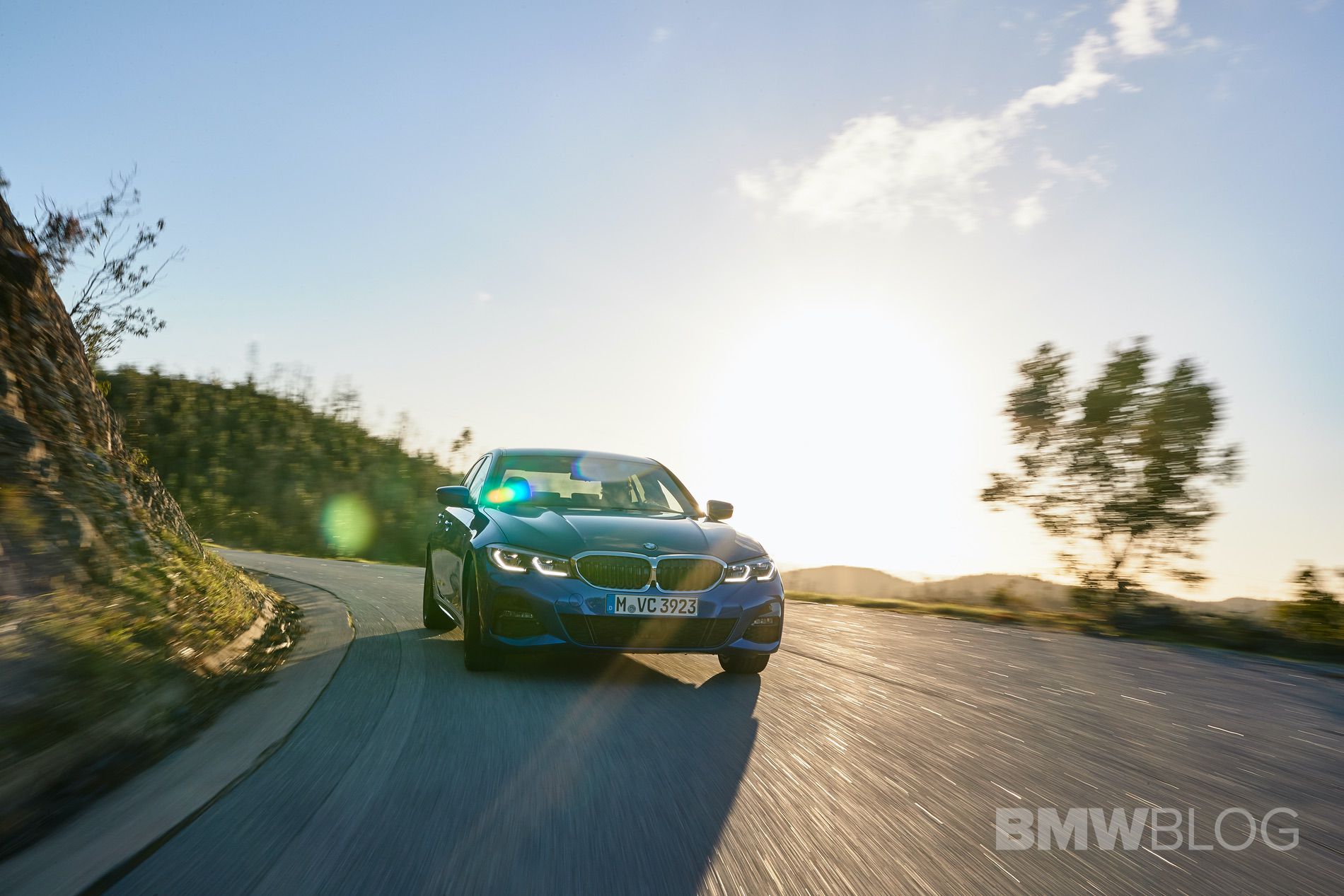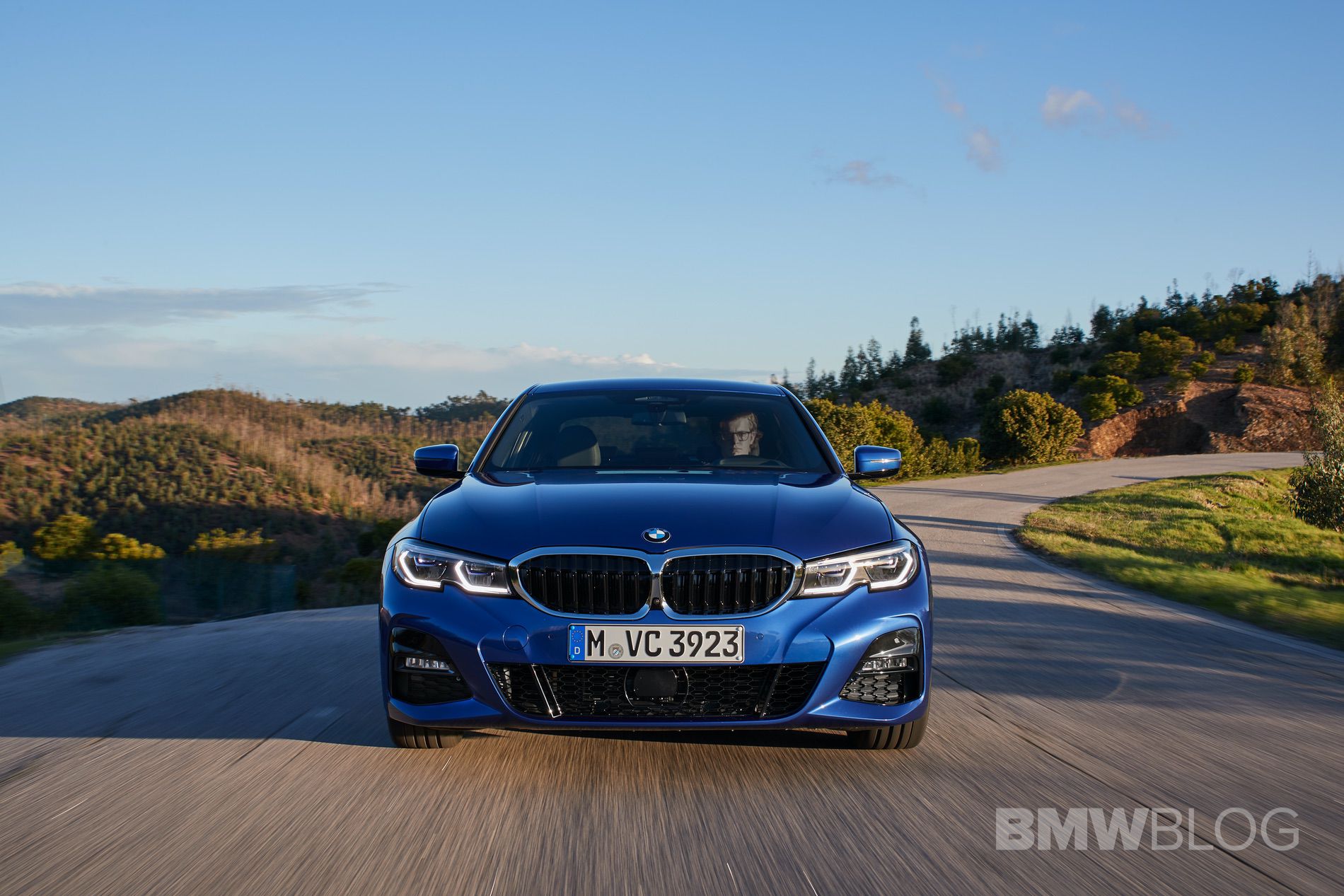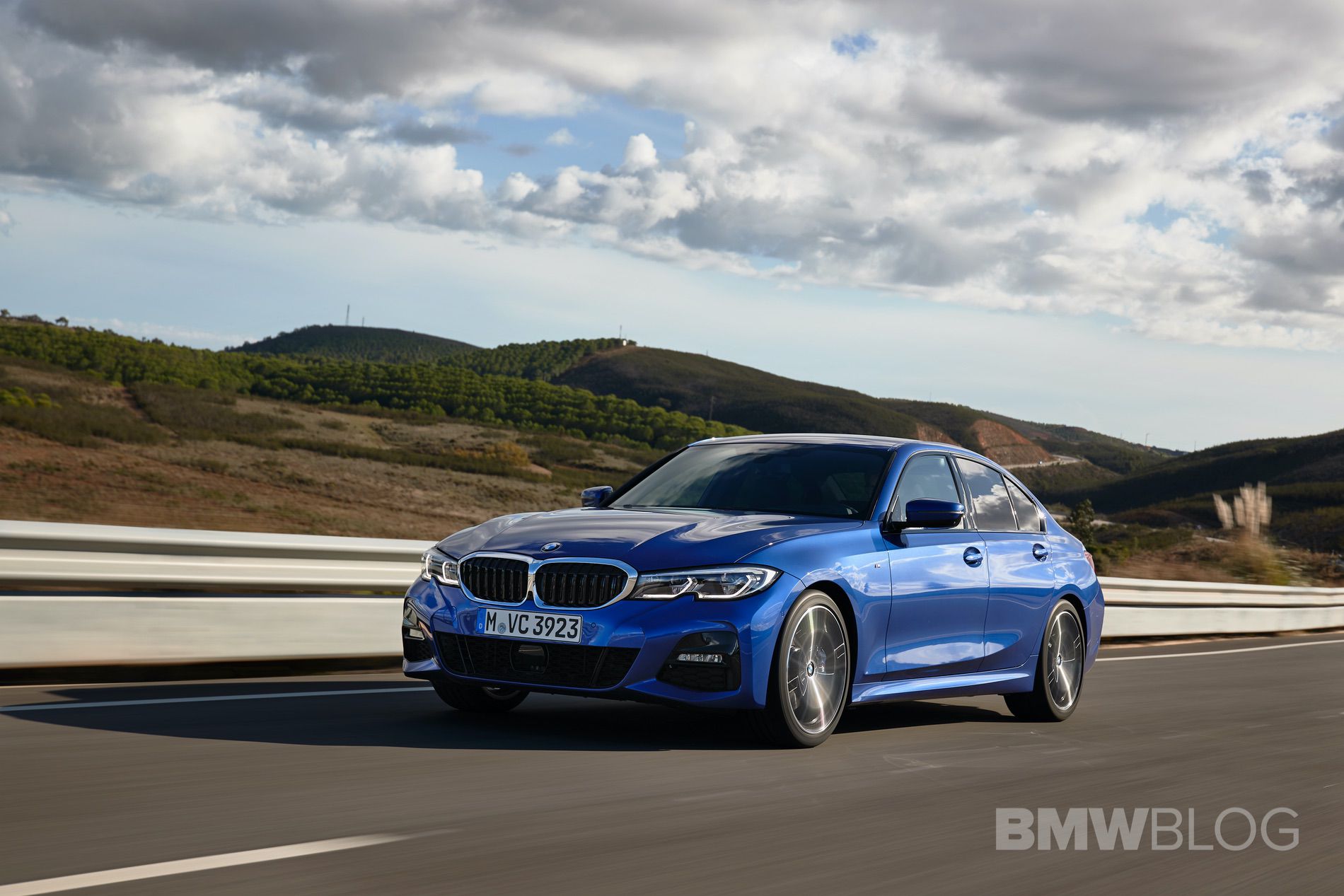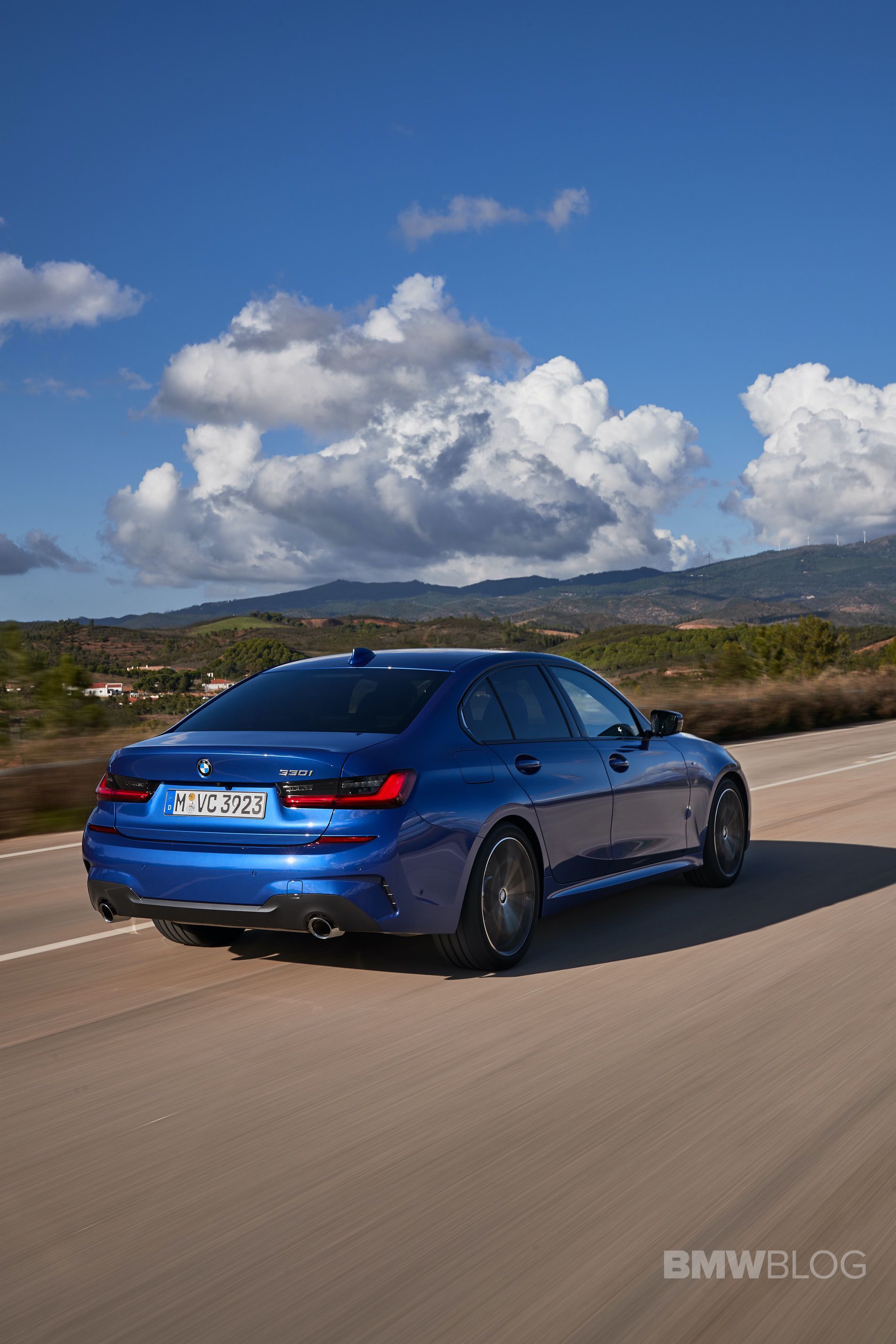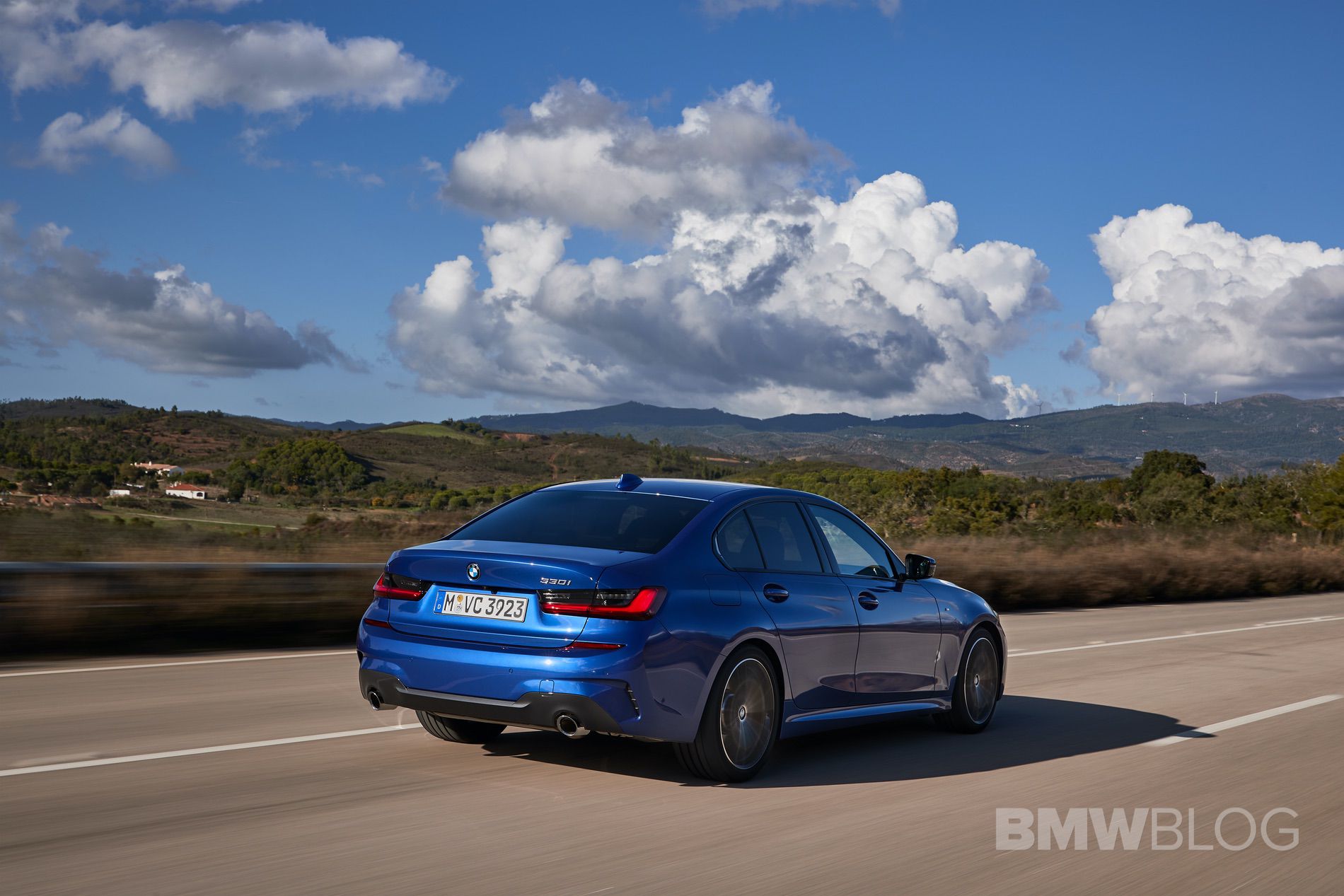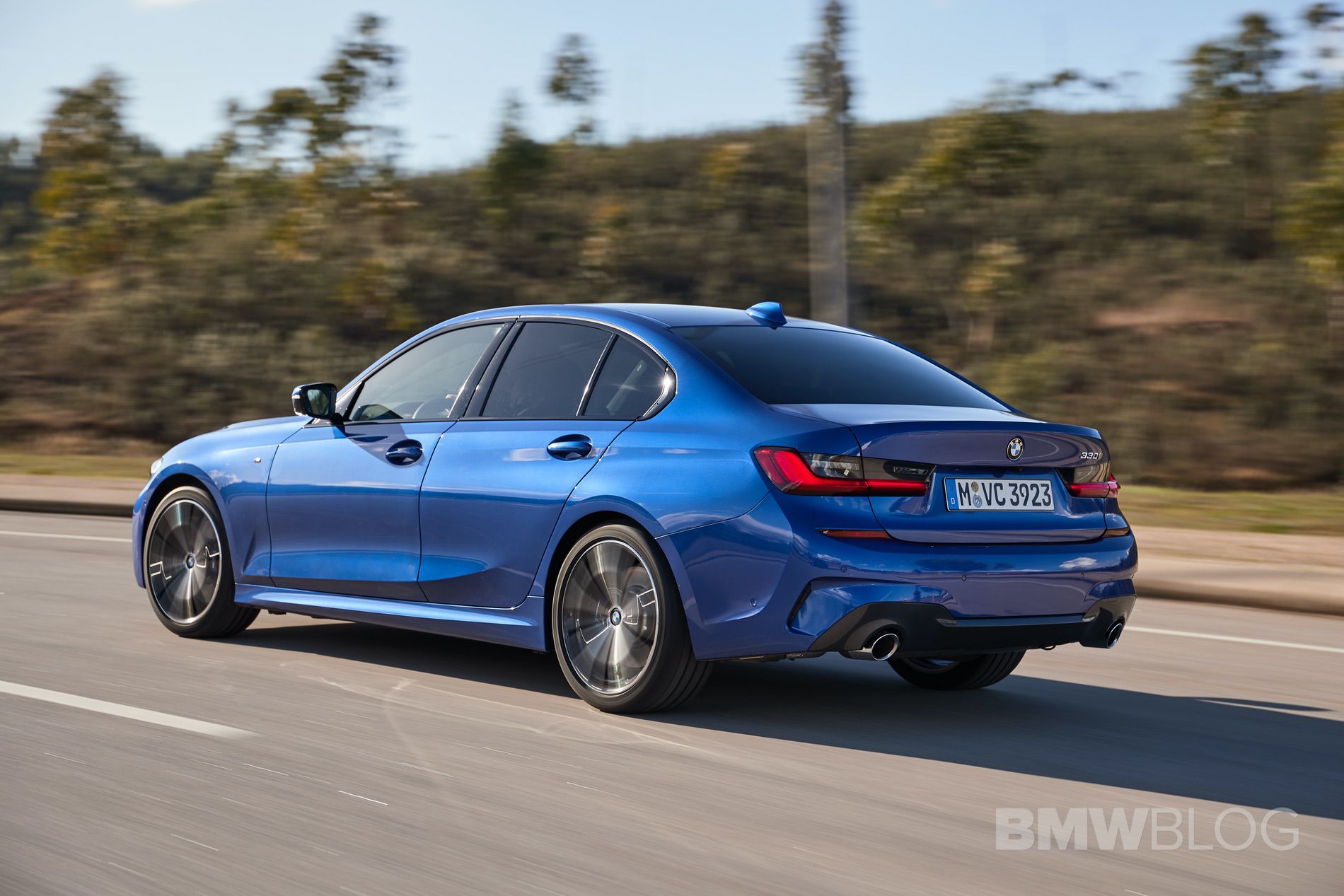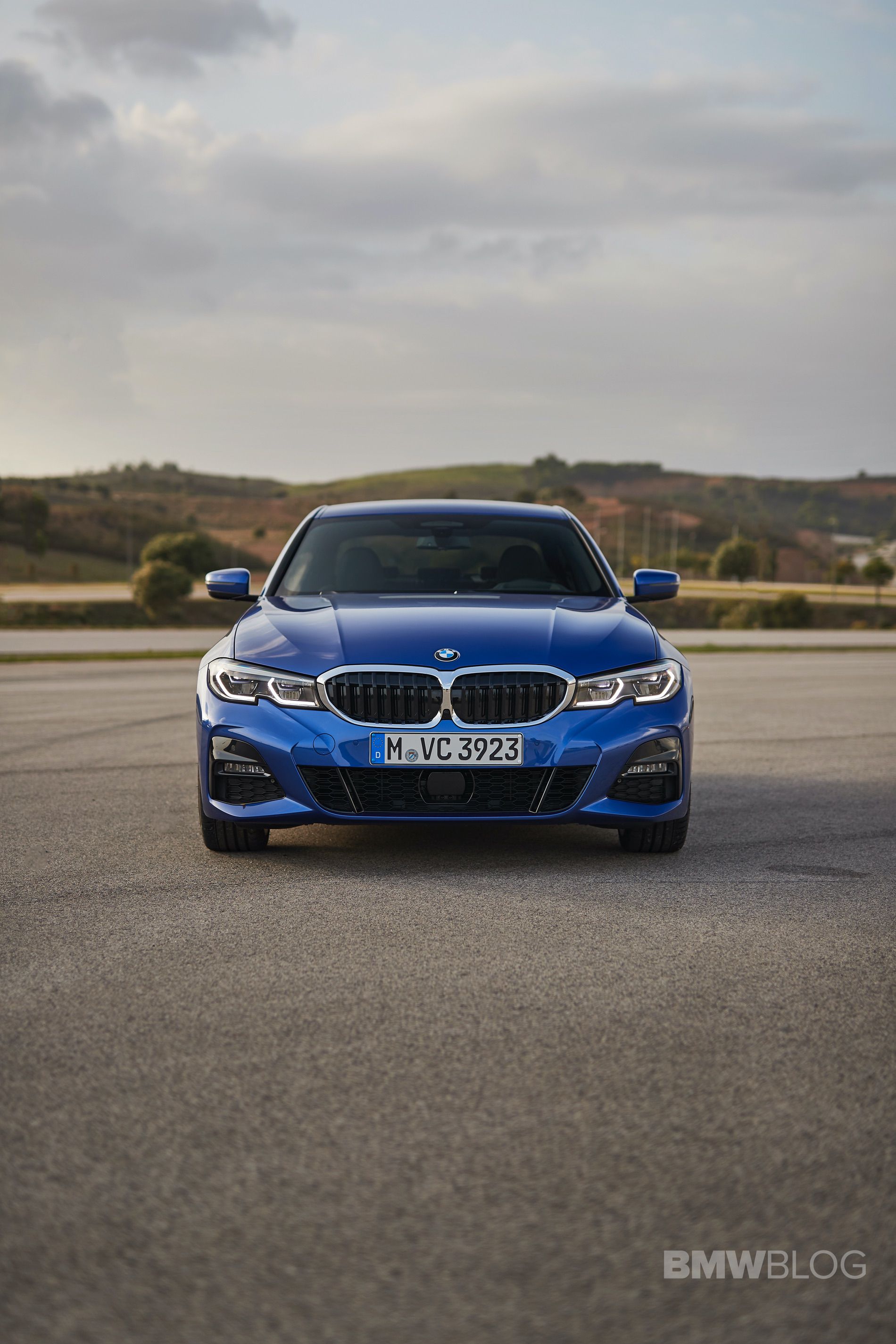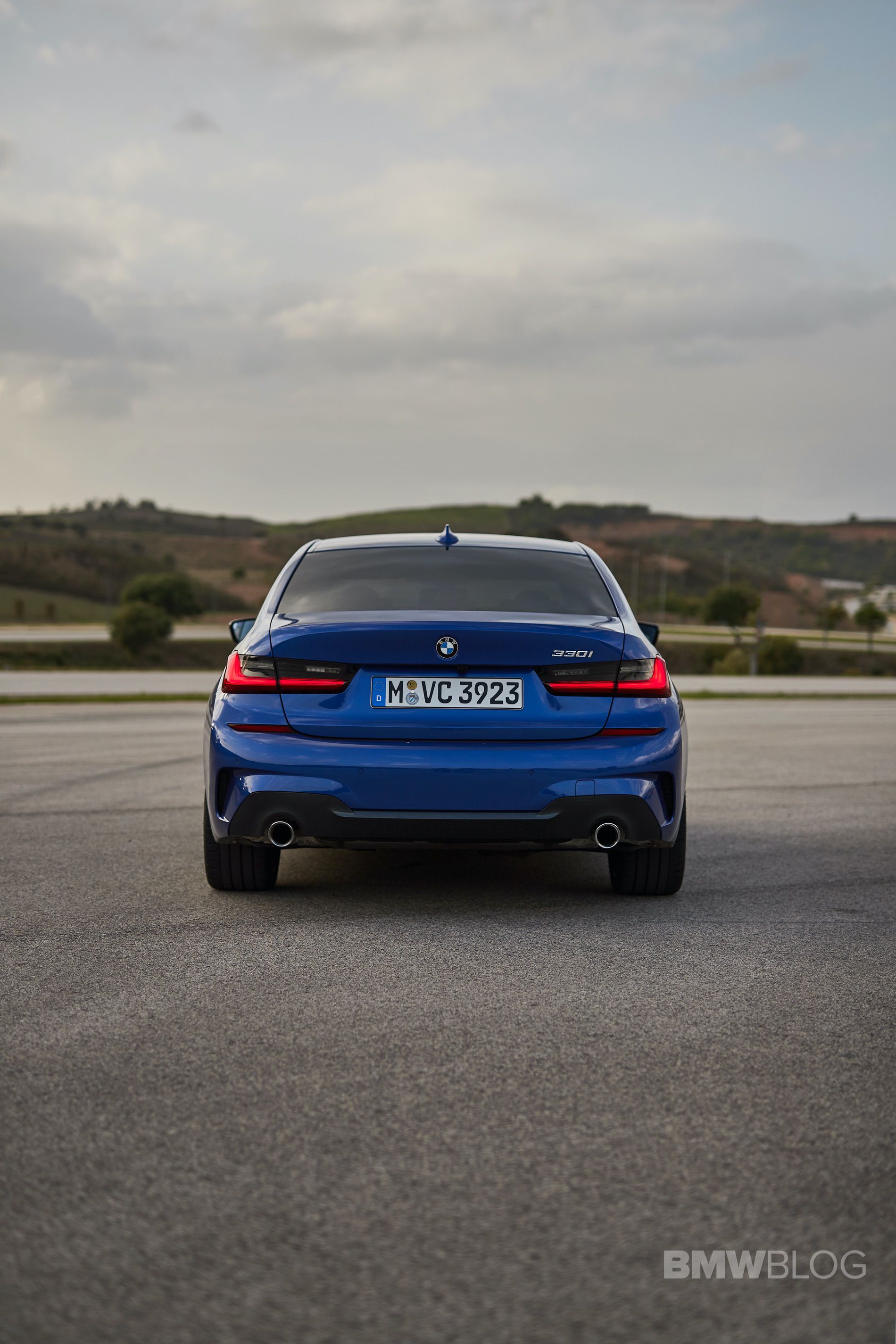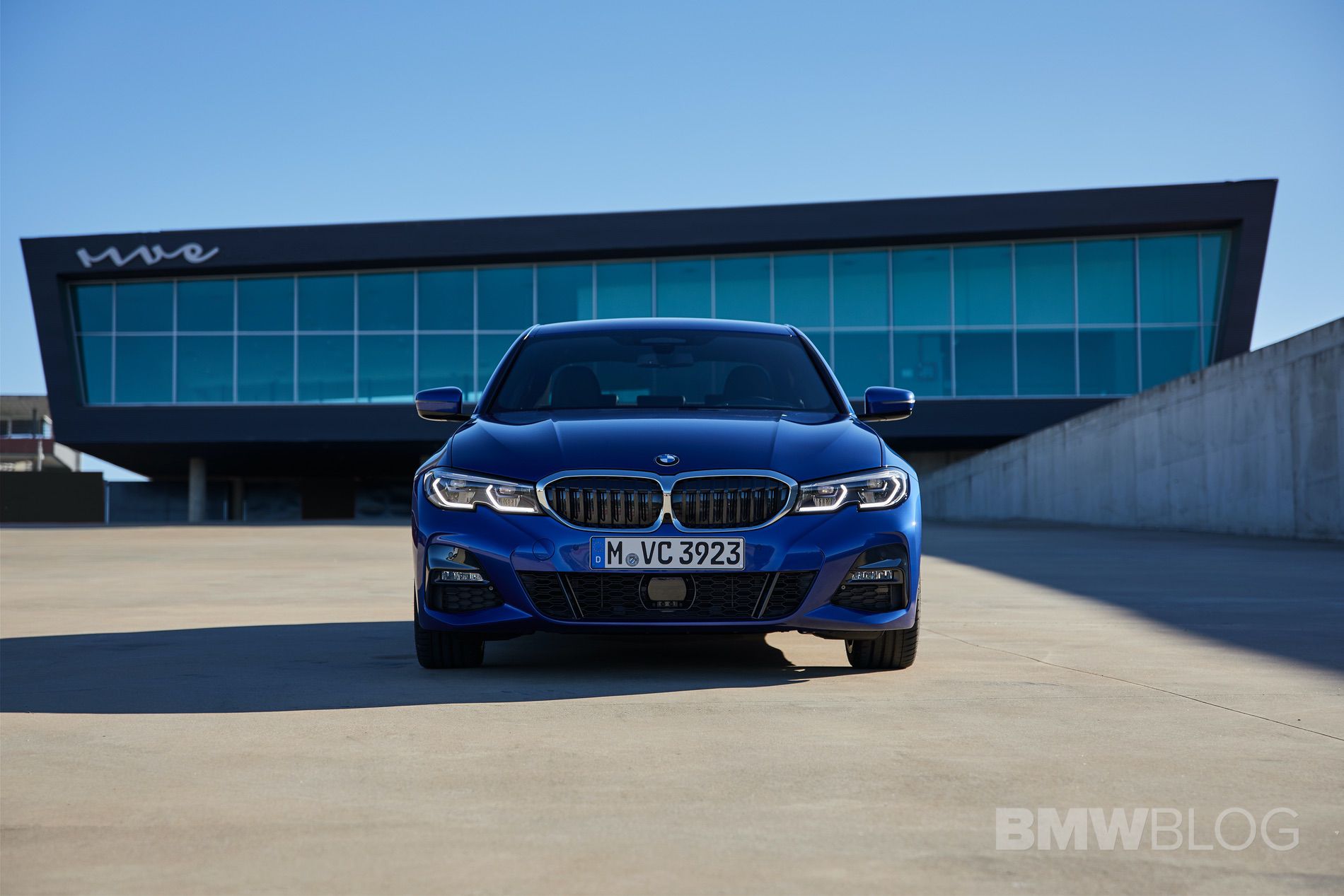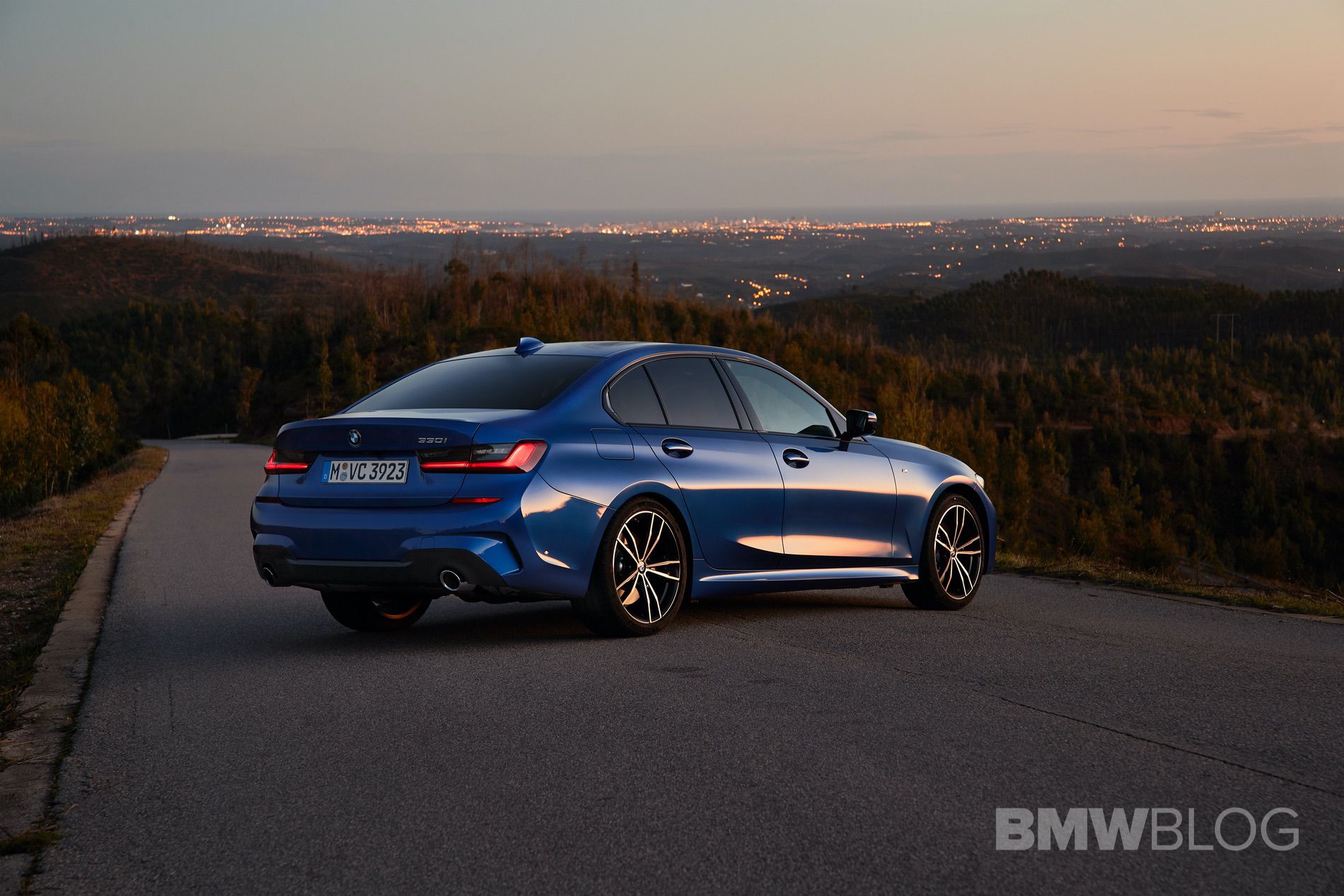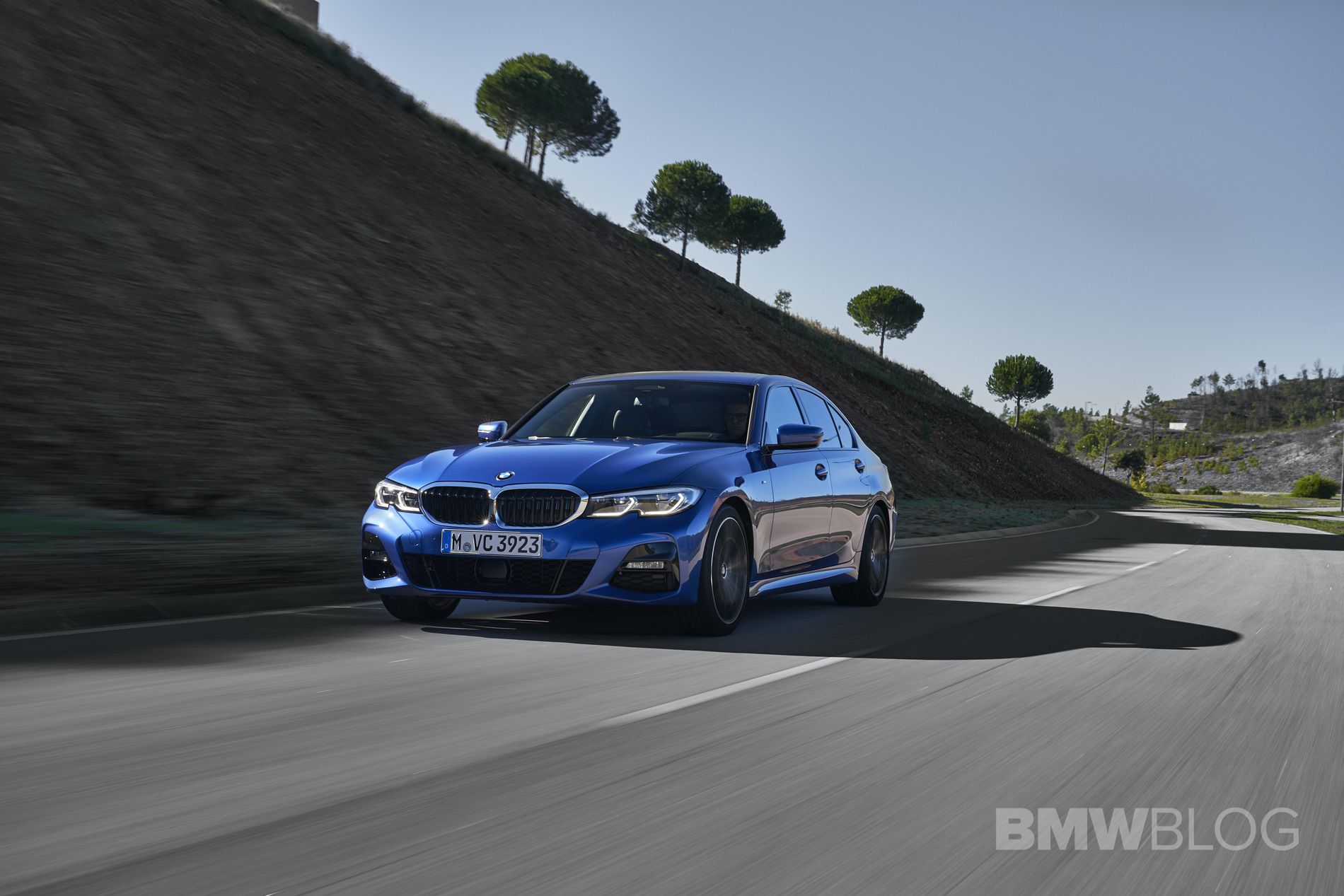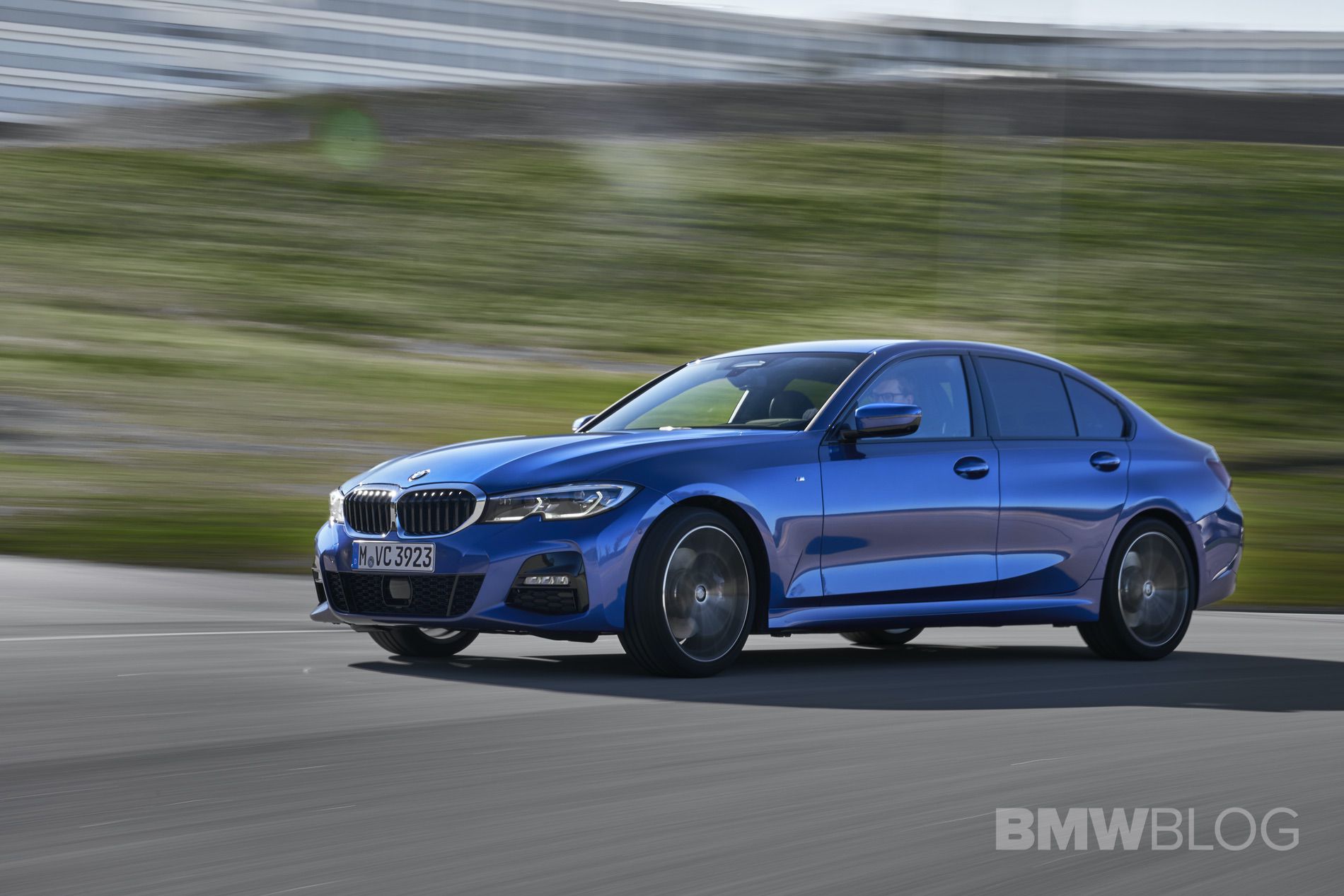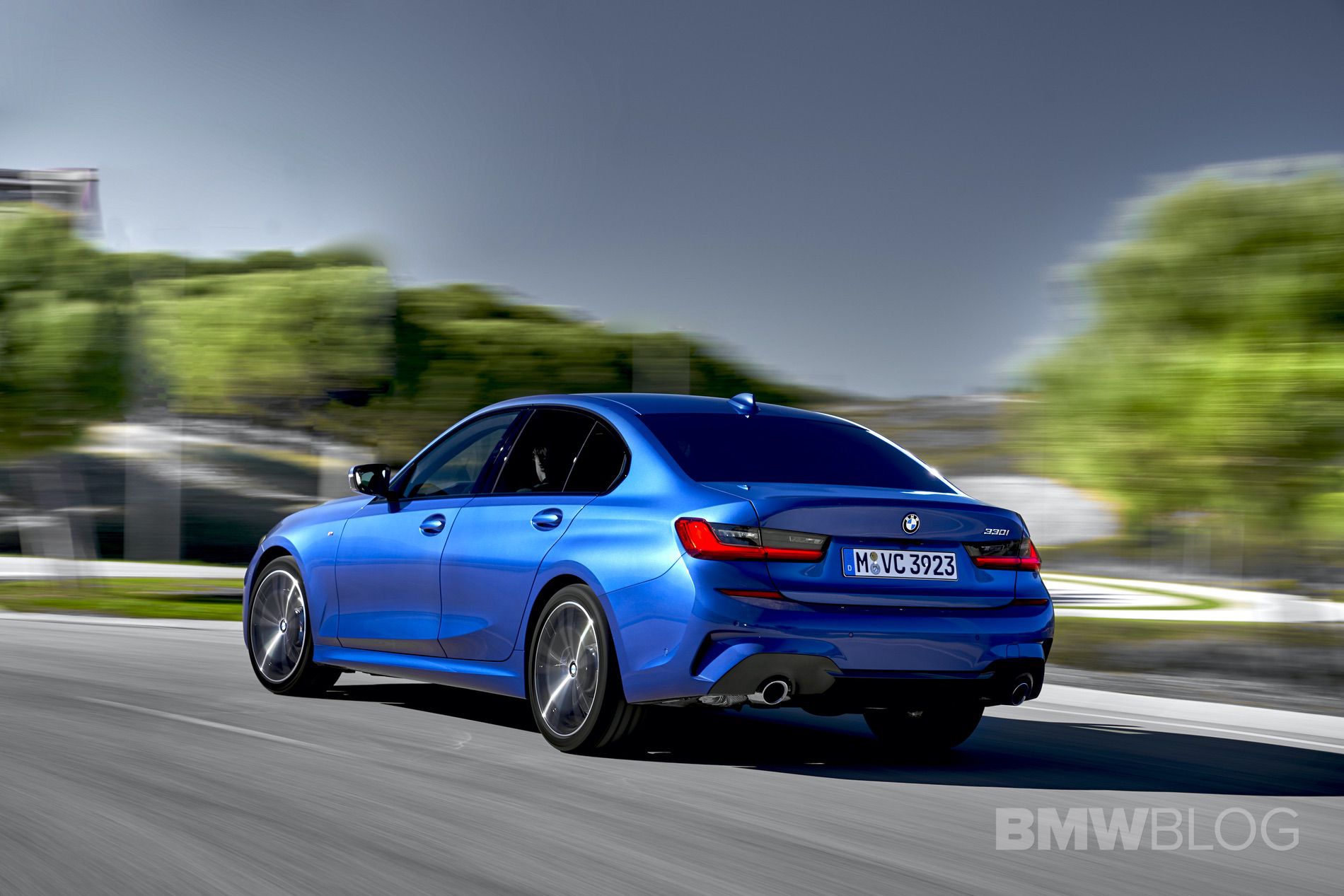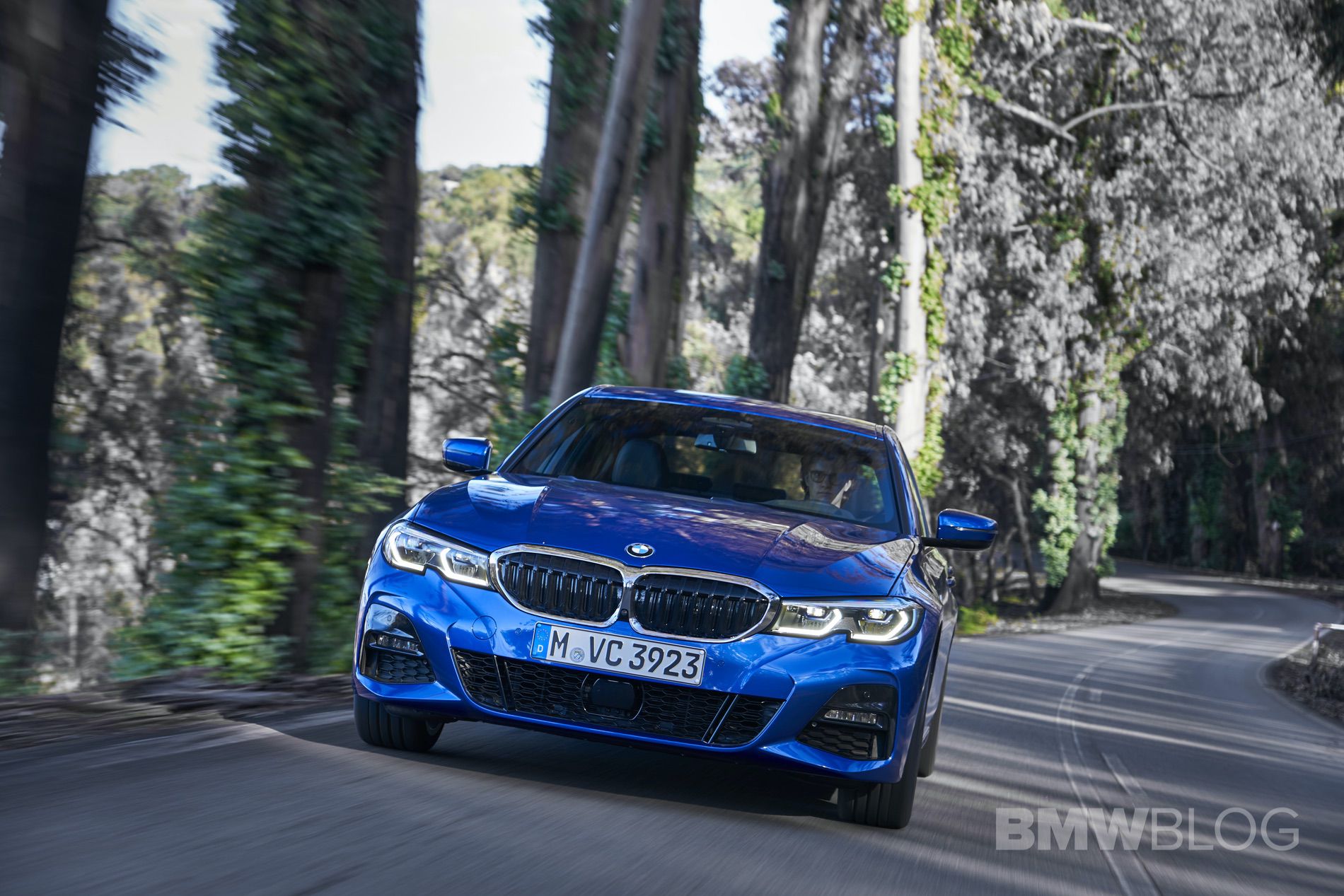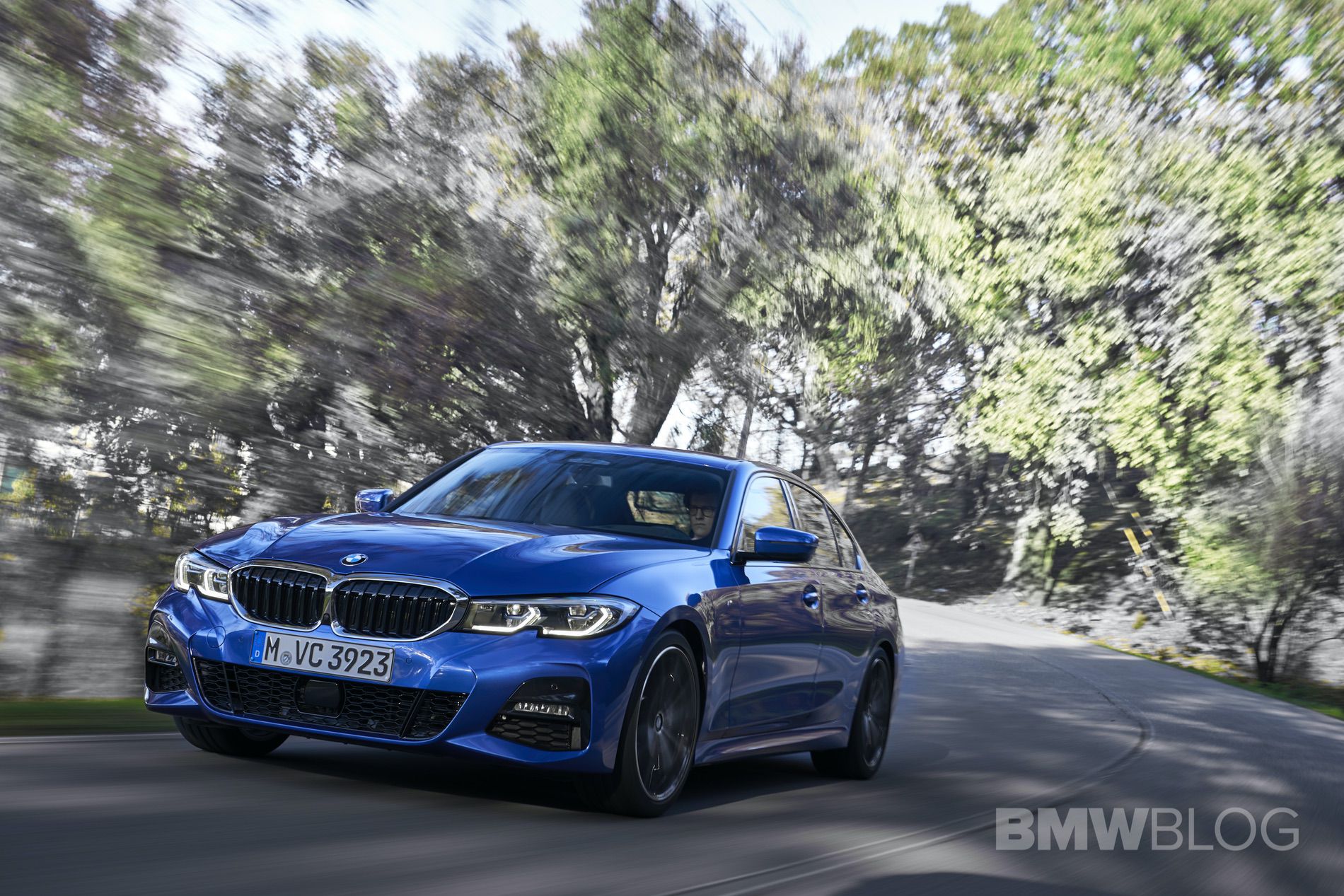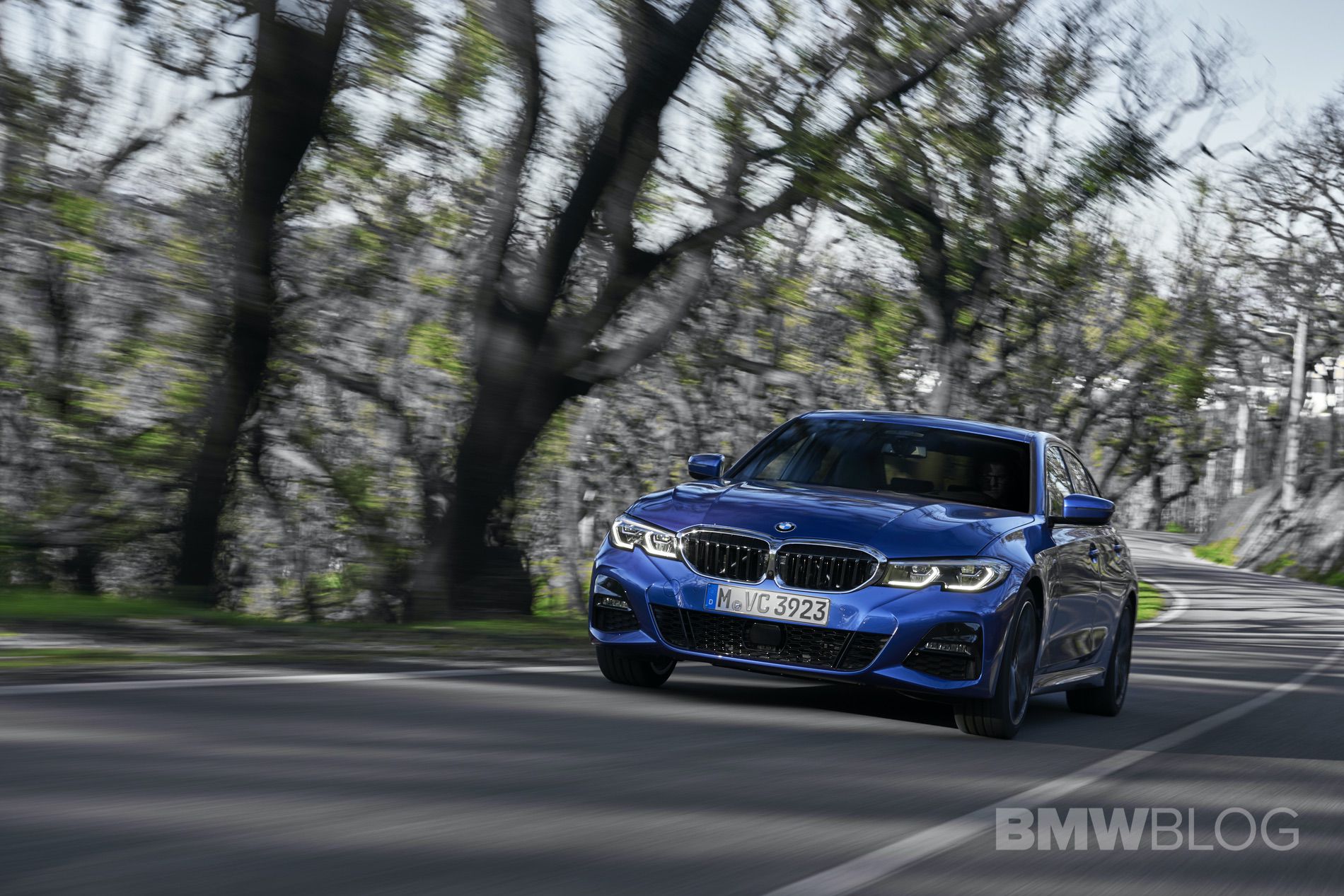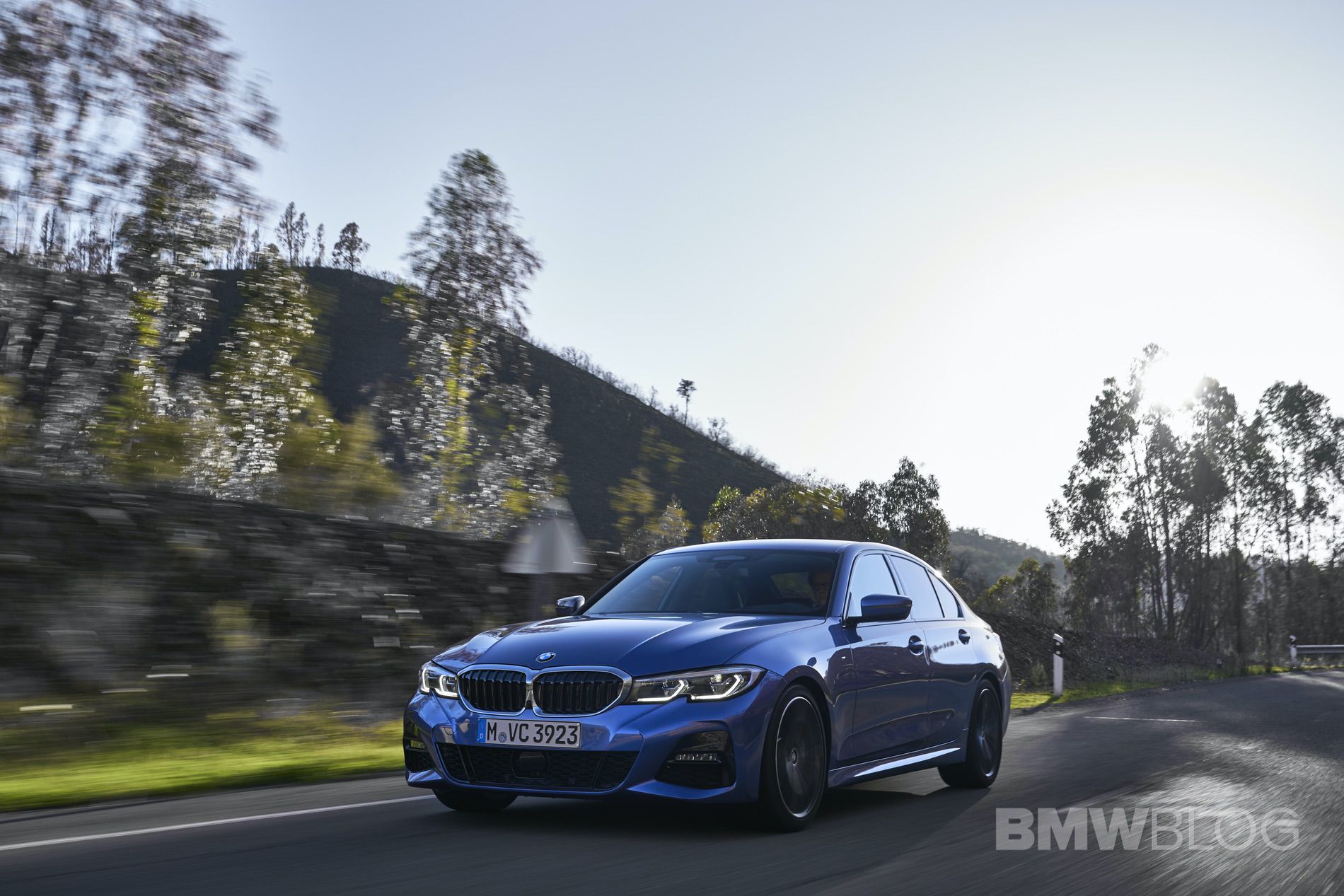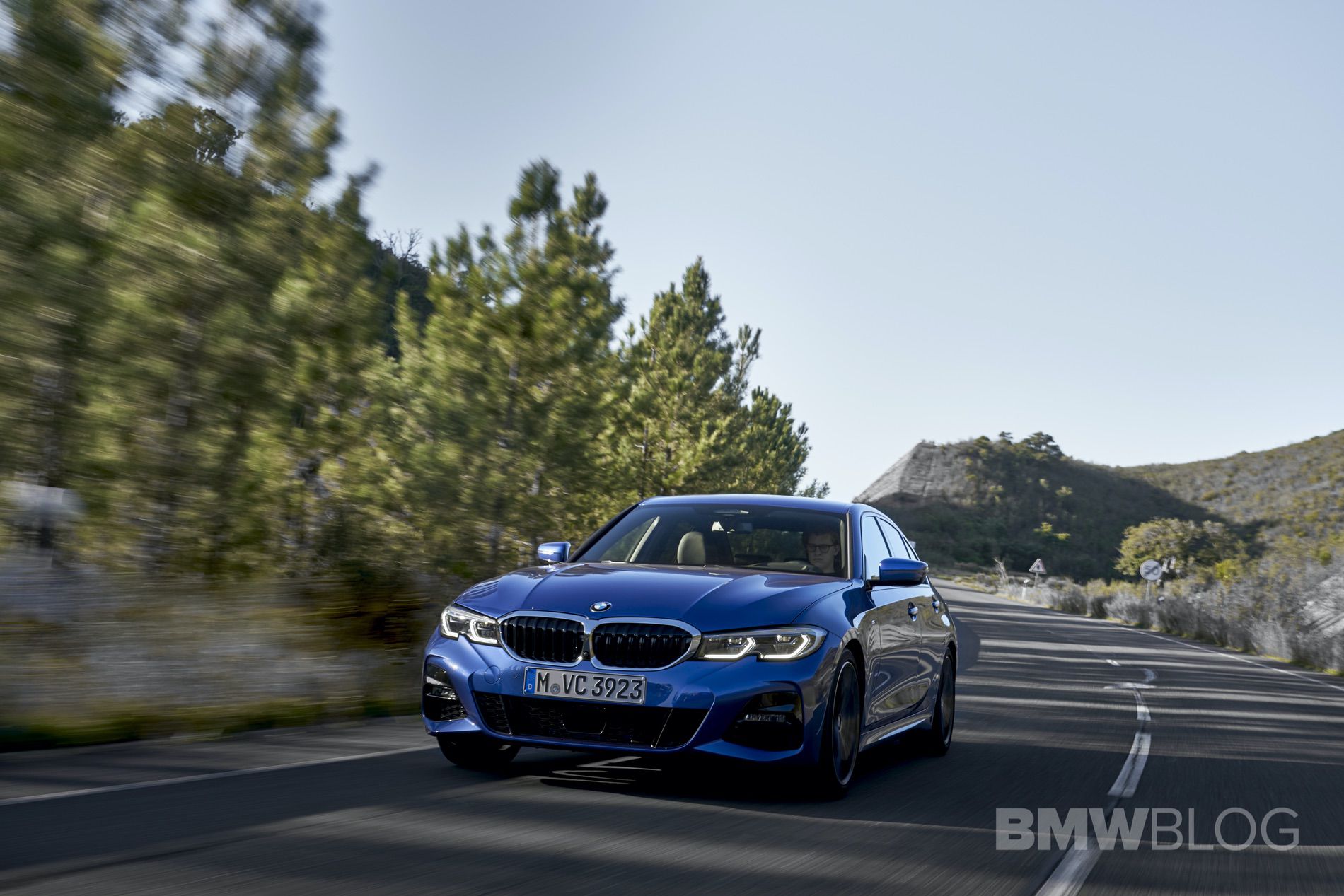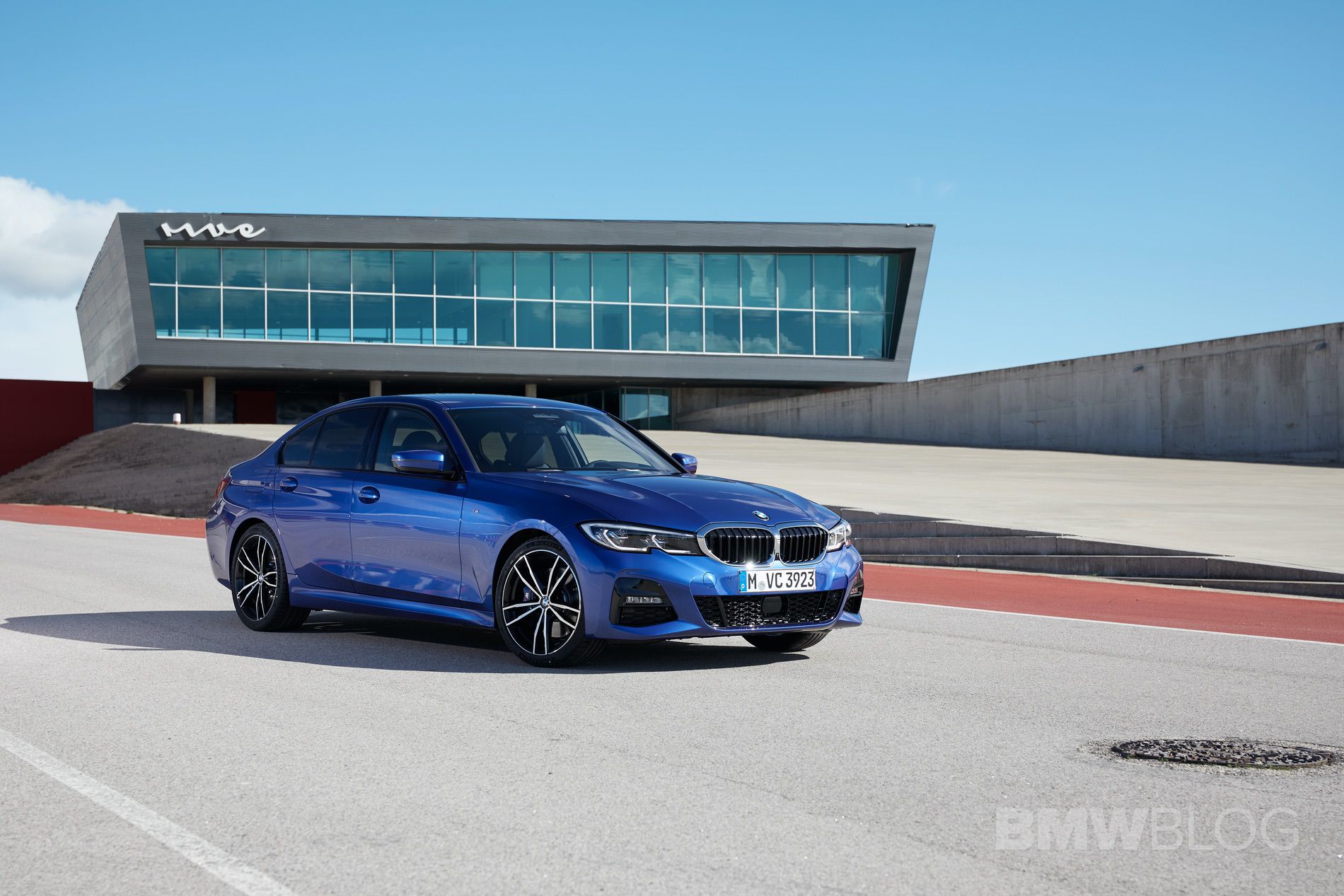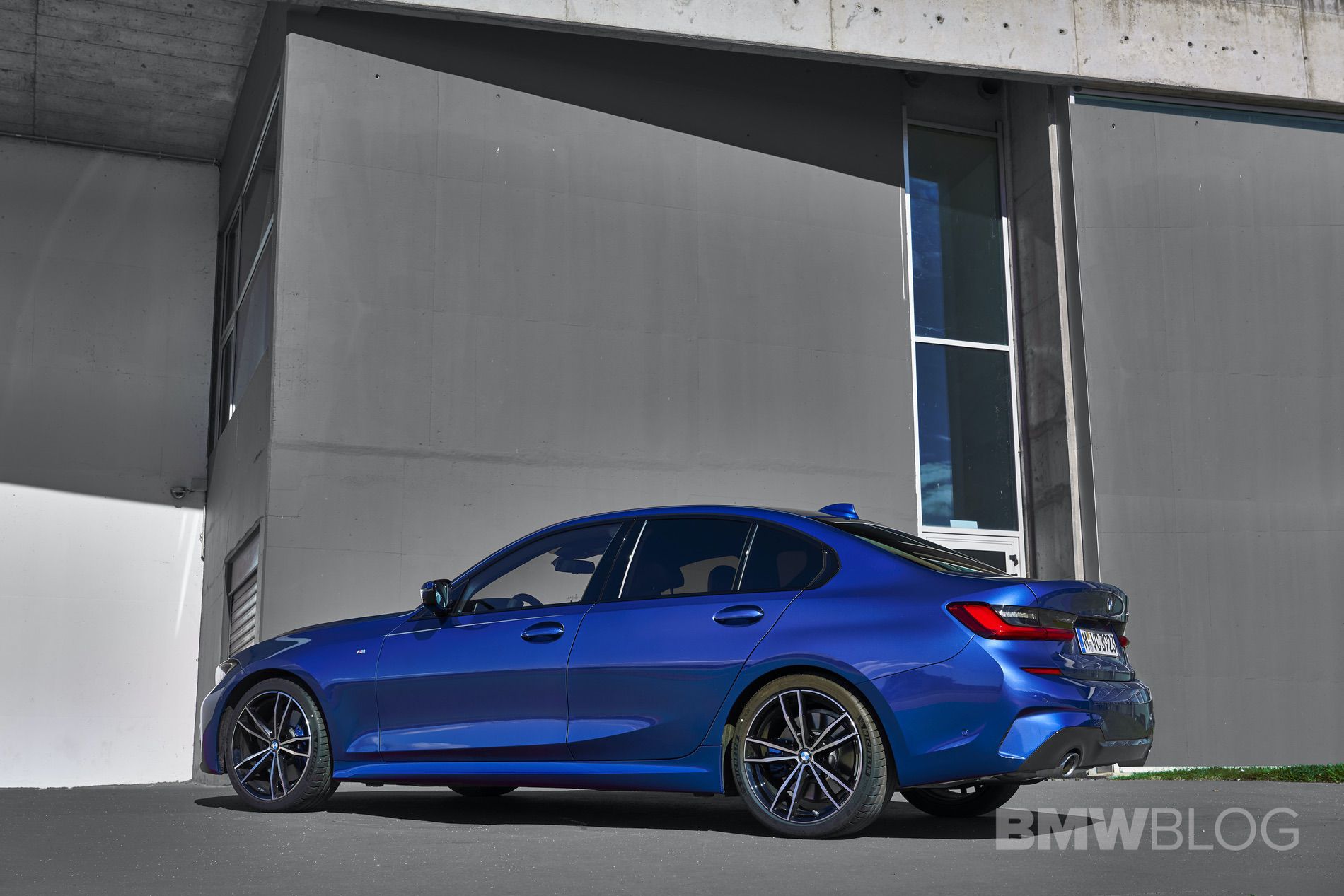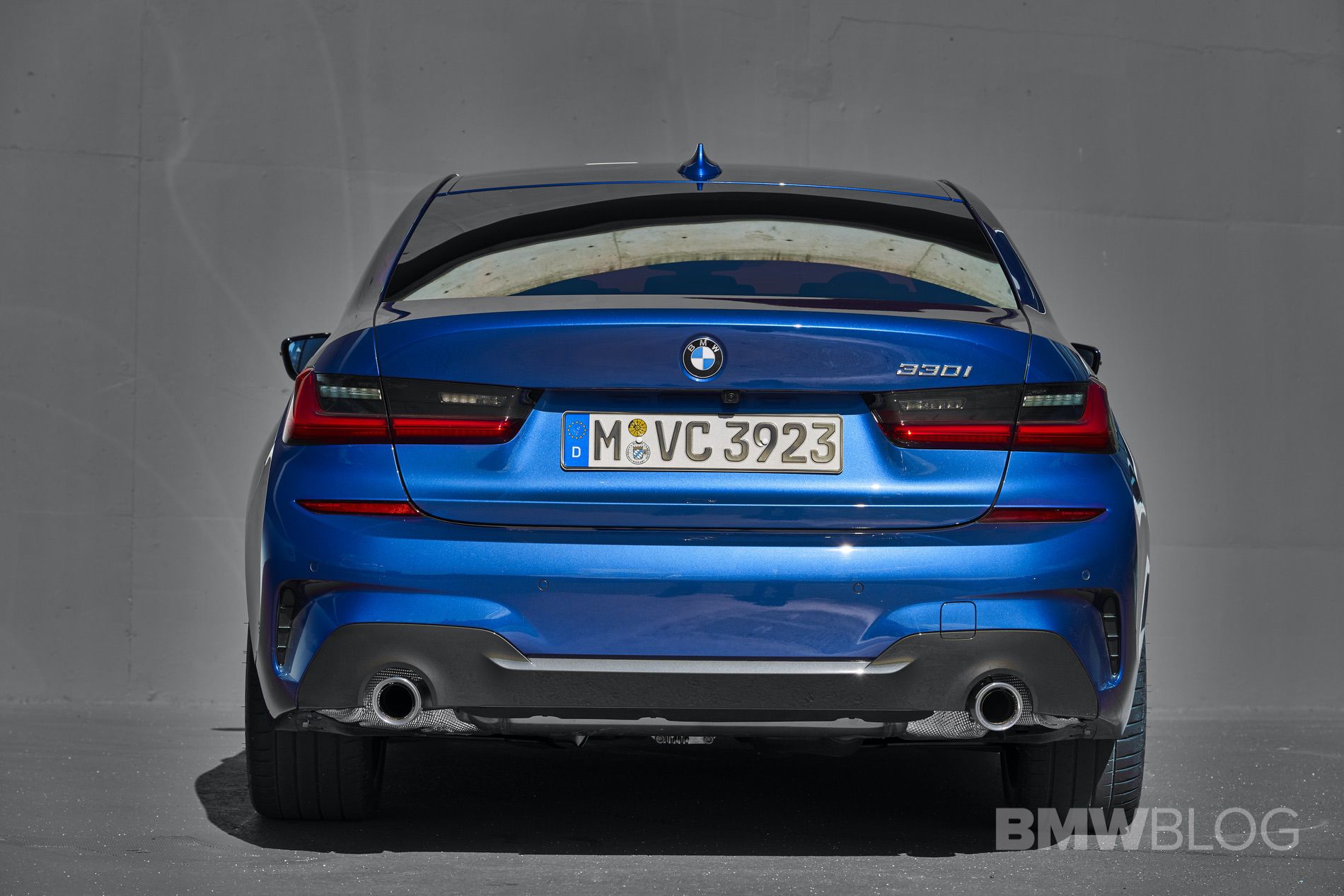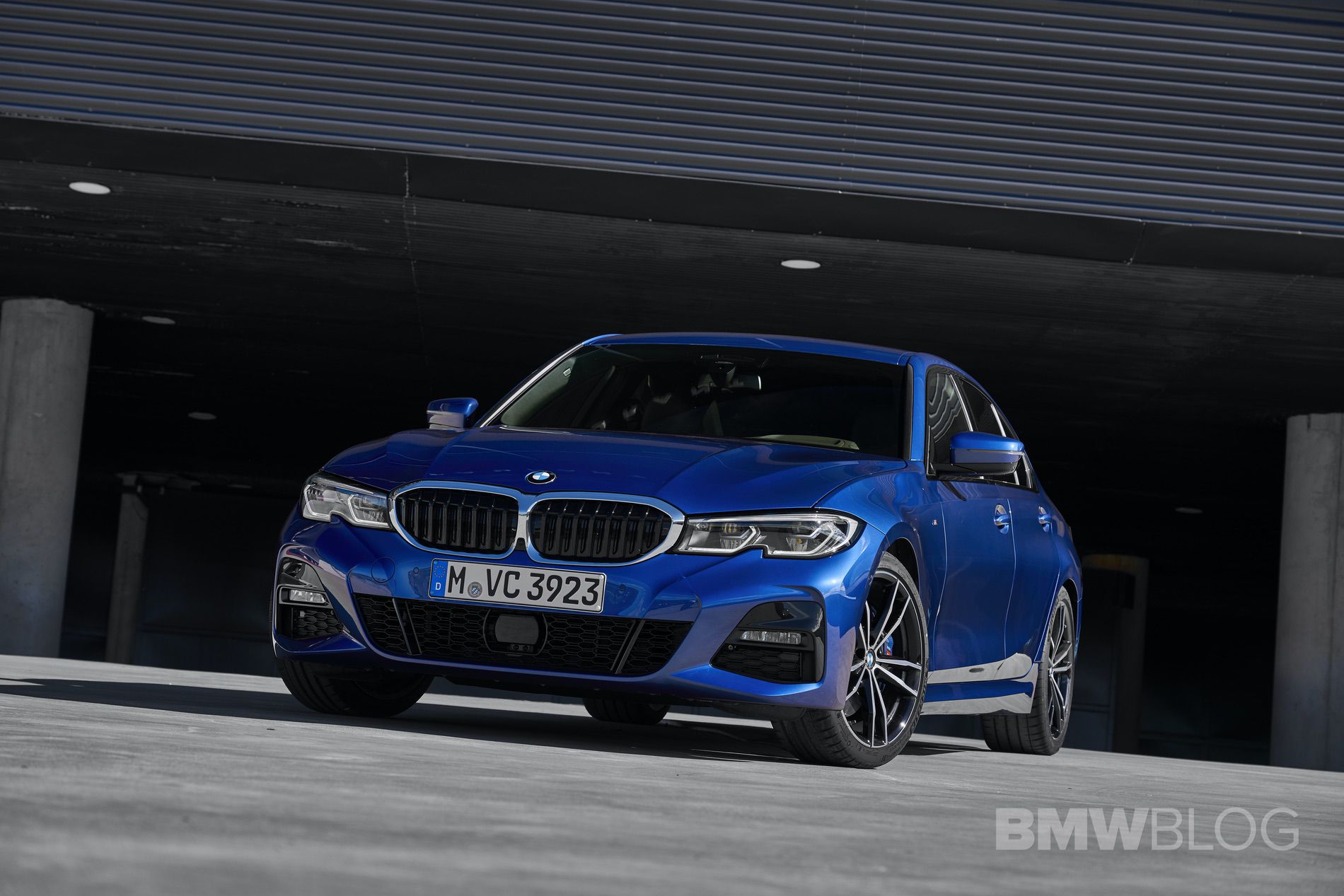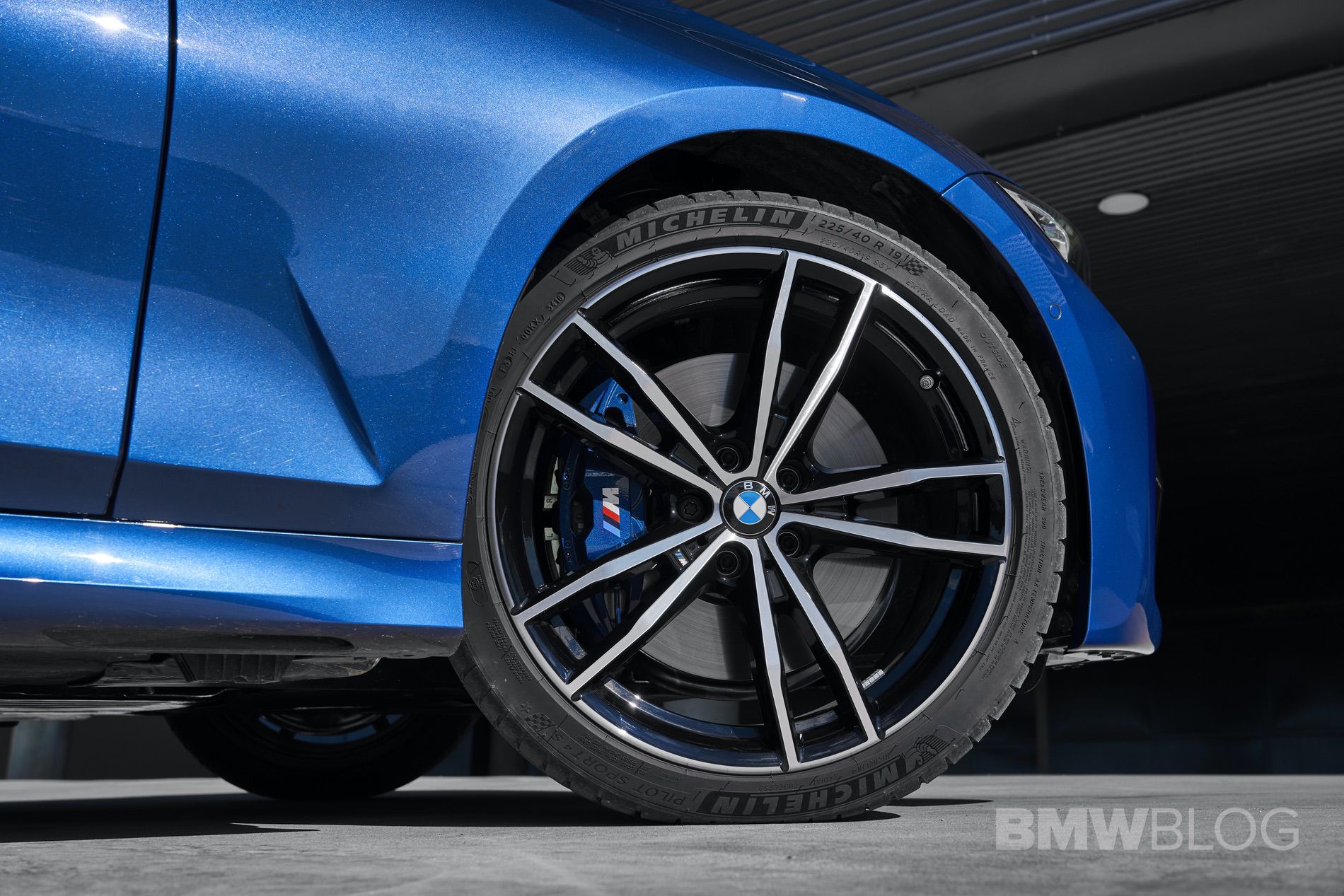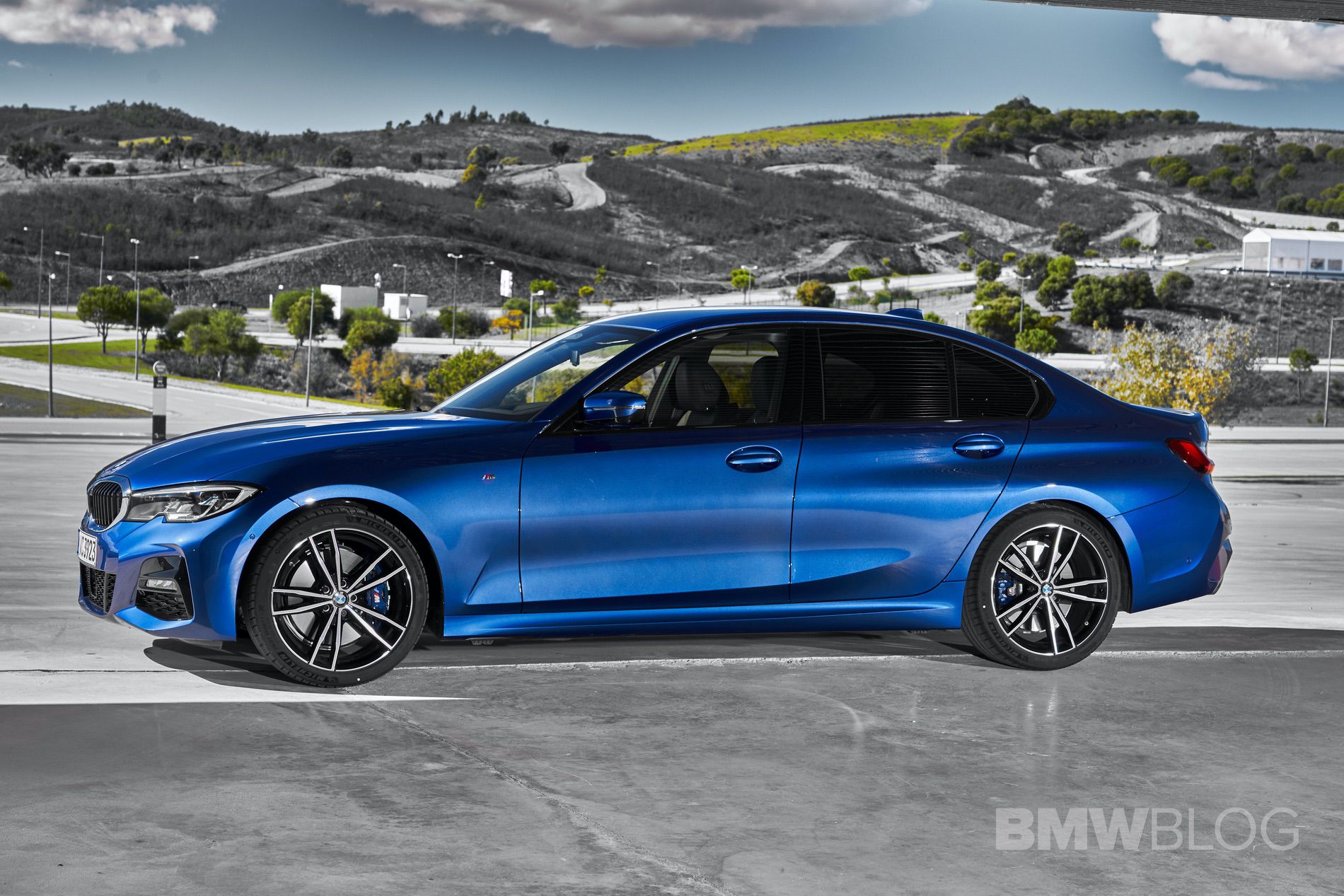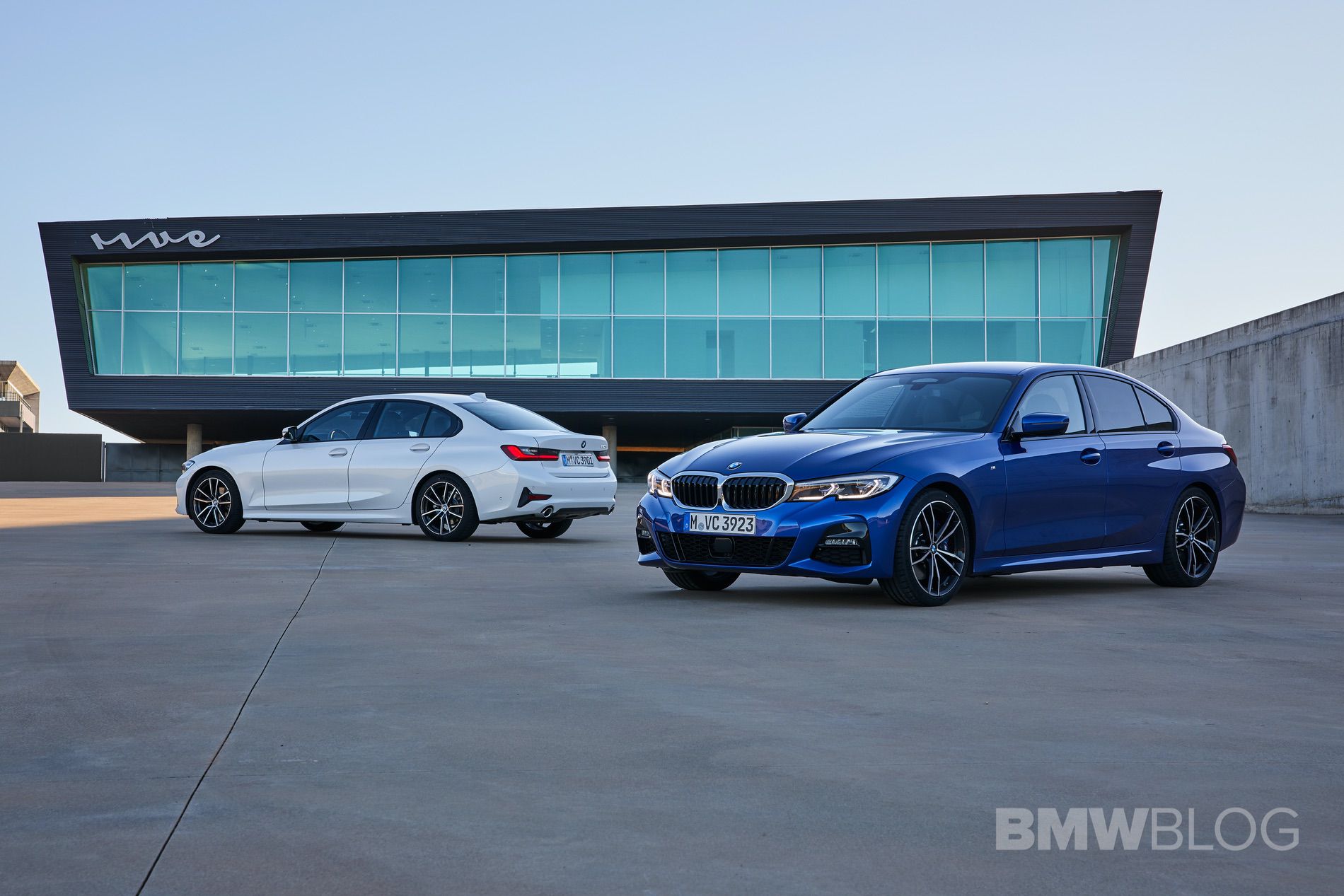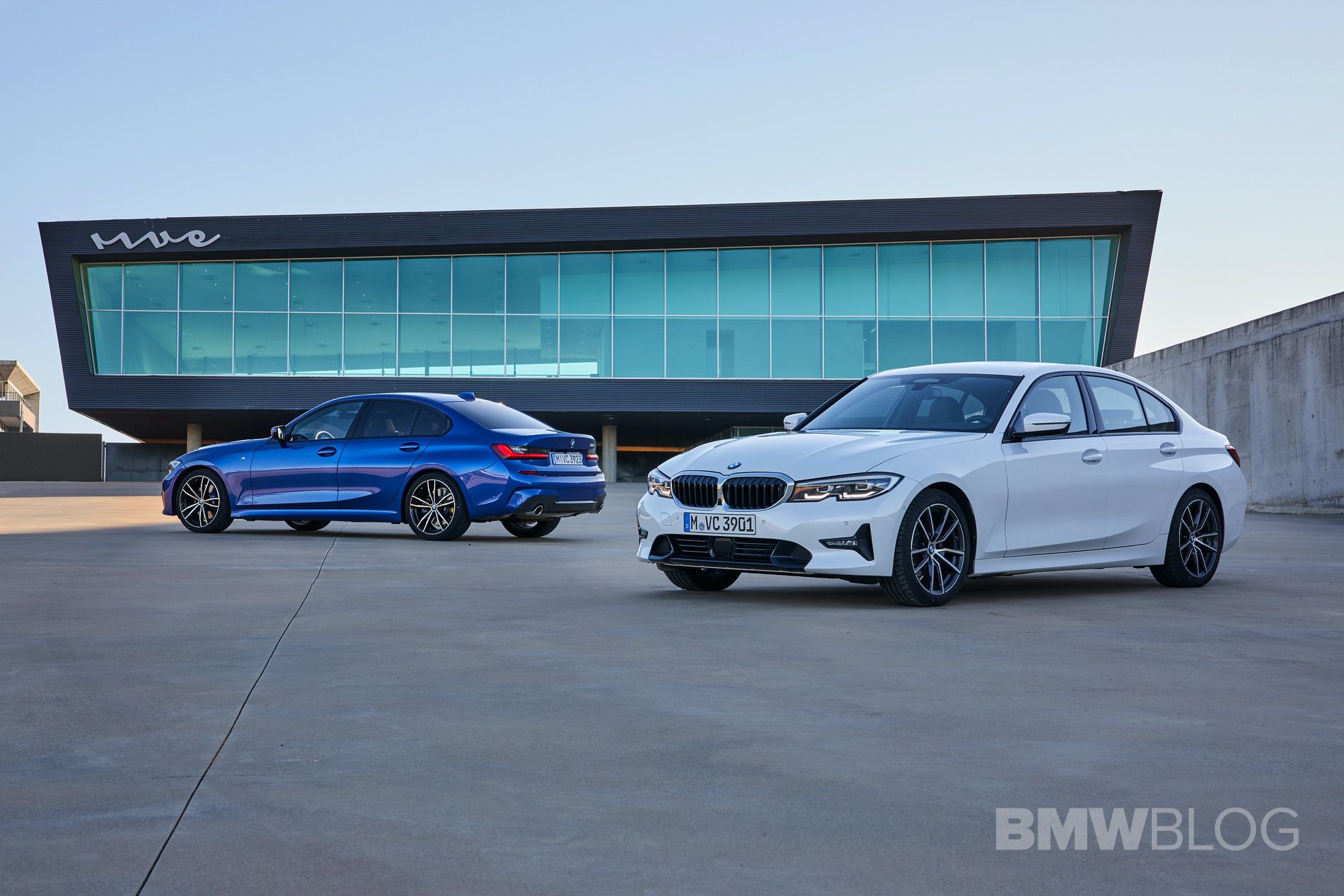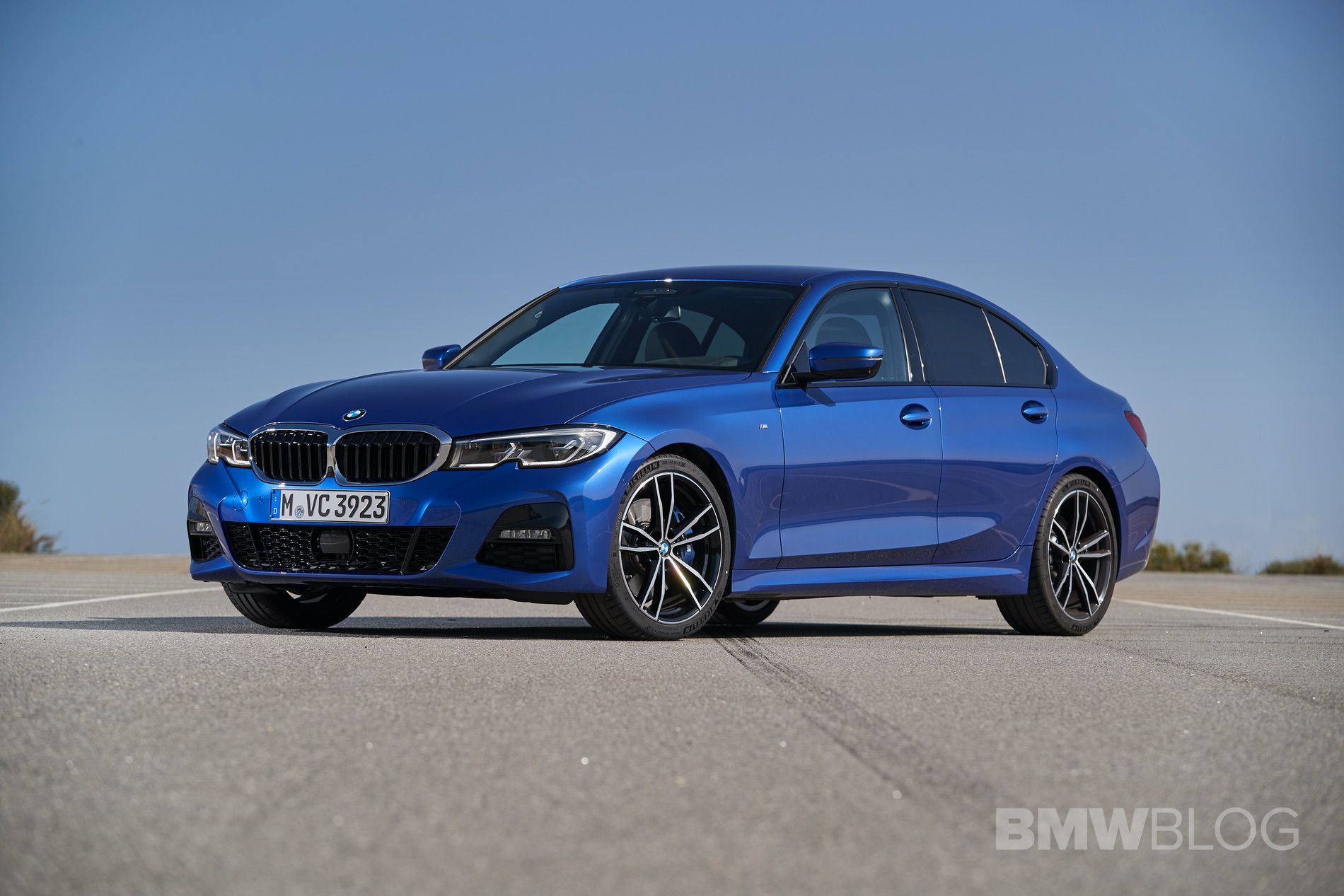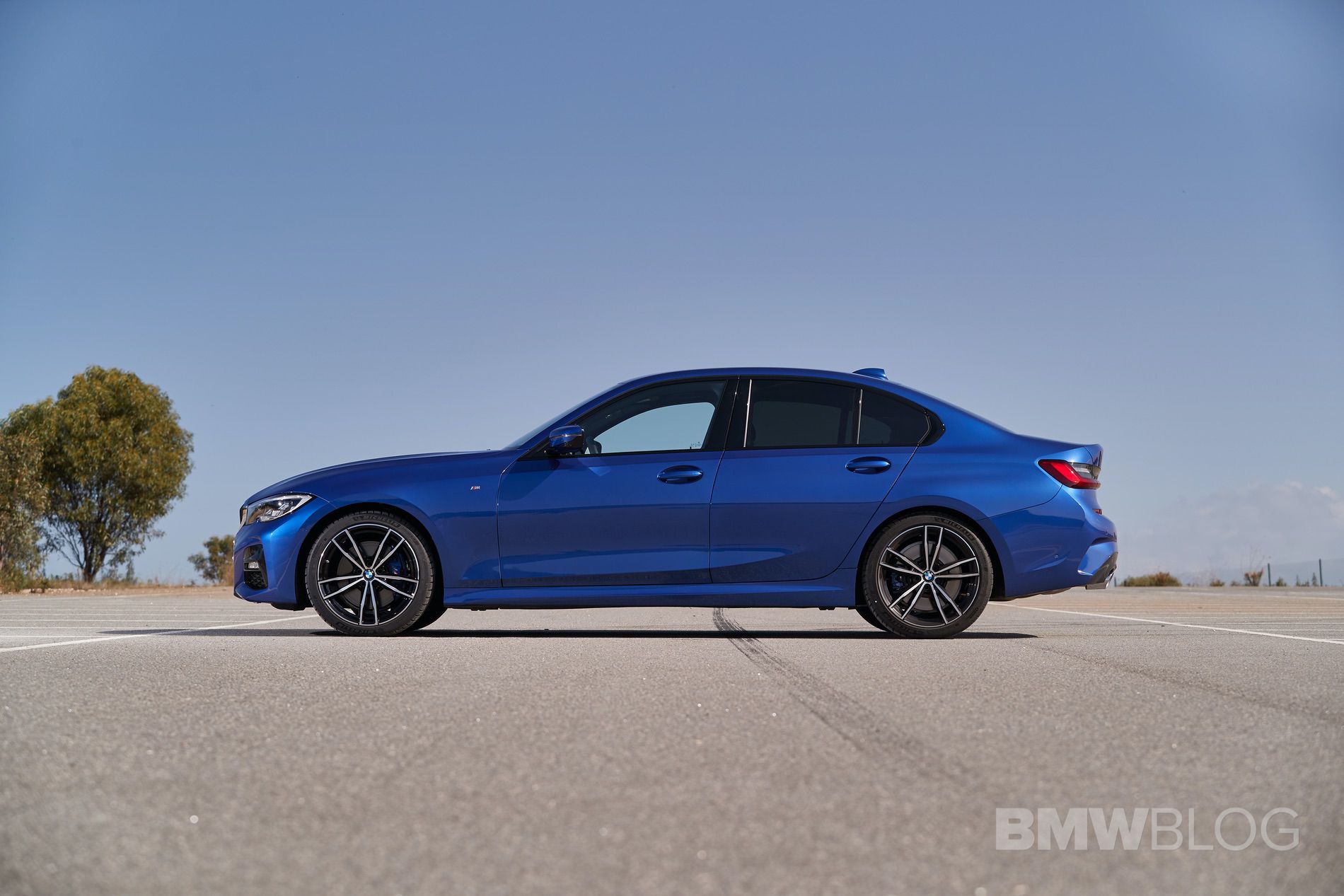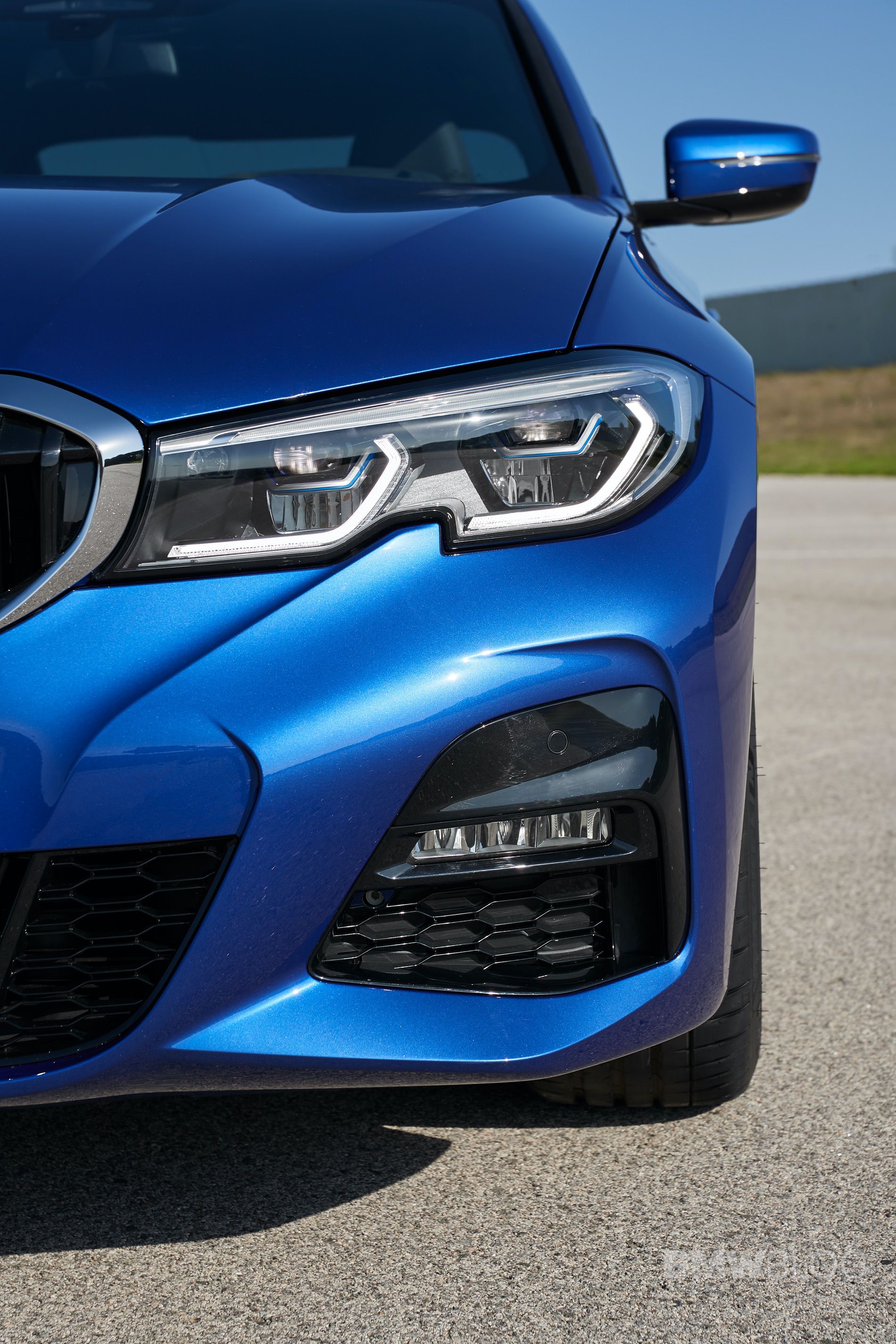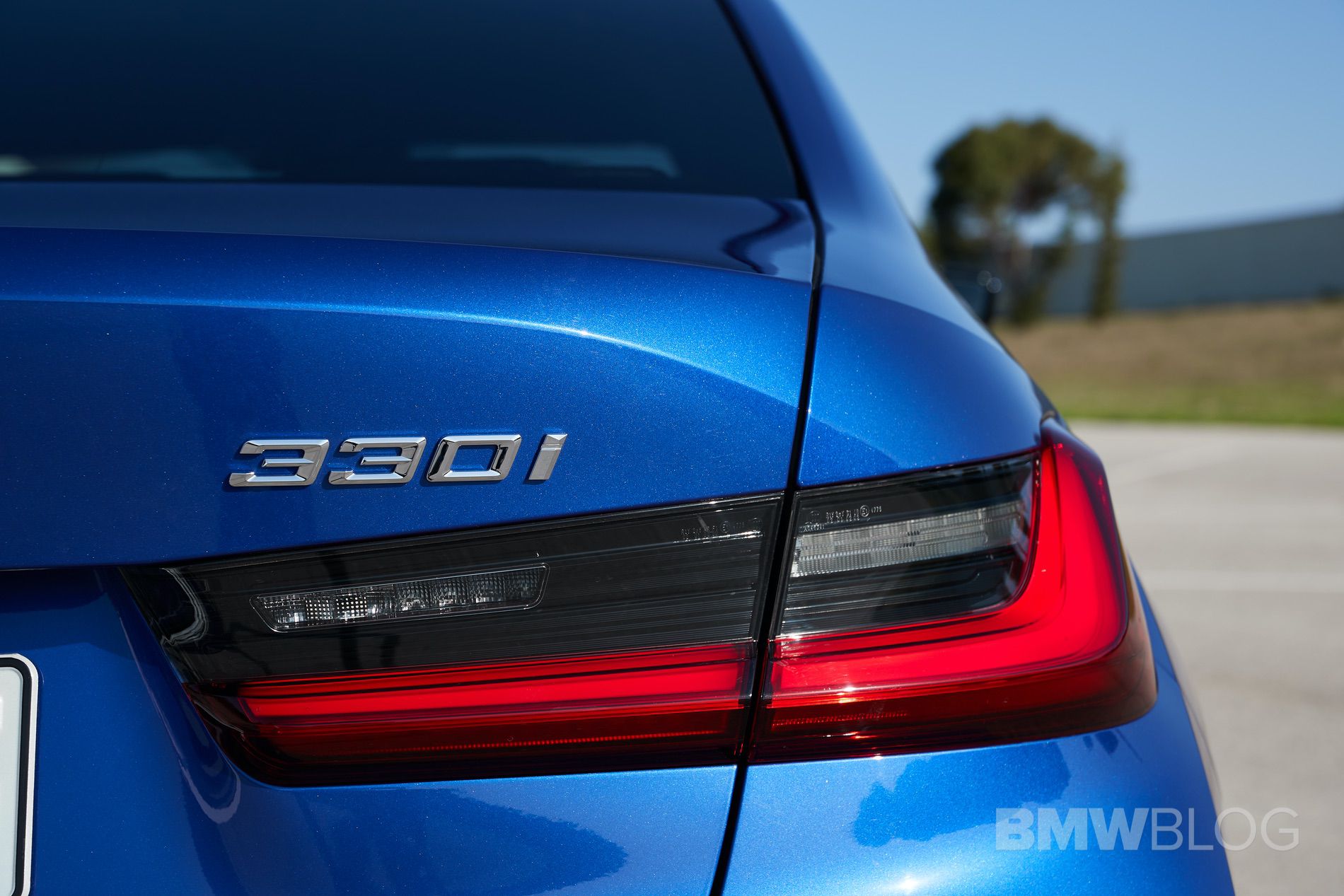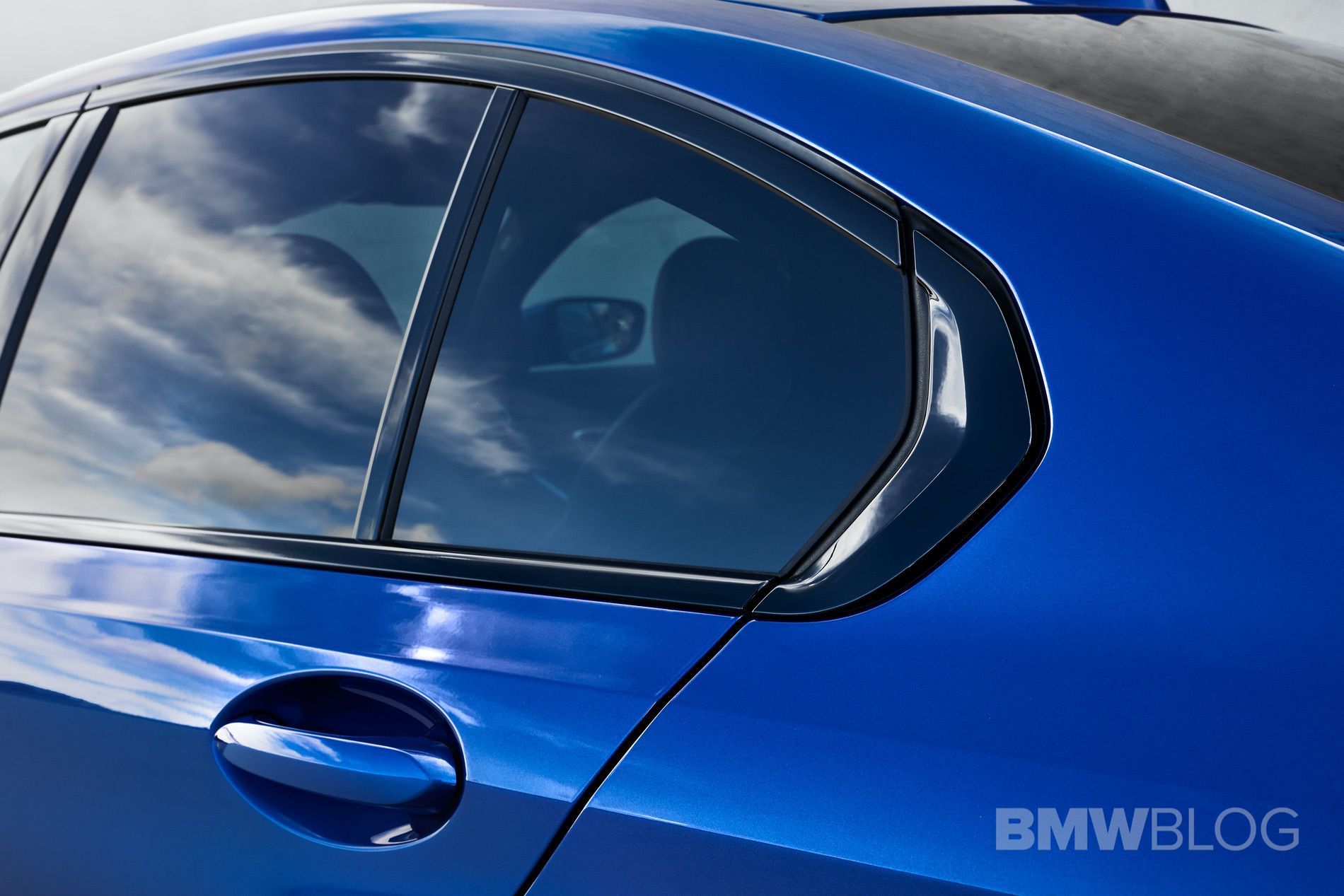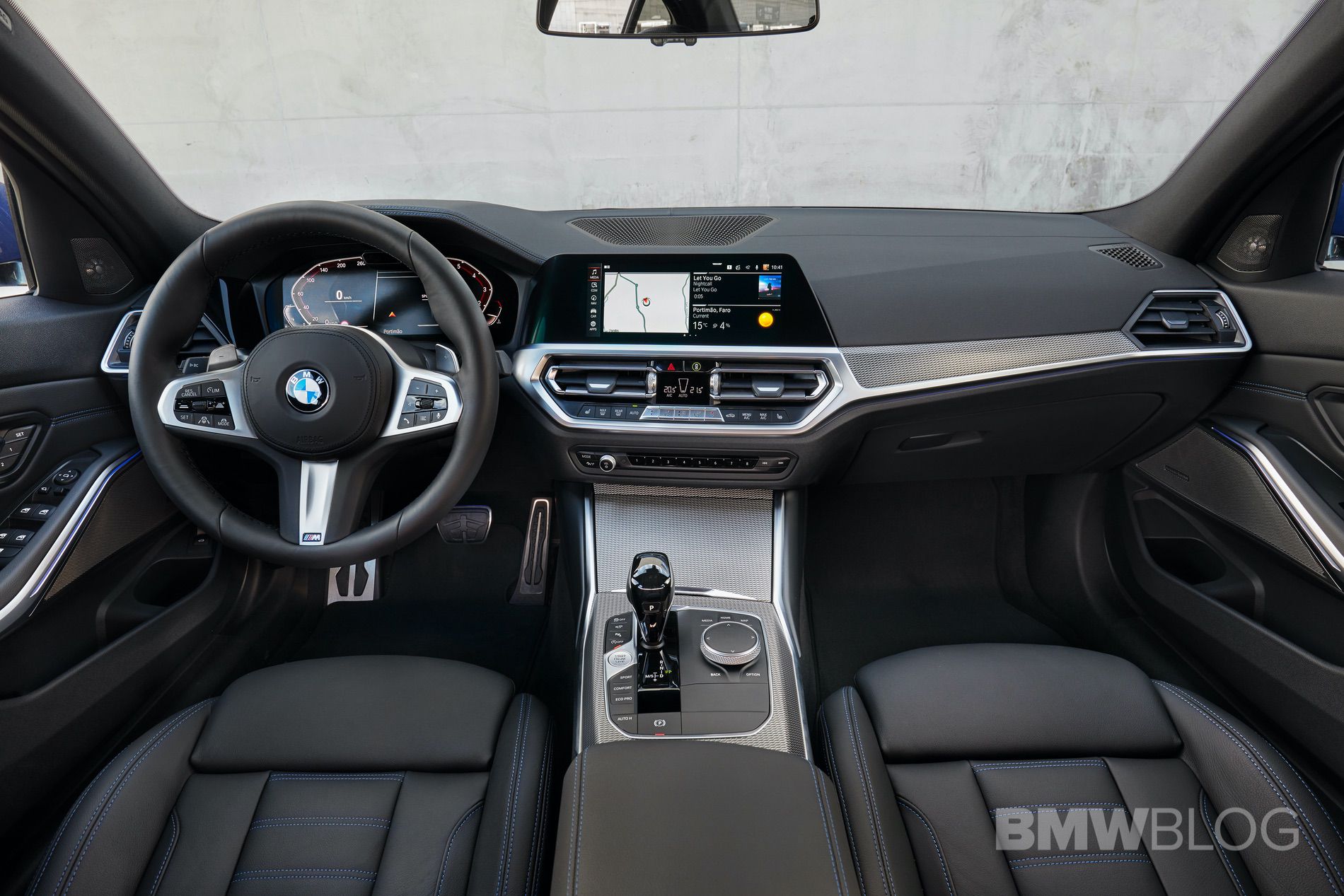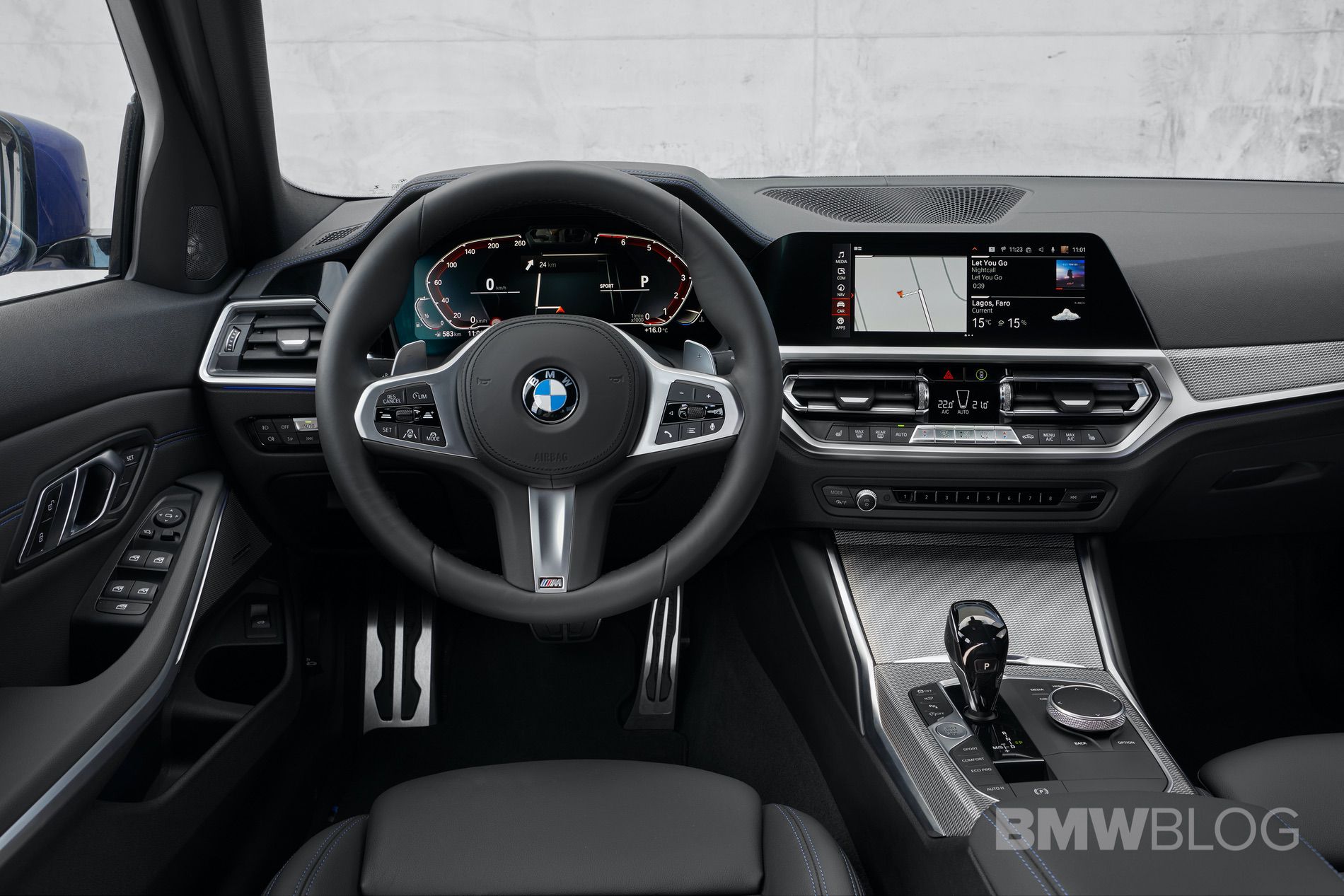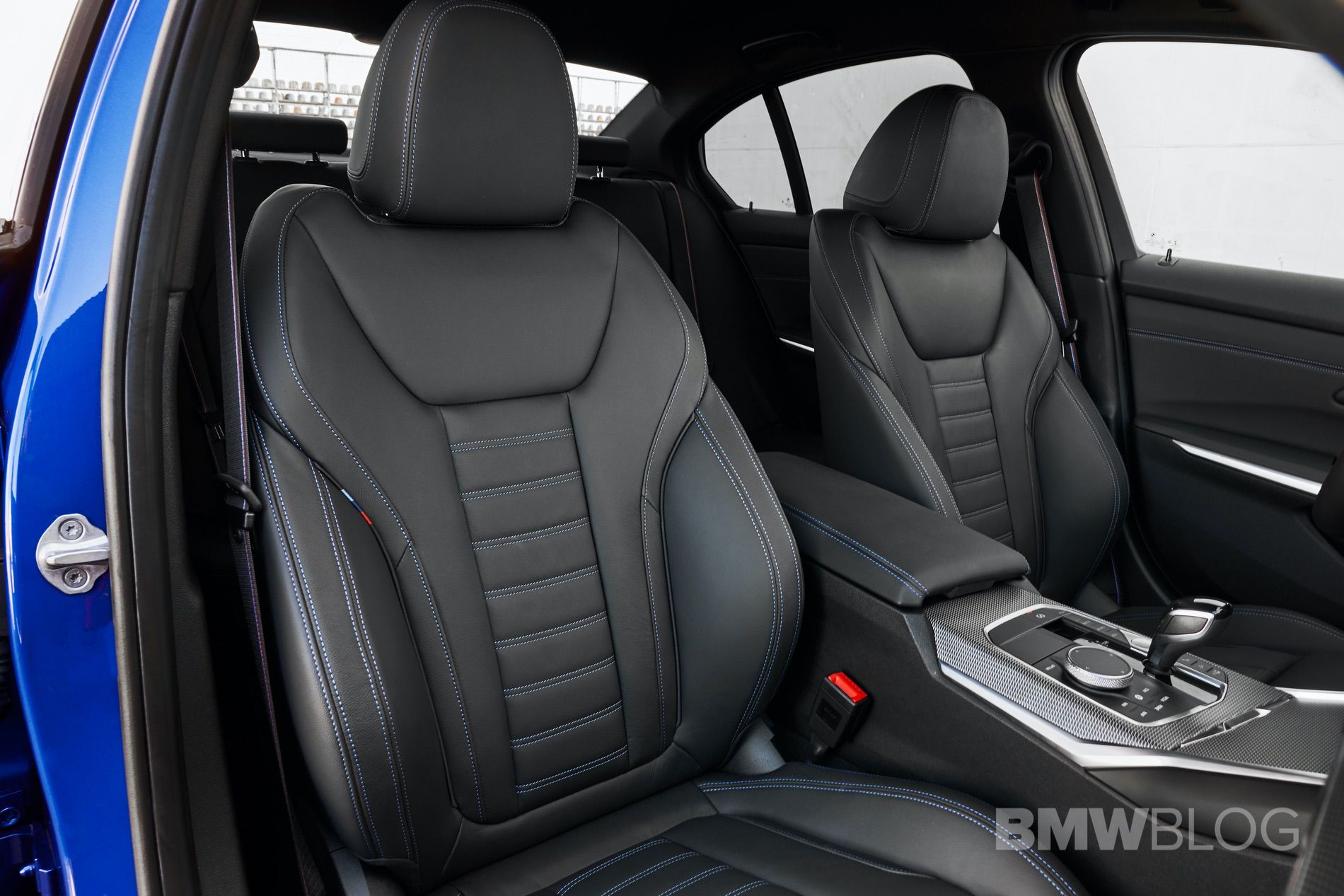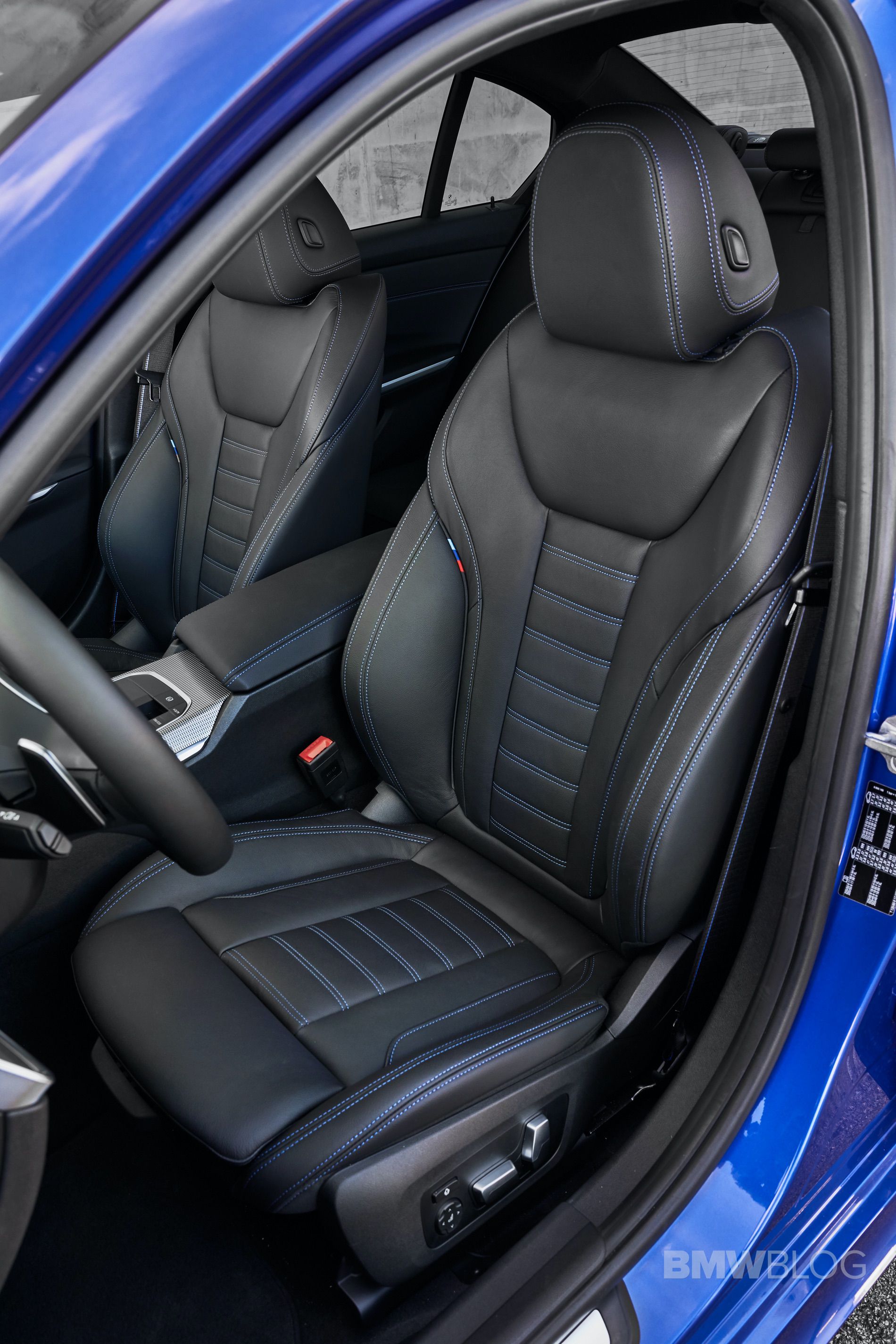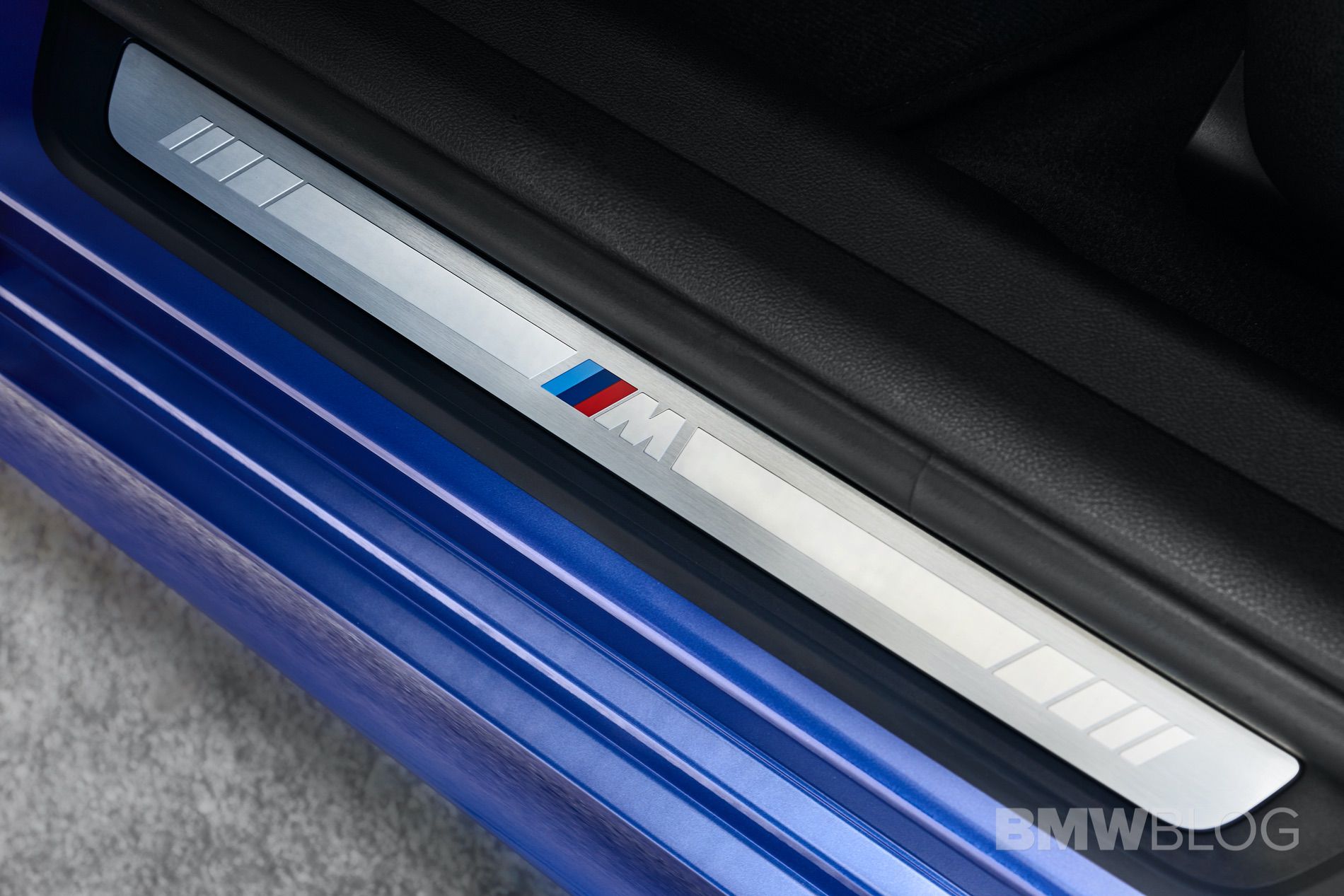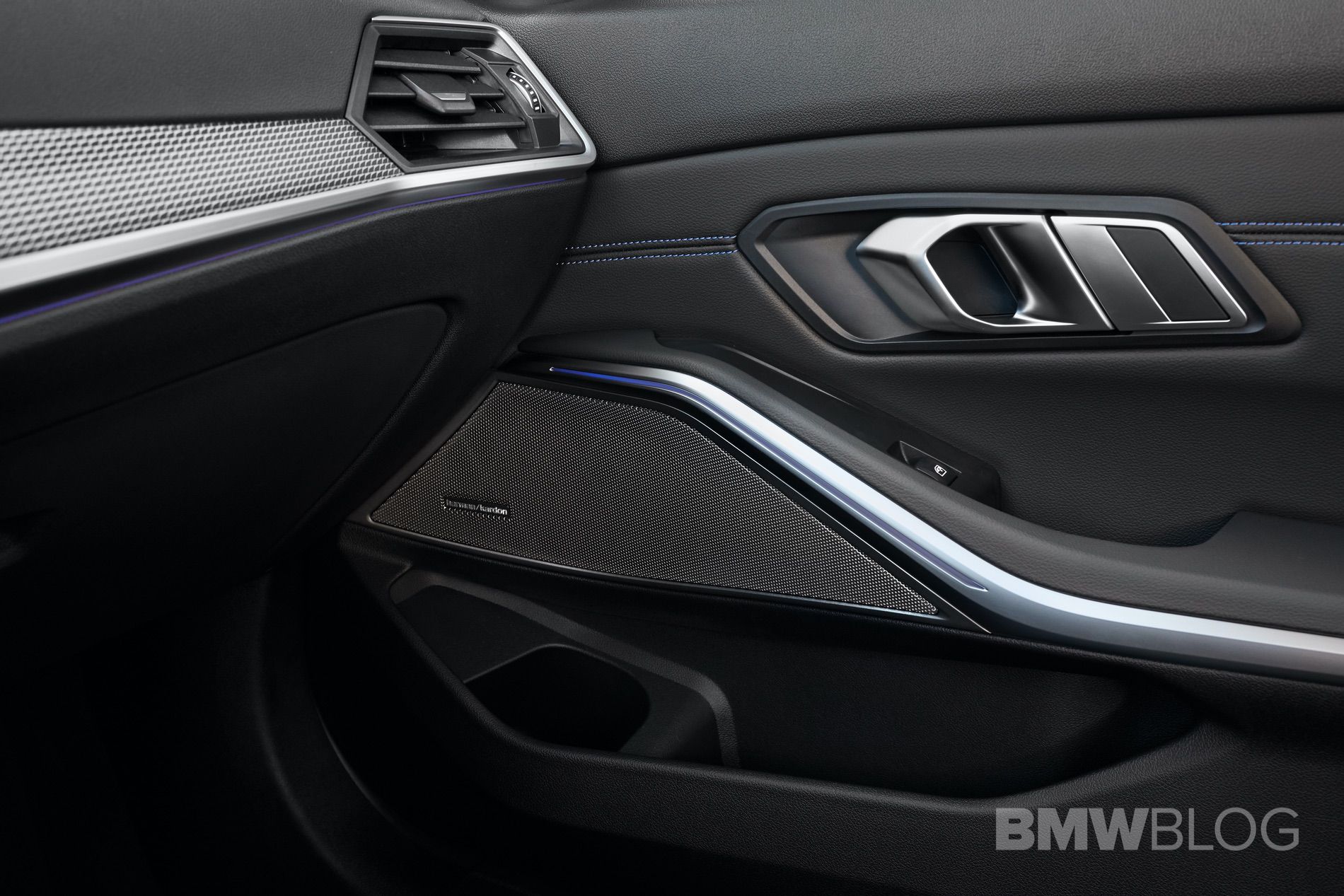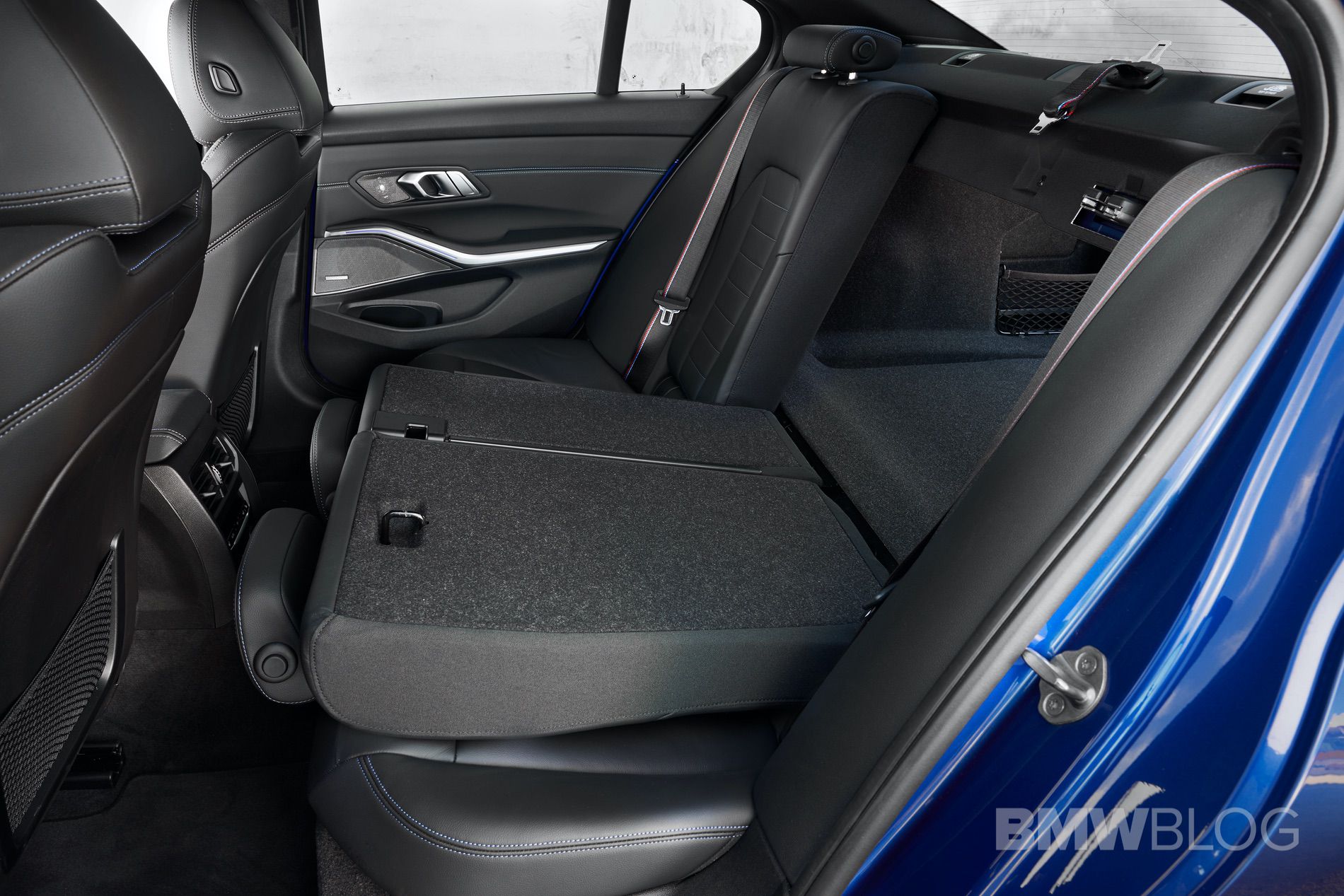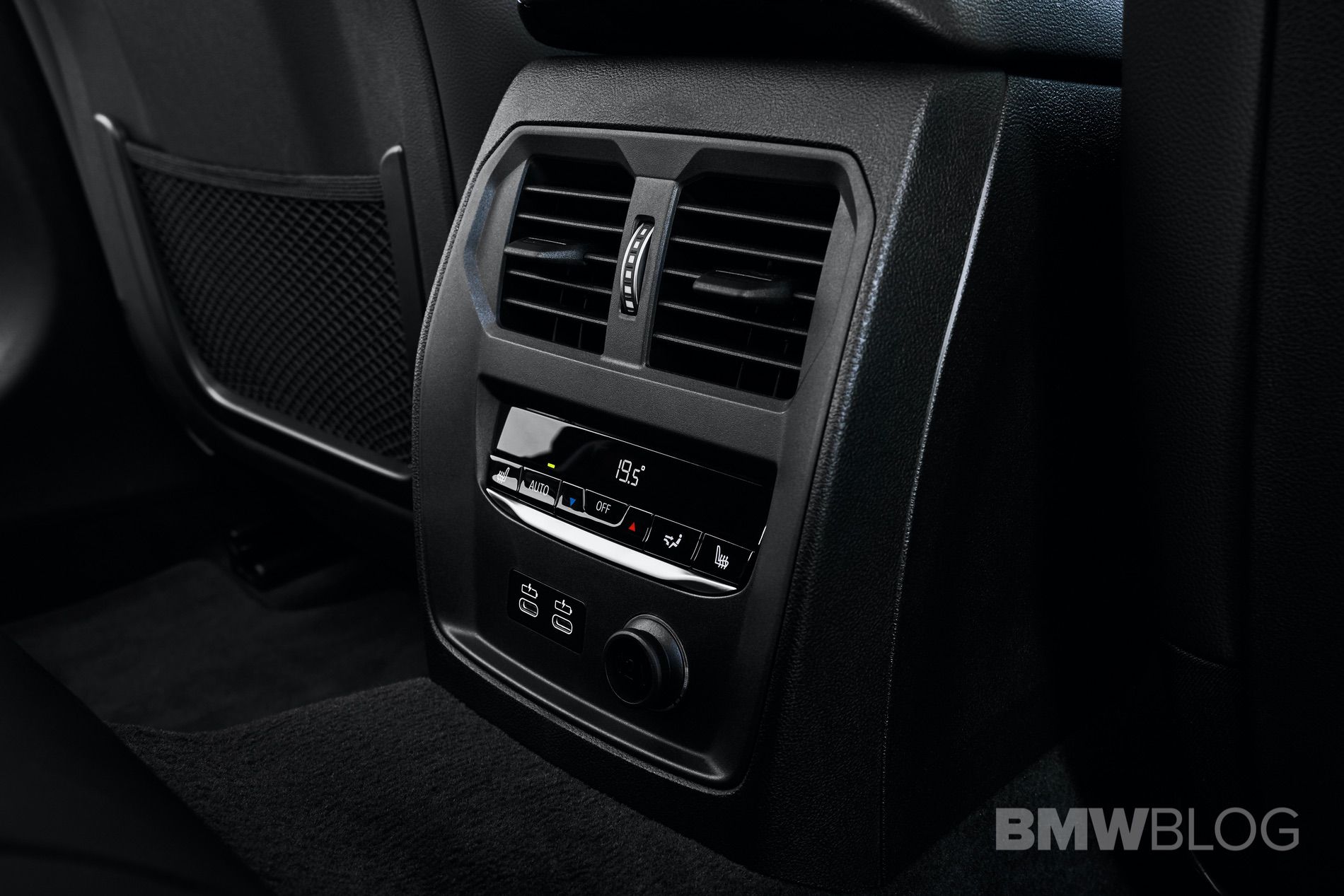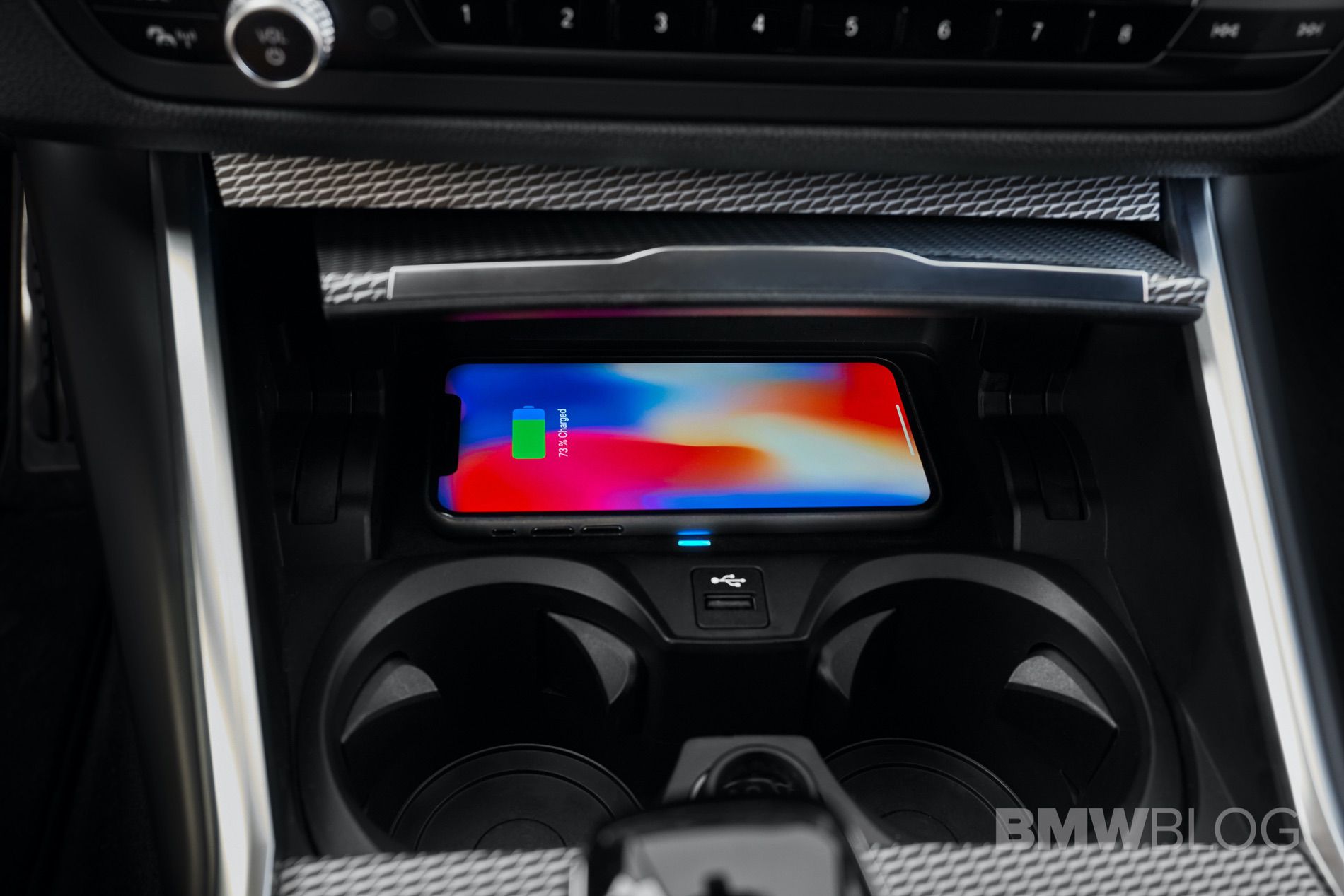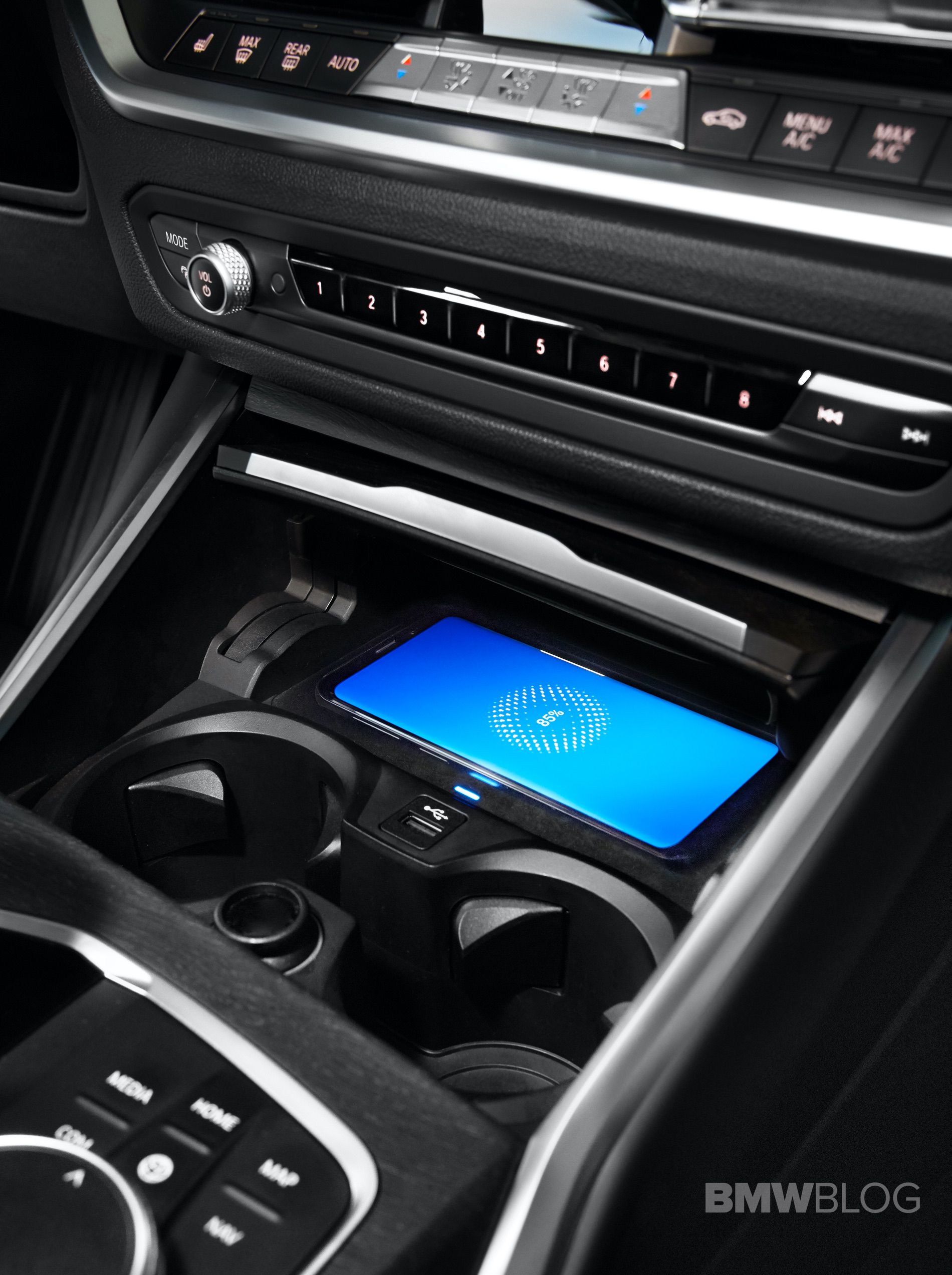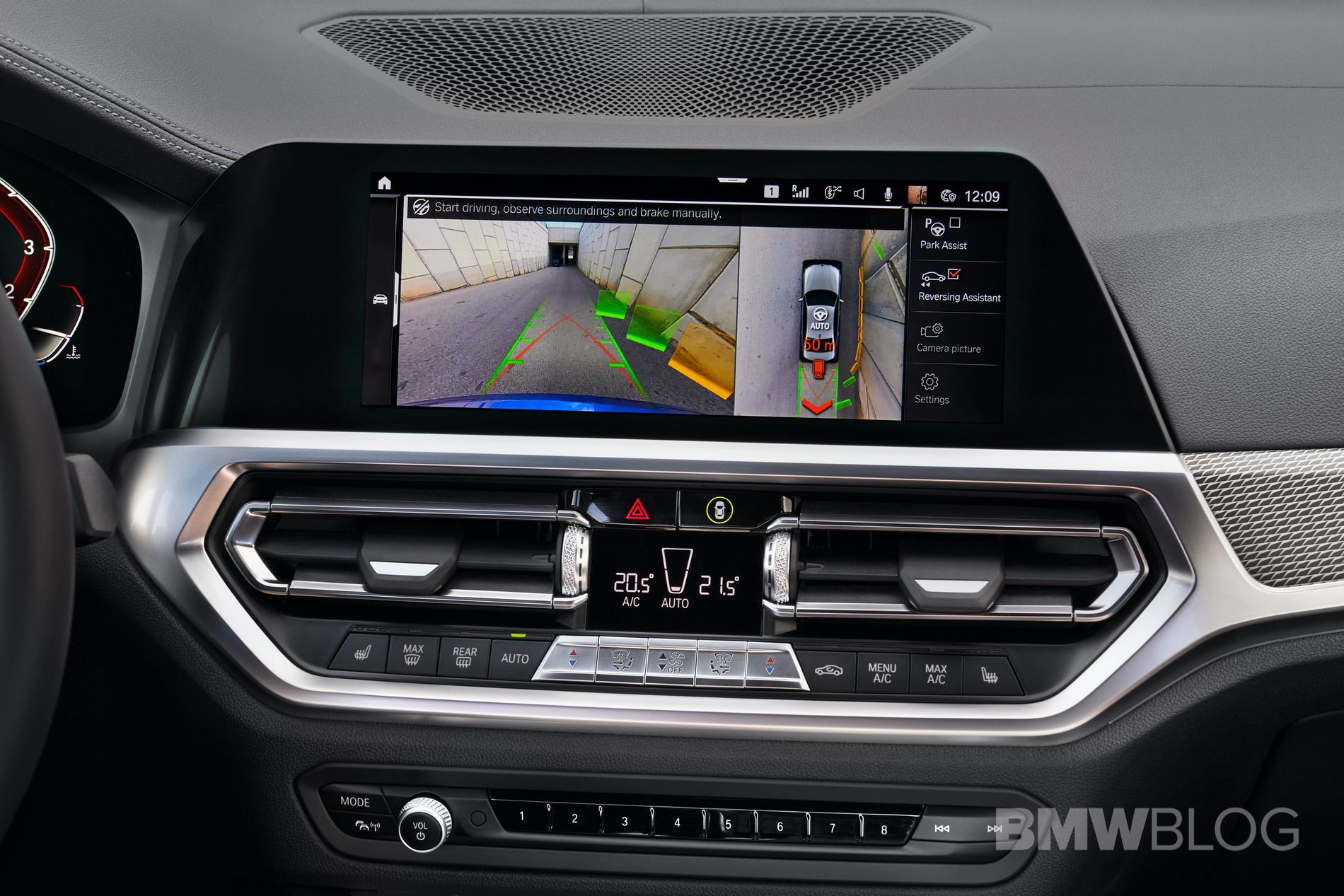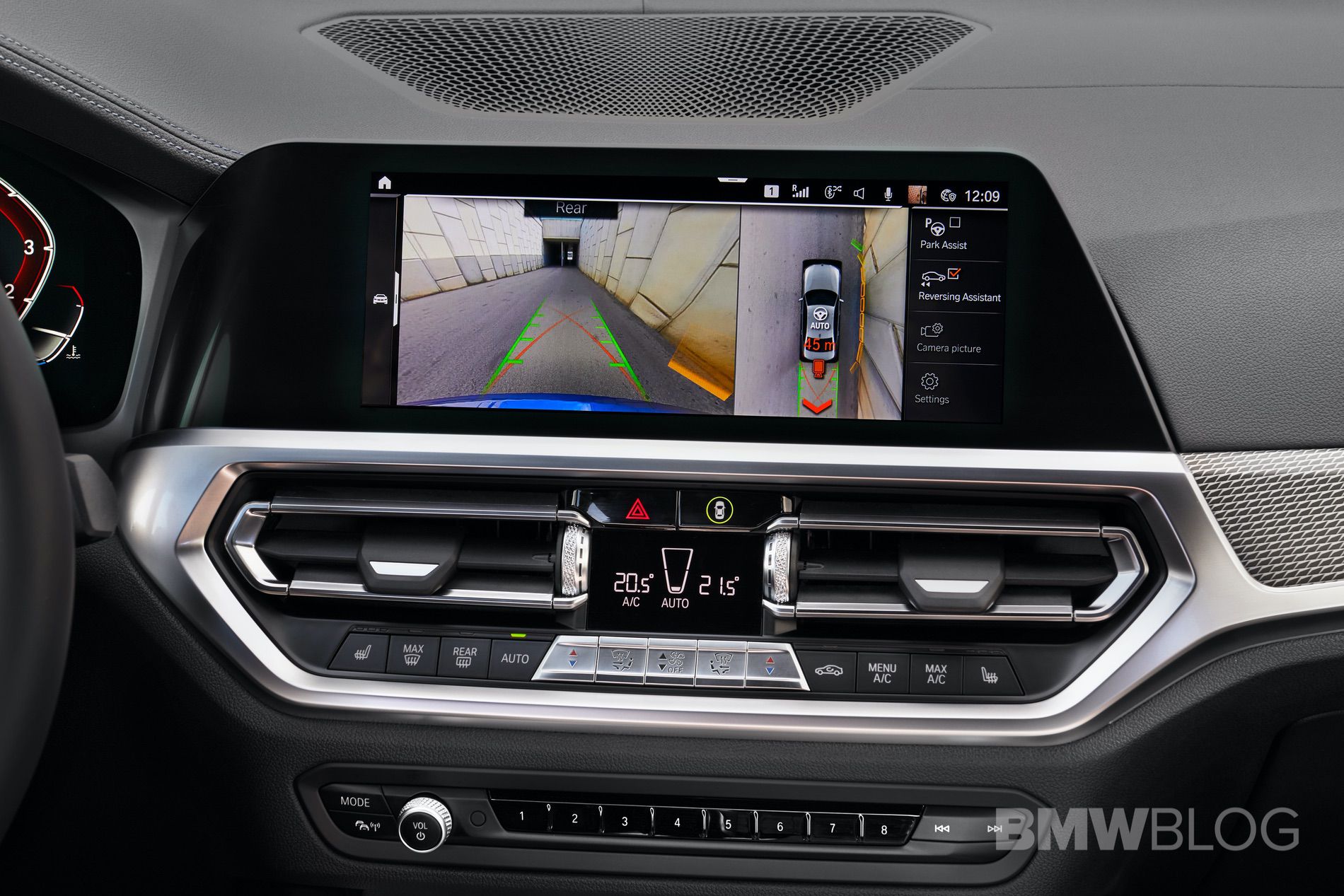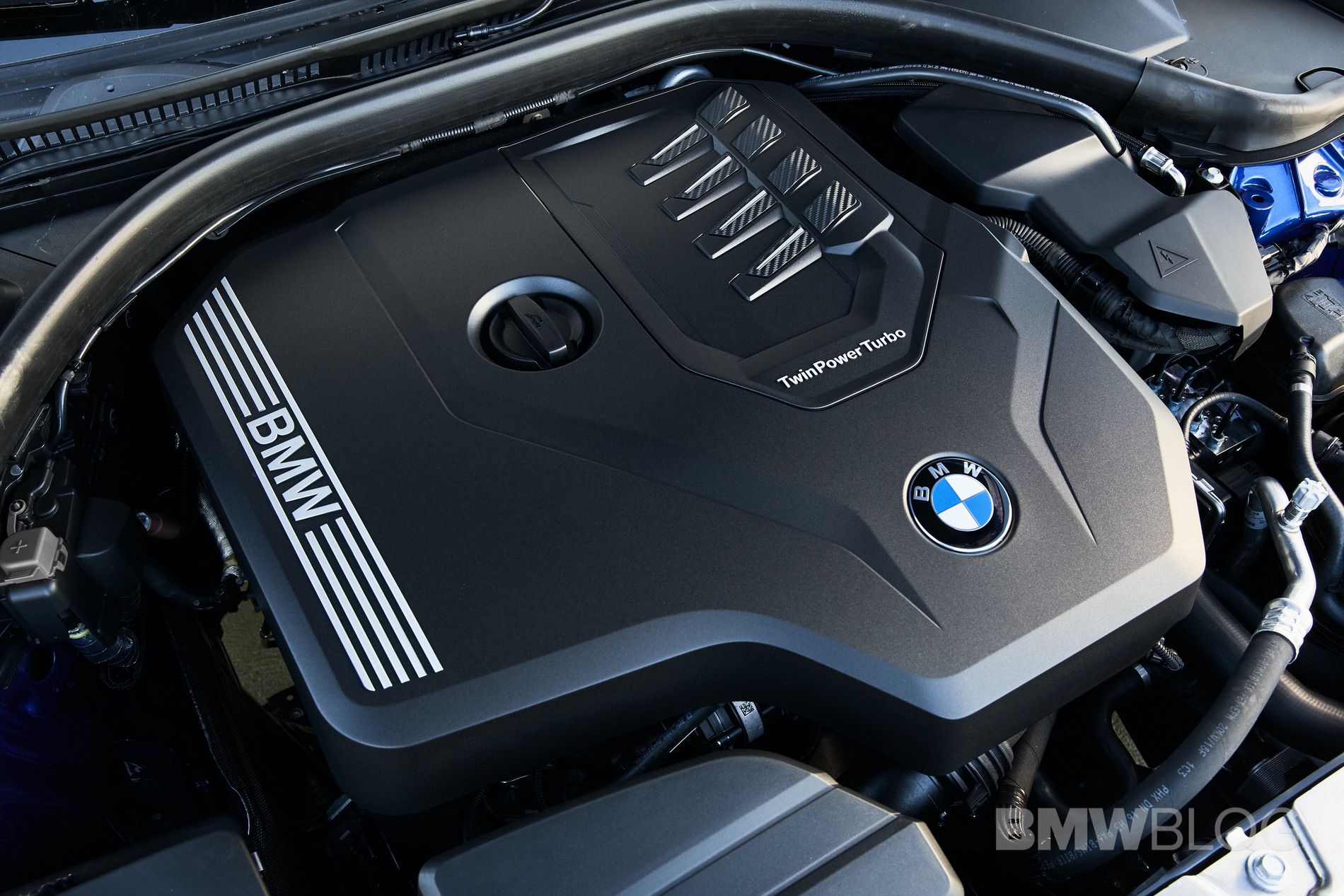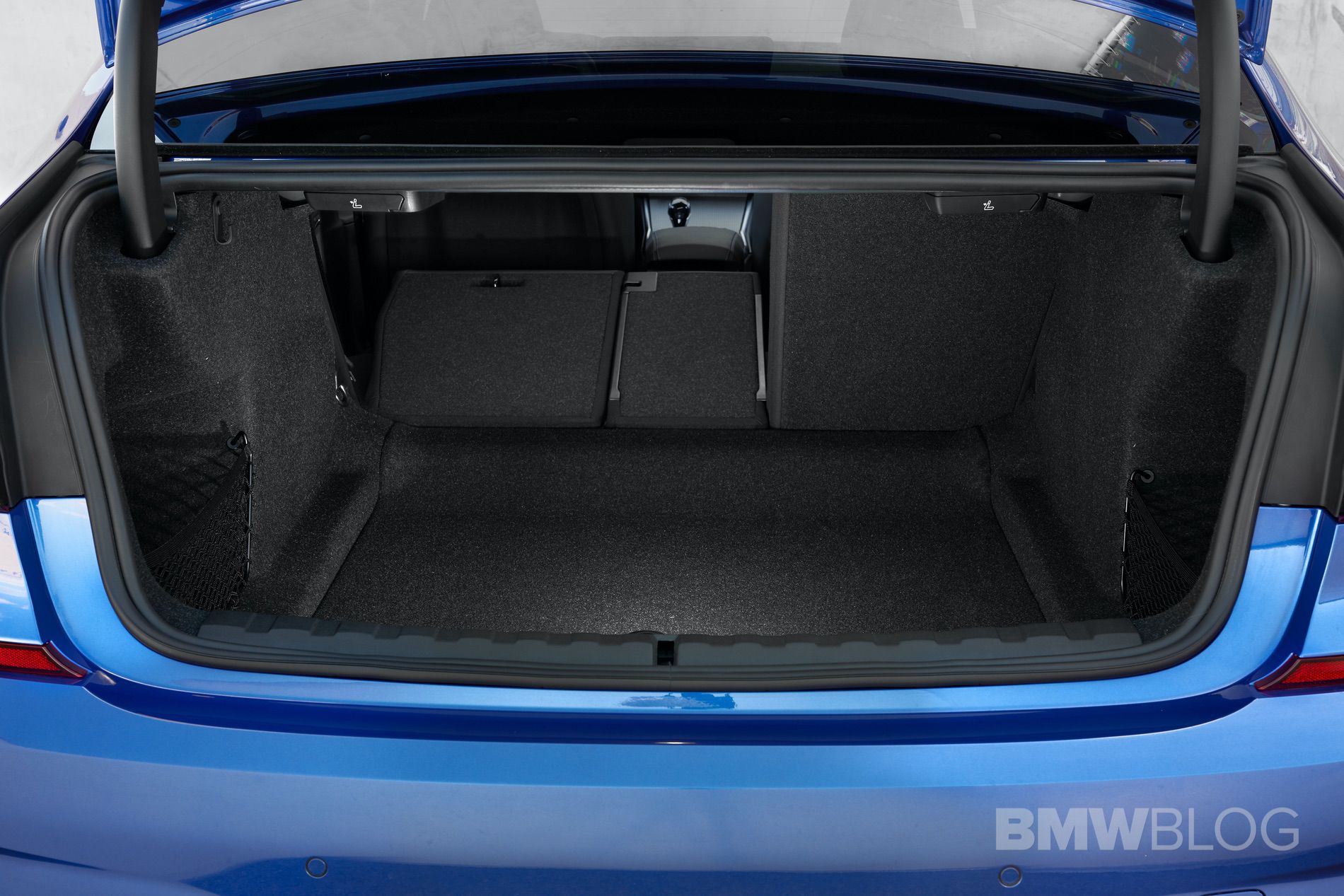“It has to beat everybody in the segment in driving dynamics because all the Australian, UK and American journalists say ‘ooh the E46 CSL was the last real 3 Series’,” said BMW development chief Klaus Frohlich recently to a group of media. “I do not want to hear that s[..] anymore,” was apparently what the BMW R&D boss has added.
So clearly, BMW had some big plans for its seventh-generation 3 Series, the bread and butter of the company, and the one that put BMW on the map 40 years ago. Over the last few months, I’ve had the chance to see the car in person at the Paris and LA Auto Shows, but now it was time to drive the car to see if the new G20 3 Series can live up to the expectations.
My review of the M340i xDrive just went live, but it was the 330i with M Sport Package that I had the opportunity to drive more and over longer distances. To do so, I flew into Faro, Portugal, the sunny and beautiful city in the most southern point in Europe, a place not only filled with great weather and scenery, but also with some great driving roads.
EXTERIOR DESIGN
Without going into full details on the exterior design, here are some of the highlights for those of you that see the G20 3 Series for the first time. There are elements of classic BMW styling still remaining in the new G20 3 Series, such as the Hofmeister Kink, the classic Kidney Grilles and the dual halo headlights. However, it’s more of an evolution of BMW’s classic design language, and that’s expected. We won’t see a lot of differentiators between models until the next BMW design language arrives in the next 2-3 years. In the back, you’re getting the traditional “L-shaped” taillights, with a lot more graphics inside the light, and elongated around the back.
Without an M Sport package, the lower front bumper and air intake feature some design quirks, like the little sideways “T” shaped trim pieces that surround the foglights. If you spec the M Sport package on the BMW 330i, it ditches those little “T” shapes for more traditional front air intakes. Compared to the criticized mesh grille of the M340i, the non-M Performance Automobile models retain the traditional vertical slats.
INTERIOR DESIGN
I’ve said it before, but I will repeat myself – this is where the real story is with the new G20 family. Its interior design has been often criticized, and it was tough to argue against that even if you were a die-hard BMW fan. The 3 Series needed to close the gap against its competitors by offering a premium experience inside the cabin. The interior follows the same design language brought forward by the BMW X5, X7 and 8 Series, which have already received plenty of compliments for their luxurious cabins. So it gets a sort of waterfall effect from the new iDrive screen down to the center console, almost all of it trimmed either aluminum or wood, depending on what the customer chooses. It’s a sharp and stylish design, far better looking than the current F30’s.
You’re still getting some weird combo of aluminum/chrome buttons with plastic ones, but usually that has to do more with costs and model probability than BMW’s ability to design a high-end cabin.
On top of the climate controls sits the new iDrive screen, which features the same all-new graphics and capabilities as the new X5 and 8 Series. It’s sharp looking and gives the 3 Series a very high-tech feel, especially when combined with the new digital instrument panel, dubbed BMW Live Cockpit. Those two screens are the largest ever offered in a 3 Series and their functionalities offer endless possibilities of customization.
There is clearly a combination of clean surfaces and much more reduced lines than previous models, which in times of simplicity and minimalism, I found it to be very refreshing. The driver-oriented dashboard remains true to BWM design, while a combination of touch, voice and buttons pushing can activate and operate many of the new tech inside, and outside the car. The Start/Stop button has moved from the dashboard to the center console and the handbrake is now an electronic one.
Gimmicks or not, things like “Hey, BMW” Personal Intelligent Assistant, Apple CarPlay and Gesture Control are just some of the things that show BMW’s commitment to a new type of customer who prioritizes tech over other aspects of their cars.
There’s also 10mm more legroom in the rear, but as expected, it still might be a bit tight for tall people – I measure in at 6″3 (190 cm).
DRIVETRAIN, SUSPENSION AND STEERING
In the end, this is still a BMW 3 Series, which means it has to live up to the “Ultimate Driving Machine” slogan. And being an engineering-driven company, the handling and driving dynamics were high up on BMW’s list. As I mentioned in my M340i review, the chassis is 25 percent more rigid and about 50 percent more rigid at the shock absorbers. The regular suspension includes hydraulic dampers so it’s firmer and the spring rates are 20 percent stiffer. With the lift dampers, the suspension reduces body roll and helps out with imperfect surfaces and the added vibrations. The overall stiffness of the car is continuously adjusted, so when going over larger bumps the G20 continues to feel planted and grippy.
The 330i test car came with the optional M Sport Suspension (available for both RWD and xDrive models), which includes more rigid bearings, additional body struts, firmer springs and anti-roll bars, increased wheel camber and a 10mm drop in ride height. Adaptive dampers are now only available with the M Sport suspension.
During a workshop, BMW engineers said the difference between the standard and optional suspension in the G20 3 Series is twice as as great as with the F30 models.
The variable-ratio steering rack comes with the M Sport package. The way it works is by having a “slower” steering, so-to-speak, on center, so that small movements of the steering wheel do not create large steering movements. This helps to keep the front end from feeling twitchy or nervous. However, at higher degrees of steering lock off center, the idea is to have small steering wheel movements make big steering movement, in layman’s terms. BMW’s previous variable steering did this but the jump between the two steering ratios was drastic and sudden, making it sometimes unpredictable and sketchy feeling while pushing it hard. Now, the jump is far smoother, using a more progressive change in the gear teeth on the steering rack.
Although still electrically-assisted, BMW engineers assured me prior to the drive that it’s not muted and with a lot more road feedback than in the F30. “It’s still lighter, but more precise,” the engineer added.
Under the hood, the 330i used a variation of the B48 2.0-liter turbocharged four-cylinder engine producing 258 horsepower and 295 pound-feet of torque. That’s 7 horses and 37 lb-ft over the outgoing model. Just like the M340i, the ZF eight-speed automatic is in its latest generation pushing the 330i to 62 miles per hour in 5.8 seconds.
DRIVING EXPERIENCE
While the M340i xDrive was all about the track, the G20 330i is happier to be on regular roads. Projected to be one of the best selling 3 Series models, the 330i will find a home in many parts of the world, and I’m already jealous of those that get to have some fun on curvy roads. Remember: I live in Chicago, where everything is flat.
But to compensate for that, BMW handed me a great route with plenty of curvy roads and tight hairpins, where I could really push the 330i.
Thanks to the Driving Experience Control, I can tune the new G20 330i to my needs, so Comfort mode was my preferred choice when driving on highways. The short but quick highway ride also gave me the chance to play around with the “Hey, BMW” Personal Assistant and to pay attention to some of the driving characteristics typical to a US city.
The steering feel is in no way from the days of hydraulic systems, but compared to other electrically assisted steerings is more connected to the road, less artificial and reacts effortlessly to sudden lane changes. I feel that with smaller wheels and non-performance tires – the 330i had 19-inch wheels and summer tires (225/40 fronts, 255/35 rears) – the ride quality would have been even better. In Comfort mode, the 330i M Sport also hides the road vibrations a bit, yet it still feels better than the one in the outgoing model. And I’m confident to say that F30 owners will notice the difference immediately.
Moving up to Sport, or Sport+ if equipped, the steering gets more substance, with less assistance from the power system, and more feedback in the hands of the driver. The inputs become more accurate and aggressive, and as always, the Sport modes give the car a slightly different character. The Sport mode also brings higher revs and you’re getting a bit more exhaust noise in the cabin, “thanks” to the BMW Active Sound.
Onto the curvy roads now and it’s time to see what the new G20 330i can do. In Sport Plus, the steering is even sharper and precise, allowing me to take on those hairpins and twisty roads at higher speeds that I normally would. Despite swift and sudden directional changes, the chassis, suspension and steering work in tandem to position the car exactly in the direction I want. Body roll is there, but not enough to bother me, and certainly less than in the F30.
When I was tracking the M340i, I felt at times that I was in a smaller, lighter car, but can’t really say the same with the lower powered 2.0 liter unit. While it has enough ponies, the torque could have been better, if you aim to have some fun, but for most people, it might be sufficient. The peak torque shows up at 1,550 rpm and goes all the way to around 4,000 rpm, and the power delivery is fairly linear, especially when past the second gear.
The firmer suspension smooths out all the uneven backroads, while the grippy Michelin Pilot Sport tires keep me planted on the damp road. I also didn’t mind the M Sport Brakes which can save your butt when you get too adventurous.
As with most recent BMWs, the G20 330i aims to please everyone, hence the many packages and options that could change the character of the car. So it’s not always fair to review the car from the perspective of a seasoned journalist or an enthusiast, but rather from a normal customer perspective. In that respect, the new 3 Series has very few faults when it comes to the driving dynamics.
Some of the features and options that I believe are useful in the new 3 Series are related to the driving assistance features. Take for example the Driving Assistant Professional package which includes the steering and lane-keeping assistant with side collision avoidance. The lane-keep assist is a bit more aggressive than I was used to – kinda similar to what I experienced in the new X5 – but luckily, if it bothers you, it can be switched off from the iDrive menu.
You’re also getting an entry-level autonomous driving feature where you can drive completely hands-free for a few seconds at a time.
Another quirk that I found with the G20 3 Series was with the “Hey, BMW” digital assistant which was slightly slower to respond when compared to the Apple’s Siri or Amazon’s Alexa, but BMW said that there are still some updates to be pushed out and the quirks might have been also related to the plethora of “No Wireless Service” areas around Portimao.
The final item on my driving agenda was actually having to do with more “Assistance Features”, this time, the Reversing Assistant which records the last 50 meters of forward motion before backing up to your starting point. I’ve shared the demo video a few weeks ago, but you can find it here.
CONCLUSION
So has the BMW R&D Chief delivered on its promise of increased driving dynamics? Certainly! When it goes head-to-head with the F30 generation, the new 3 Series feels like a total different car. It is more refined, higher engineered, versatile and pleasing, when asked. From the chassis, suspension, steering, driving dynamics and technology offered, the G20 3 Series is not the middle-aged man you’d expect, but rather a youngster with lots of aces up his sleeve.
Pricing for the 2019 330i is the same as the 2018 model at $41,245. For $2,000 more, you’re getting the xDrive system when the car goes on sale in March 2019.
P.S. No manual in the 3 Series, unless you live in Europe and drive one of the entry-level models.




